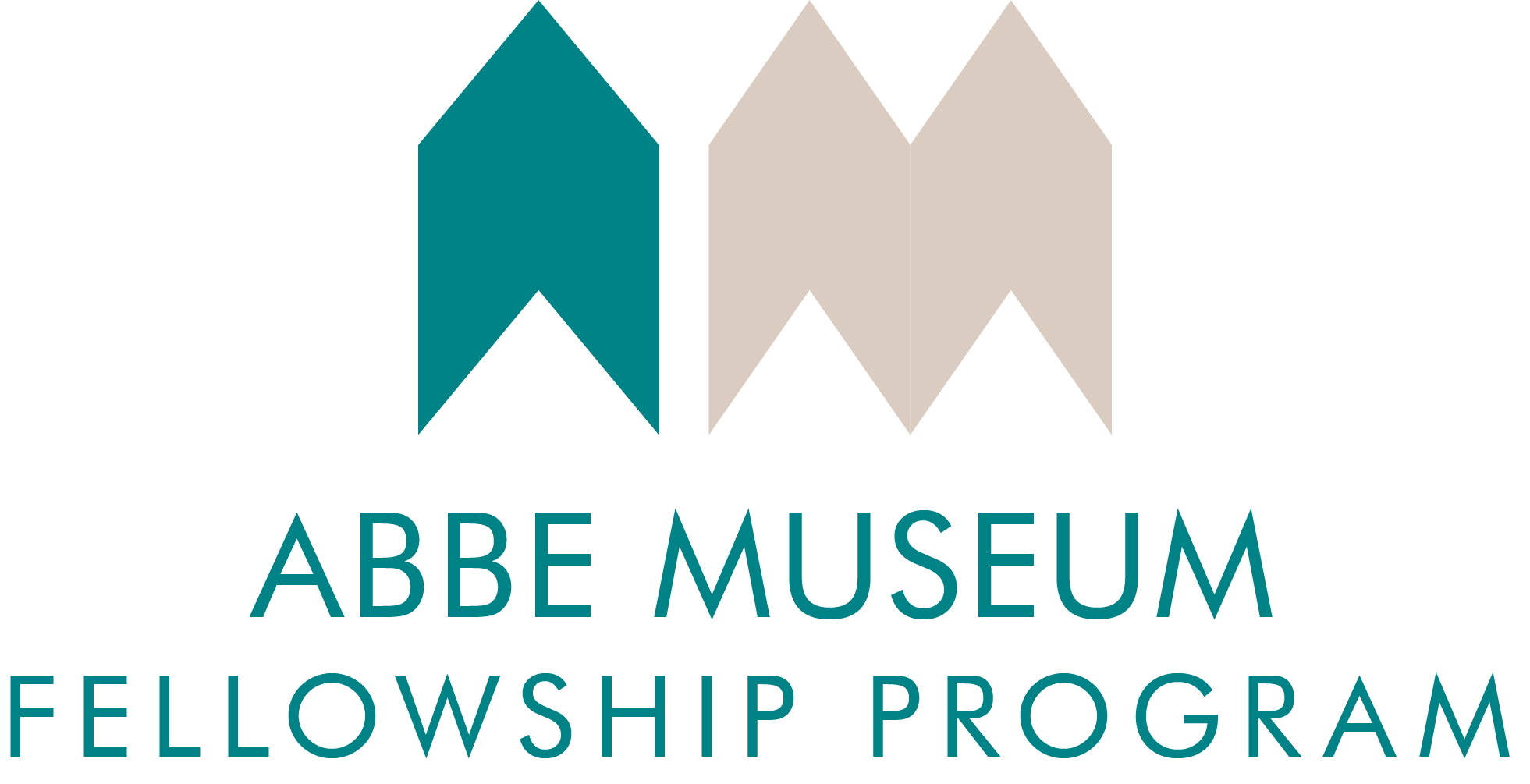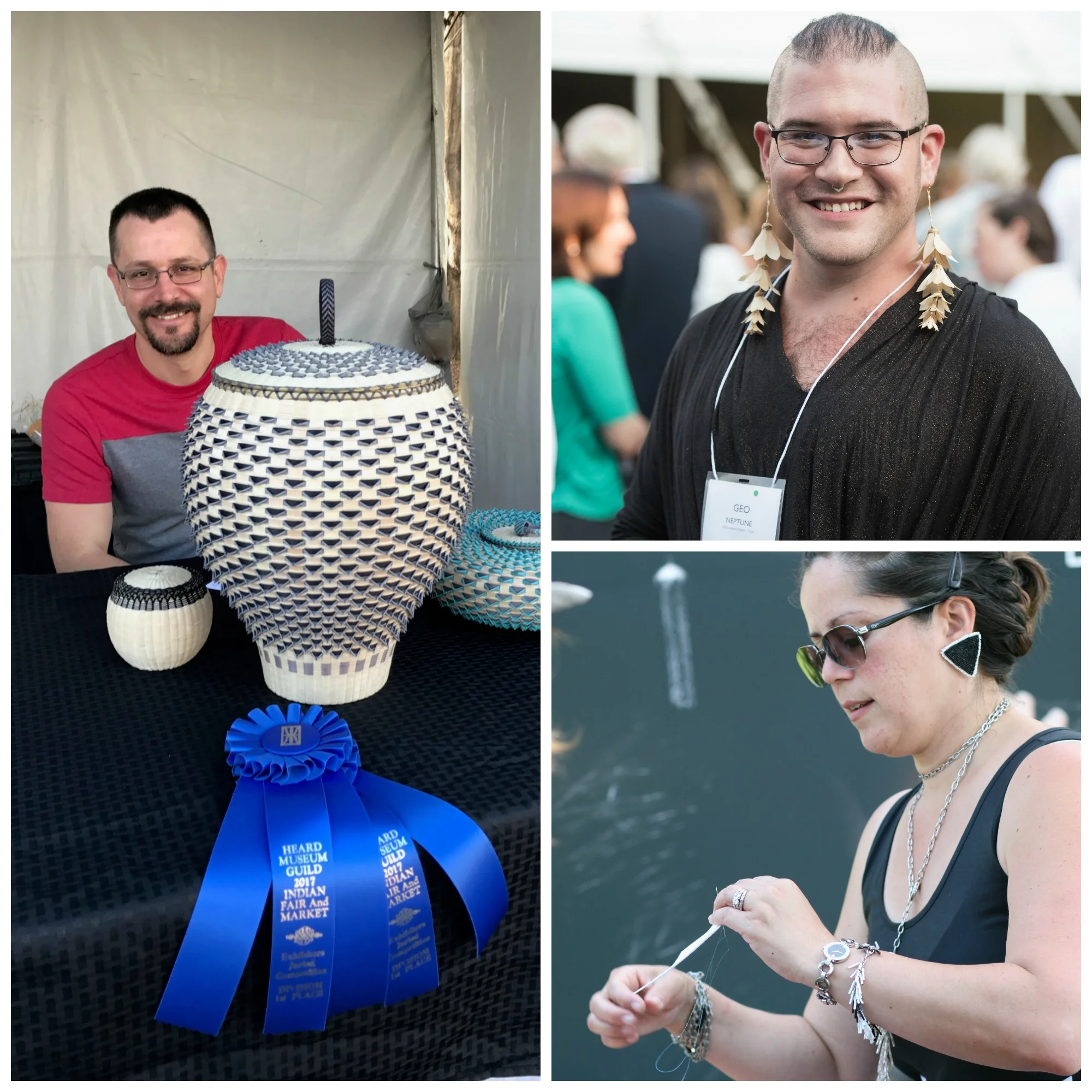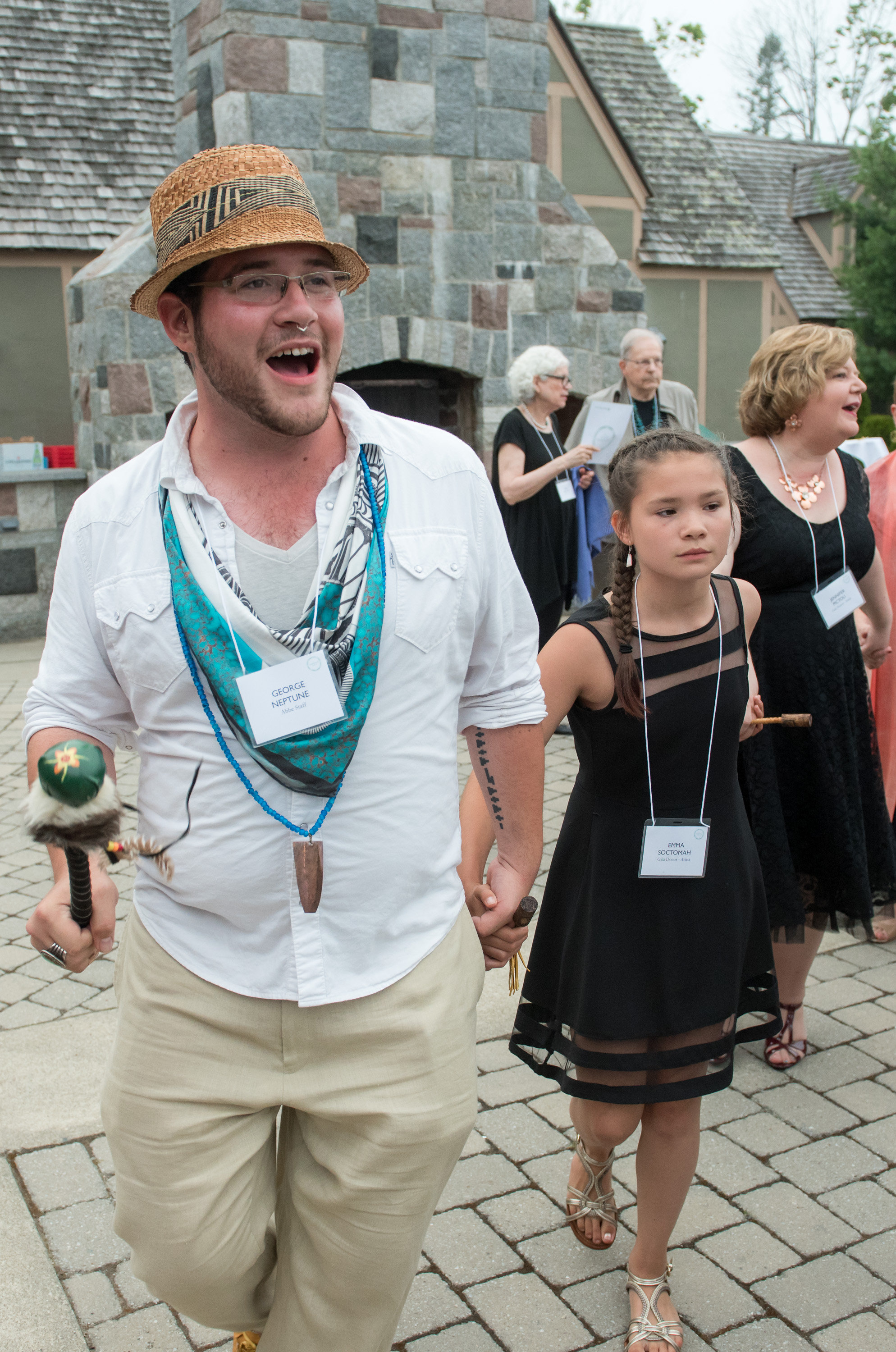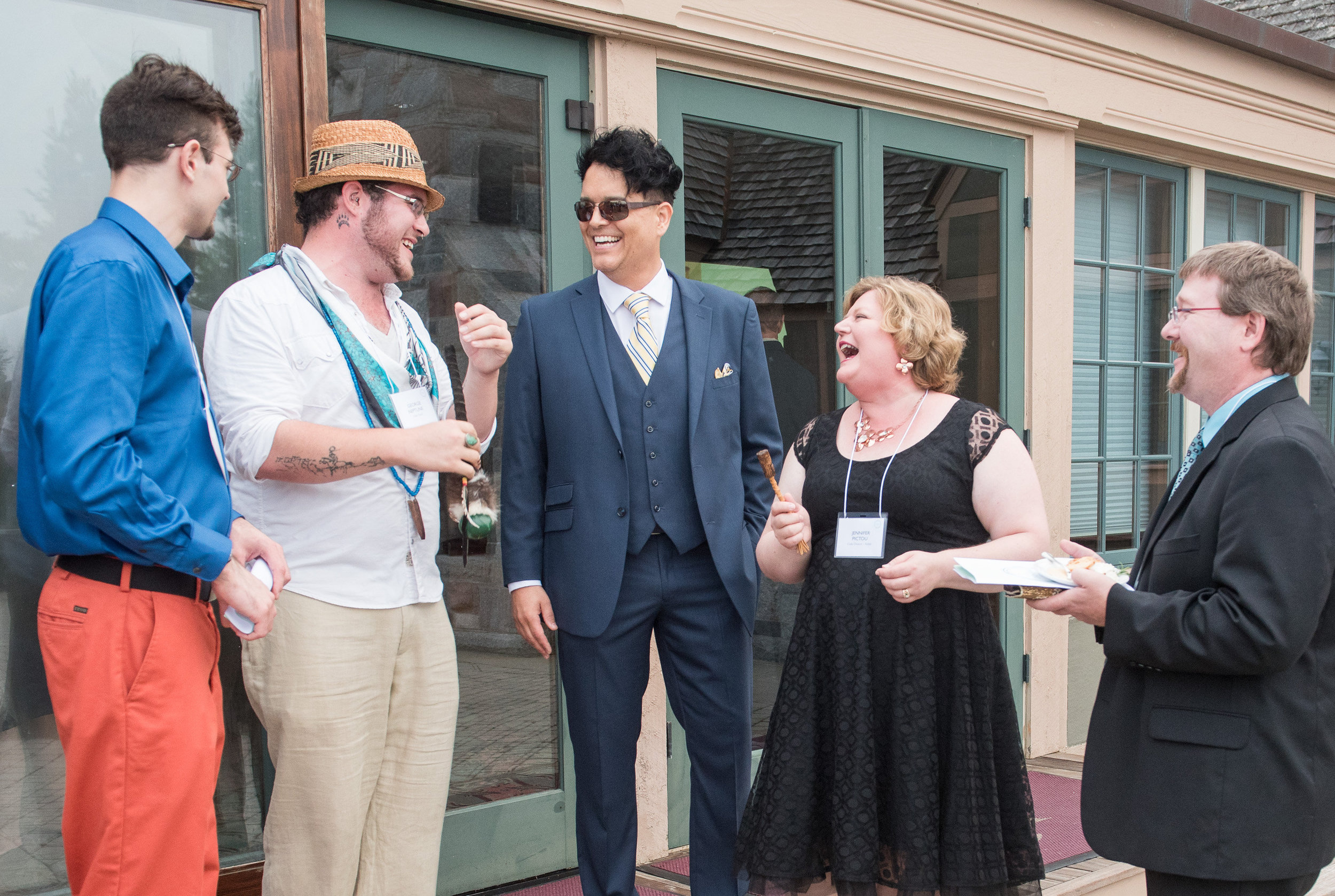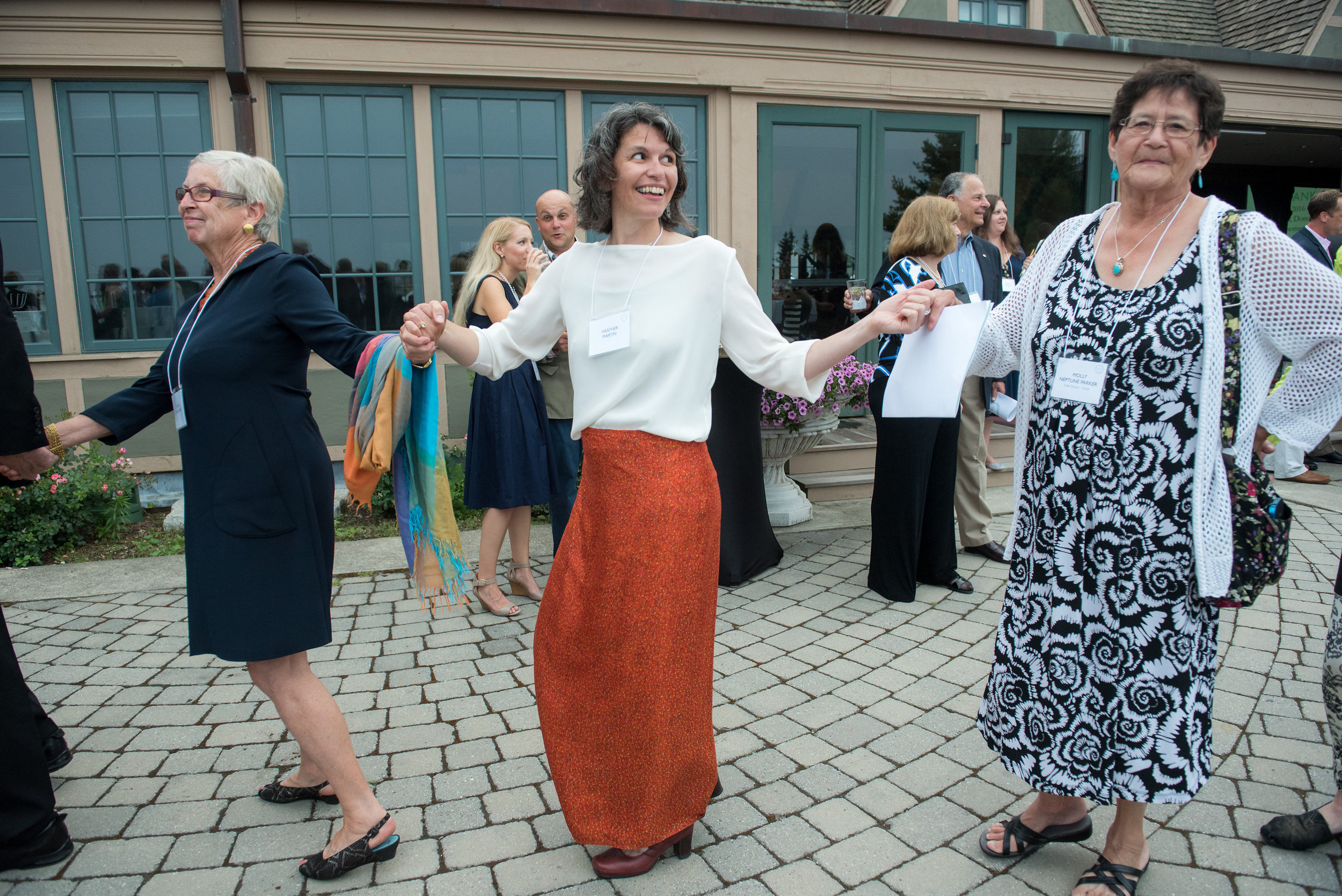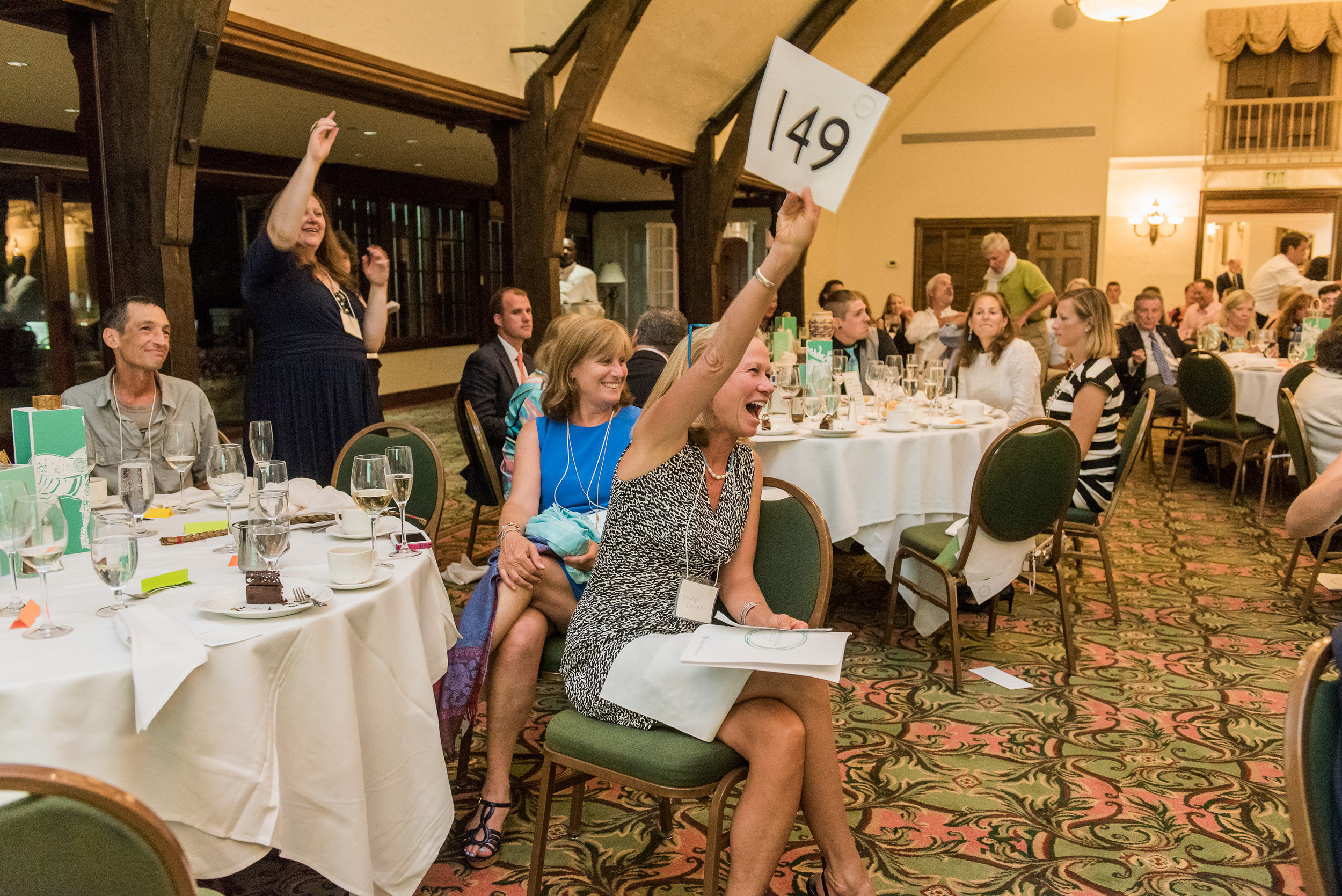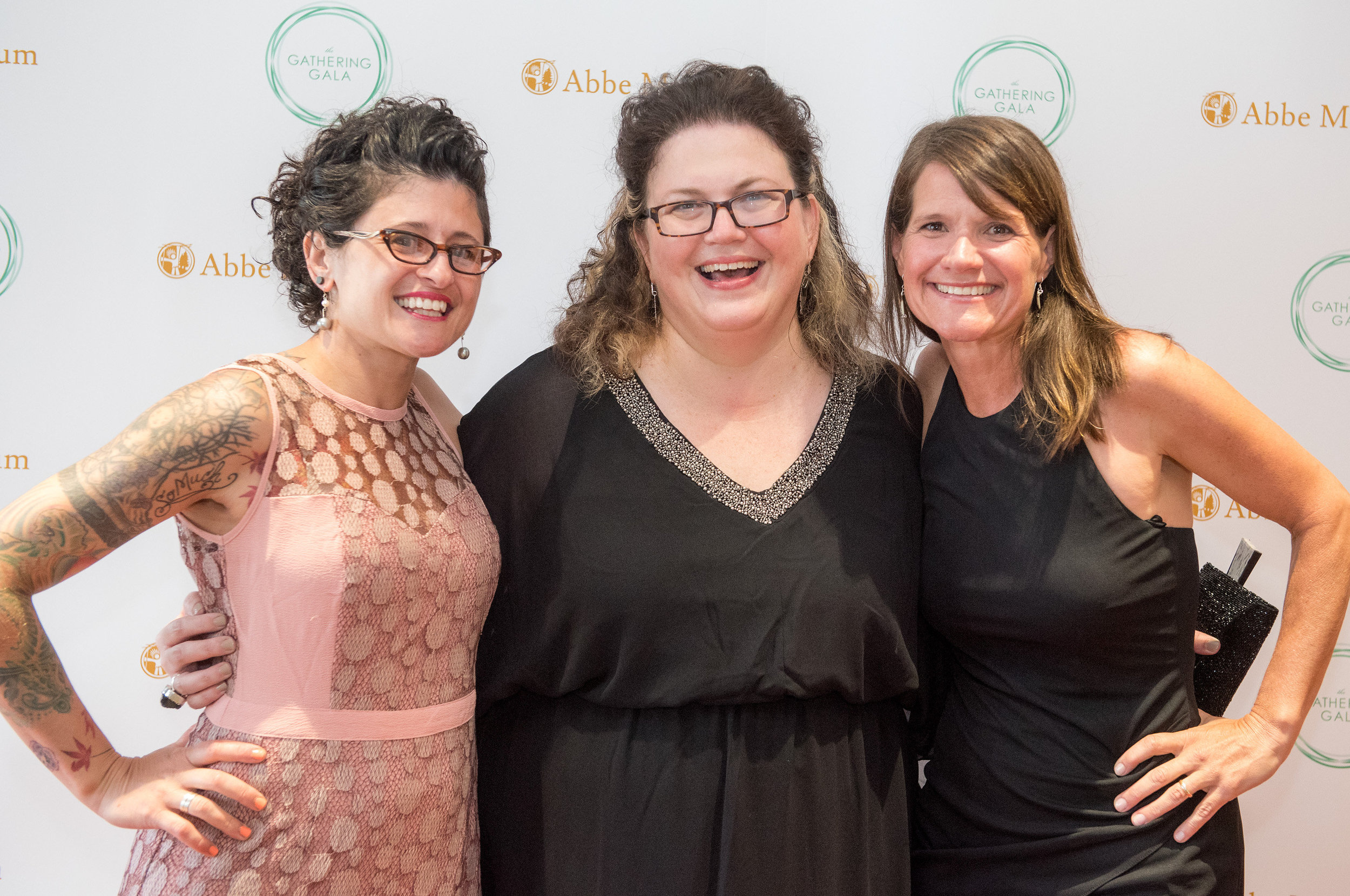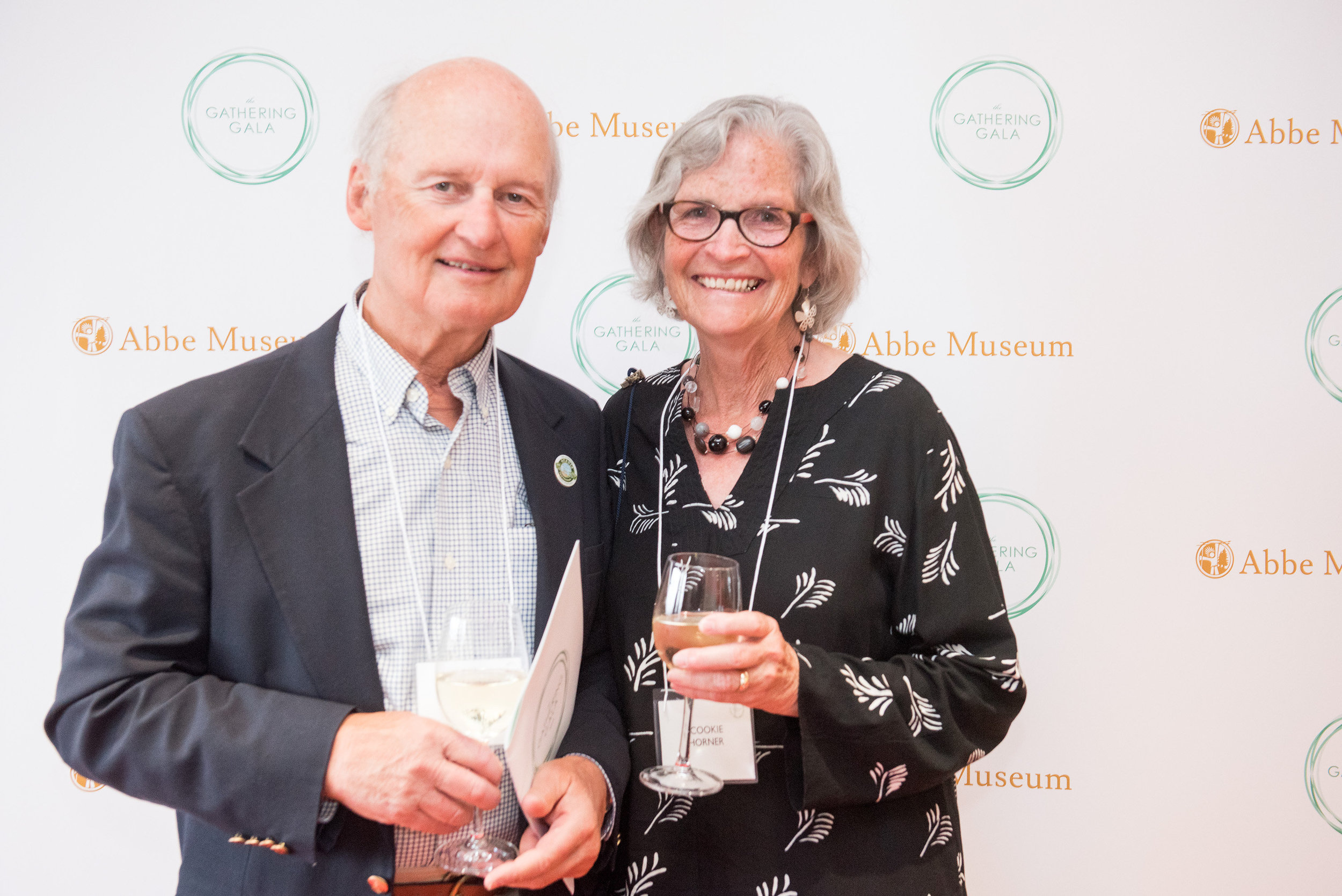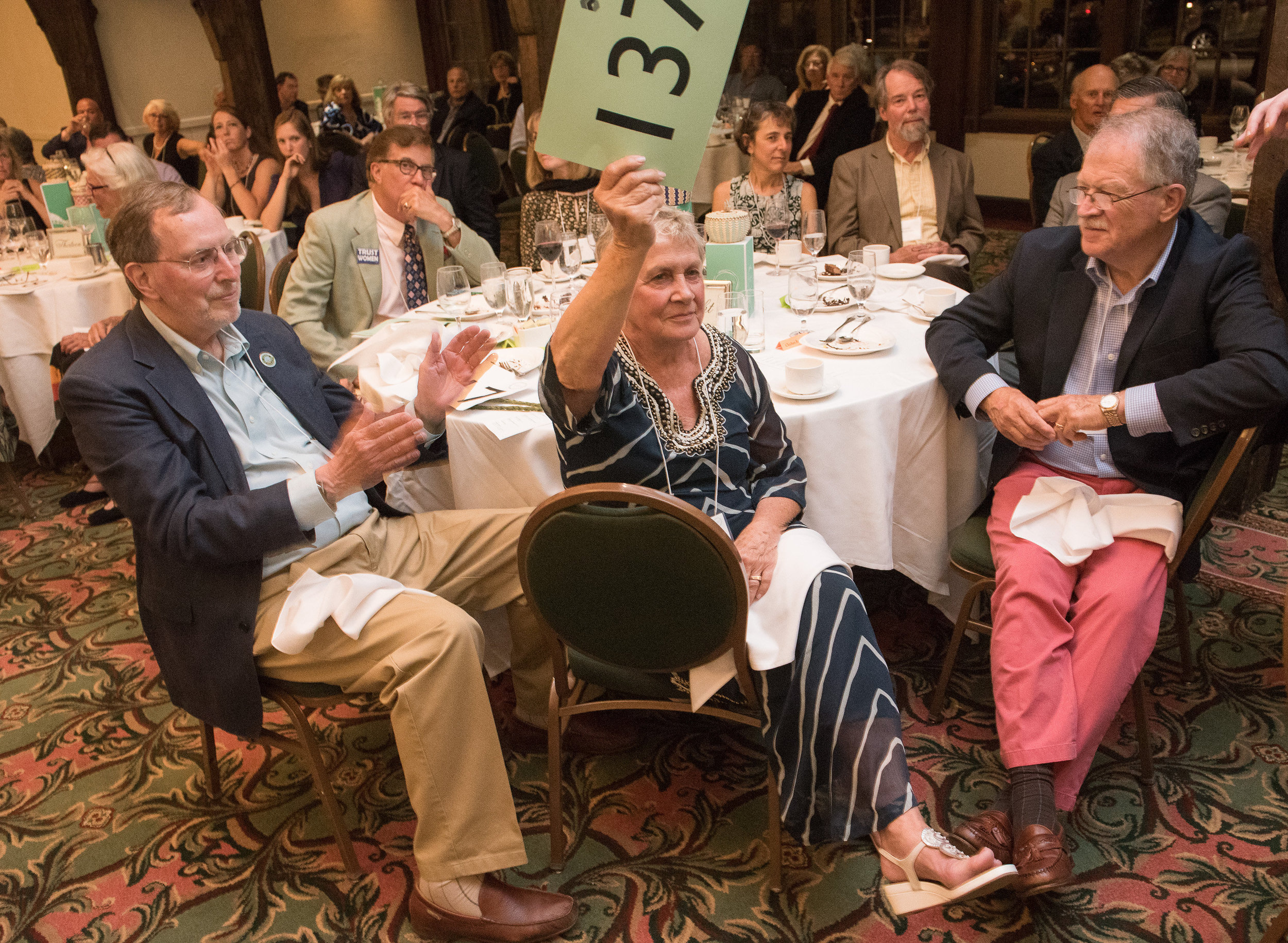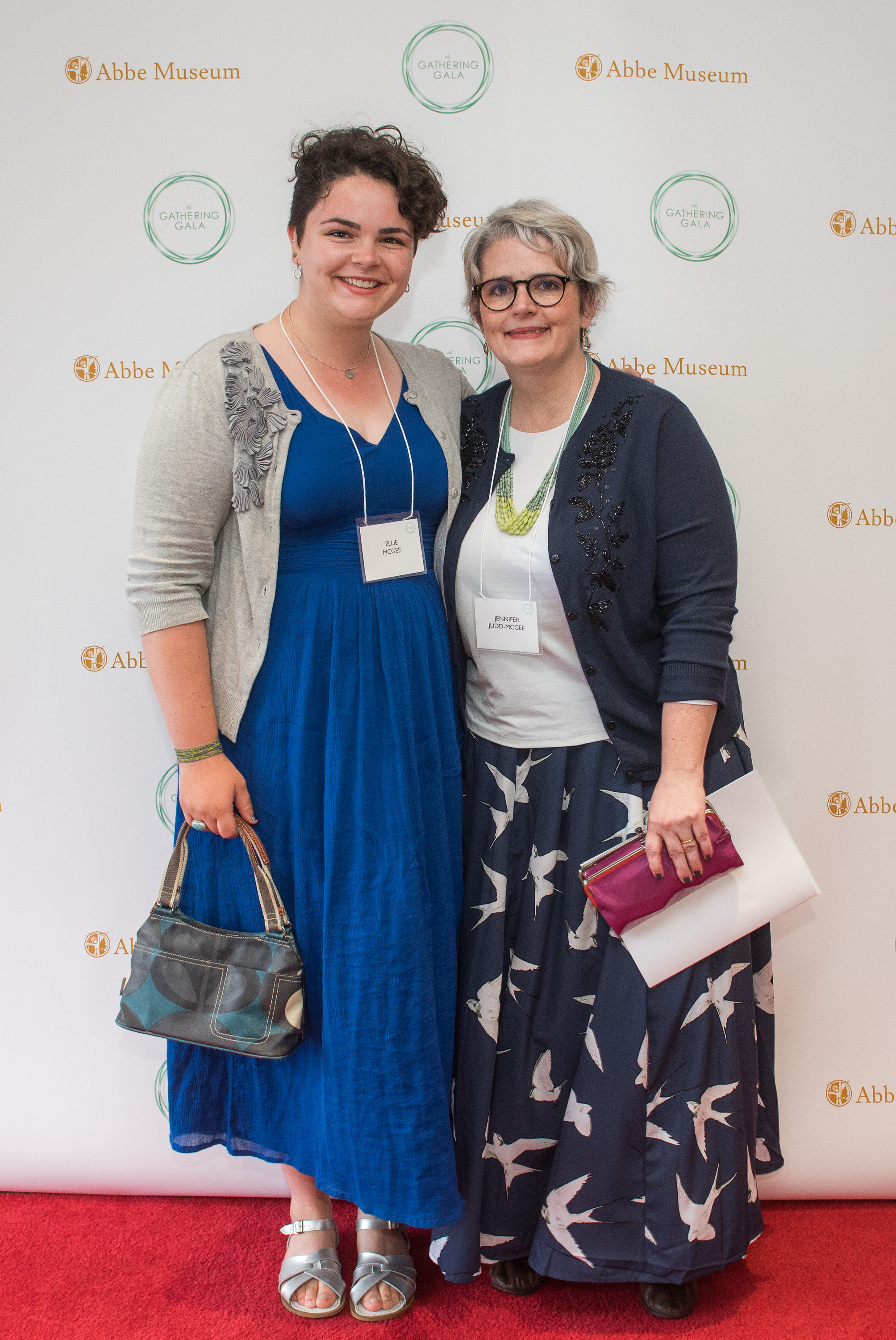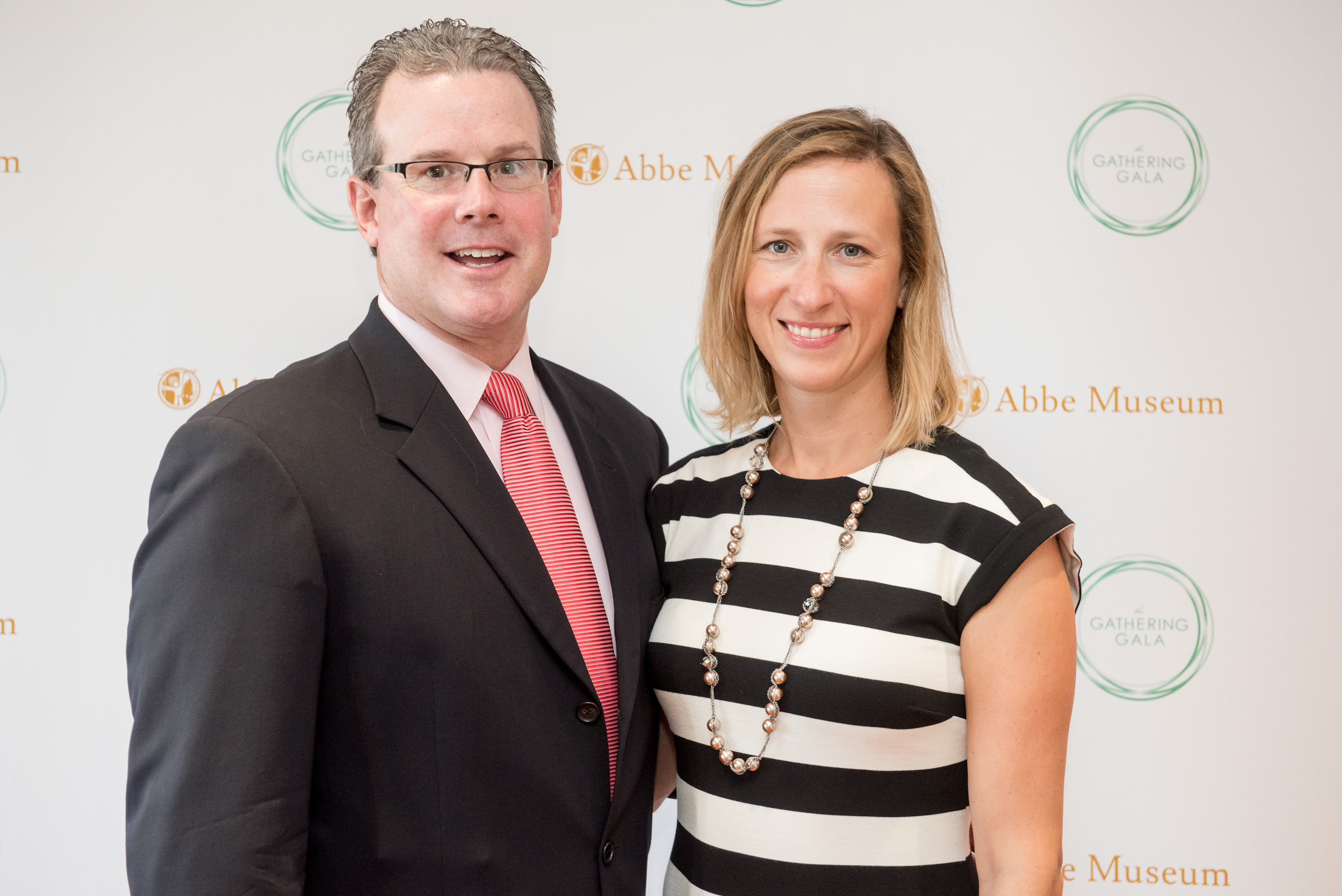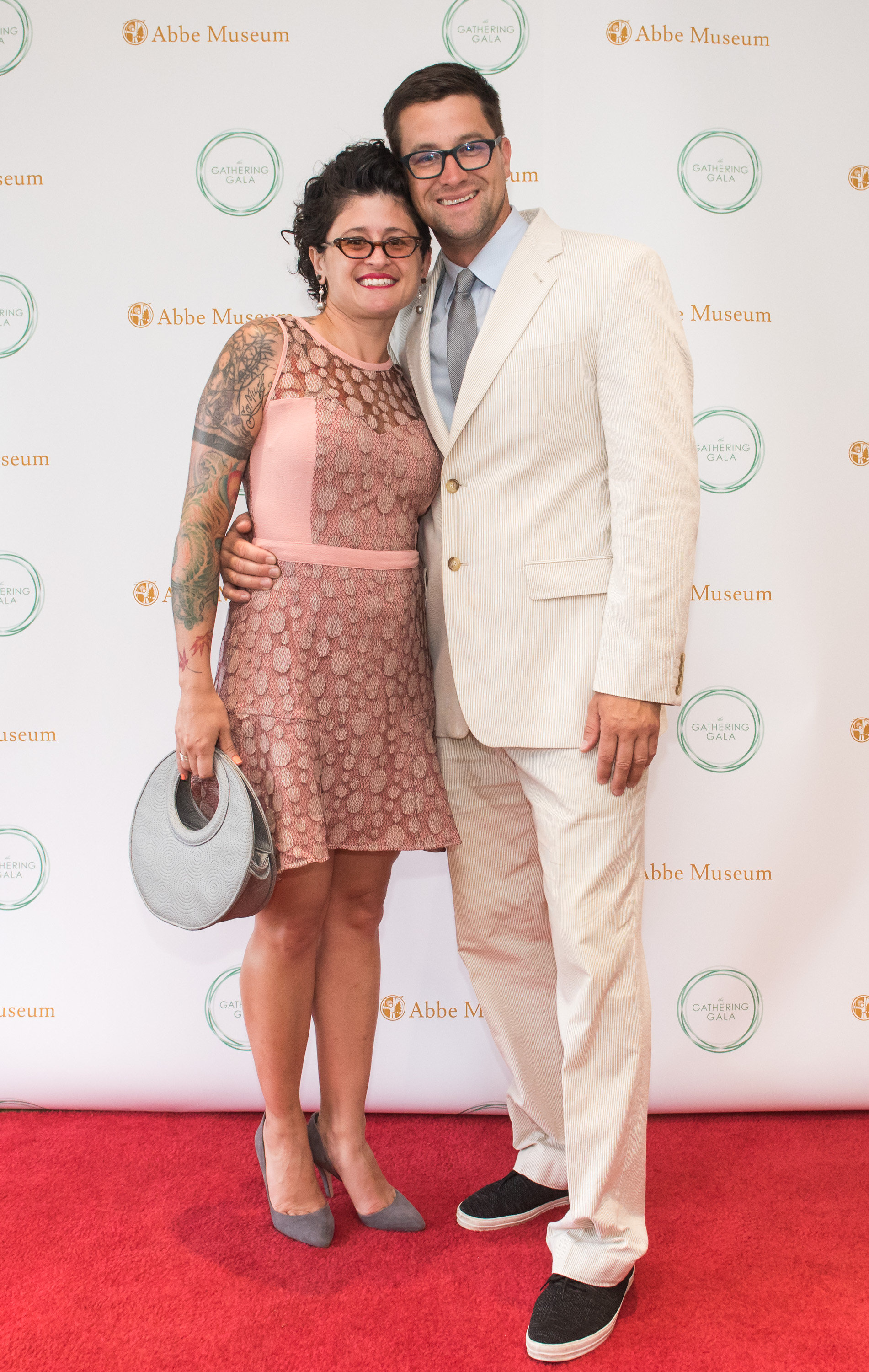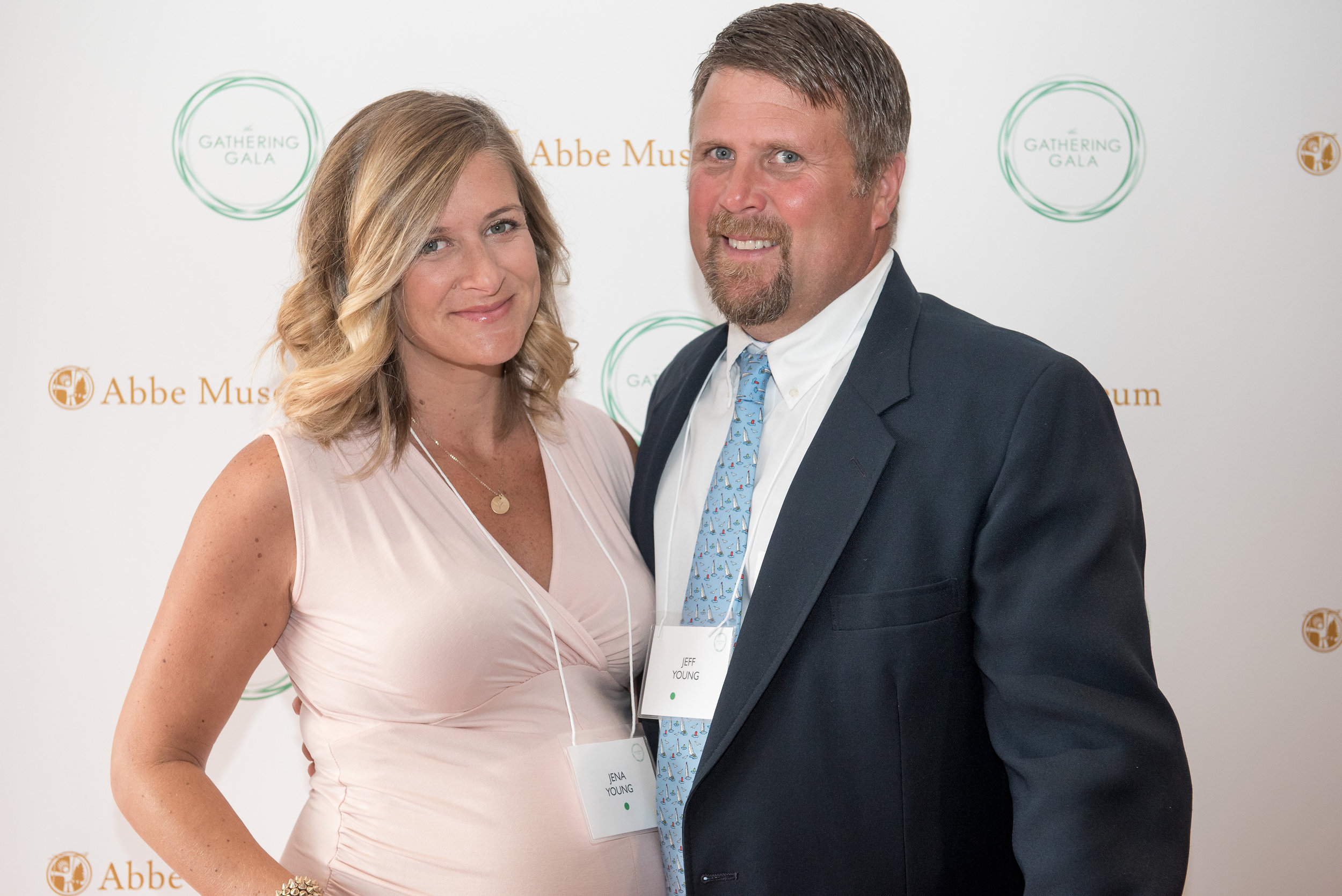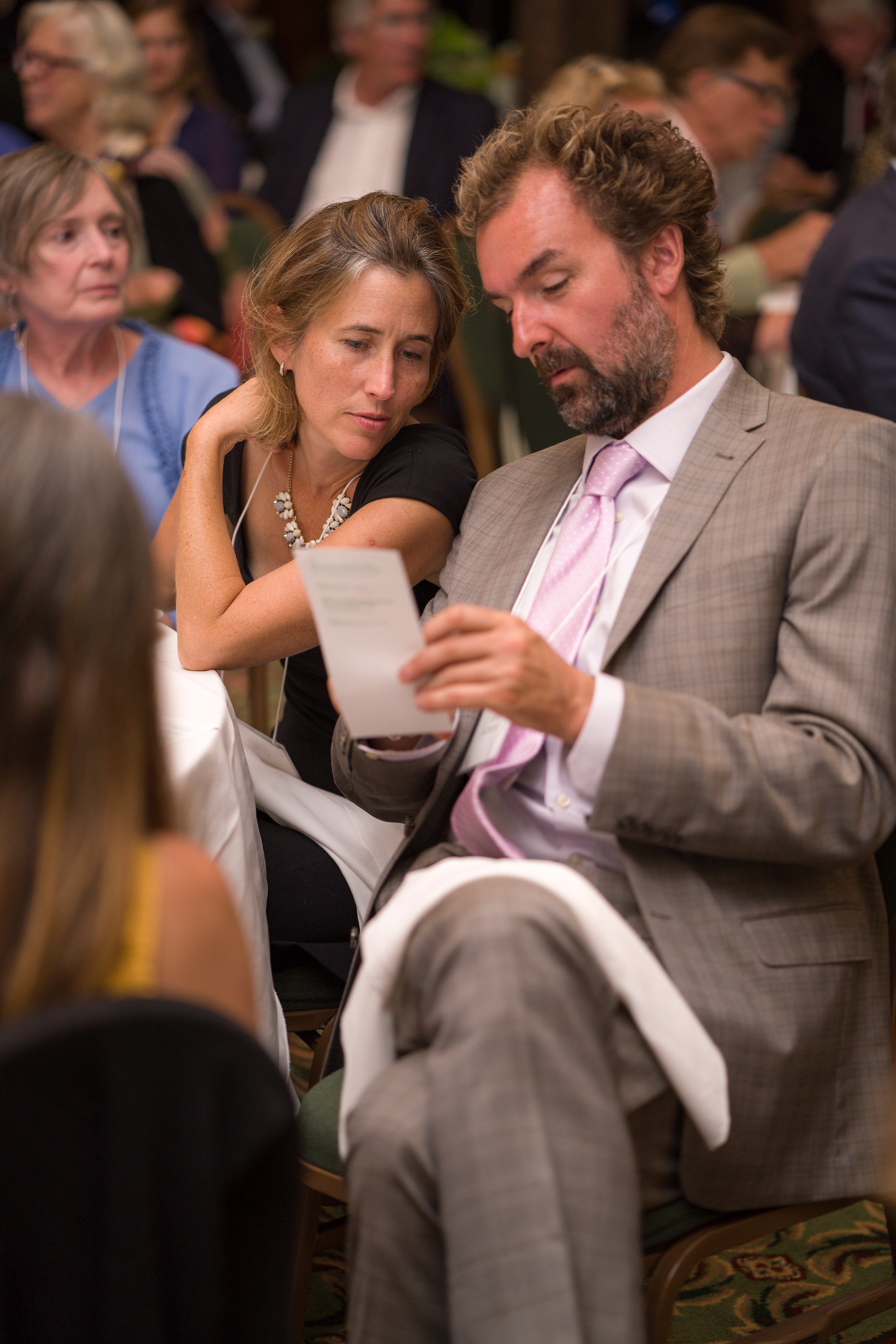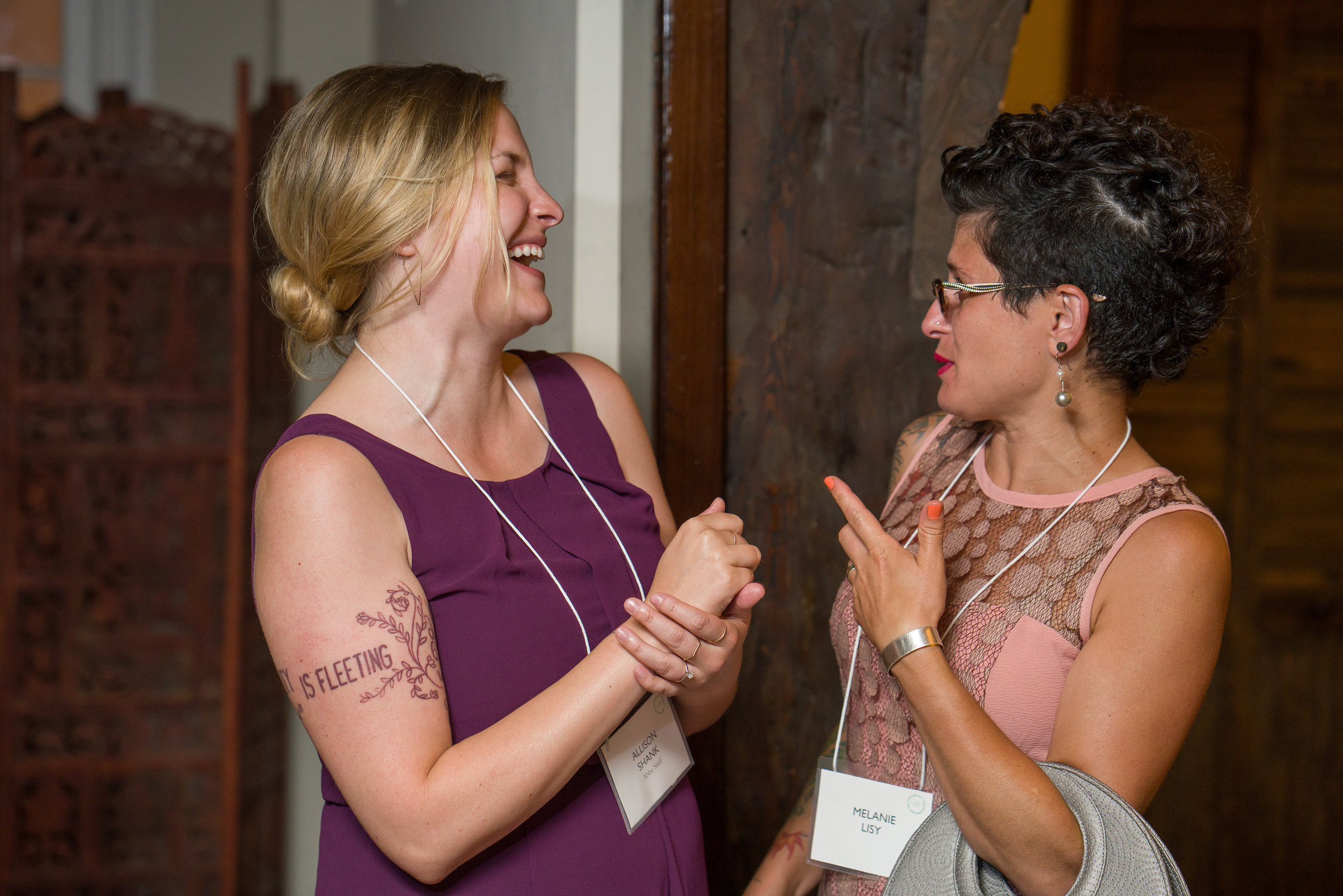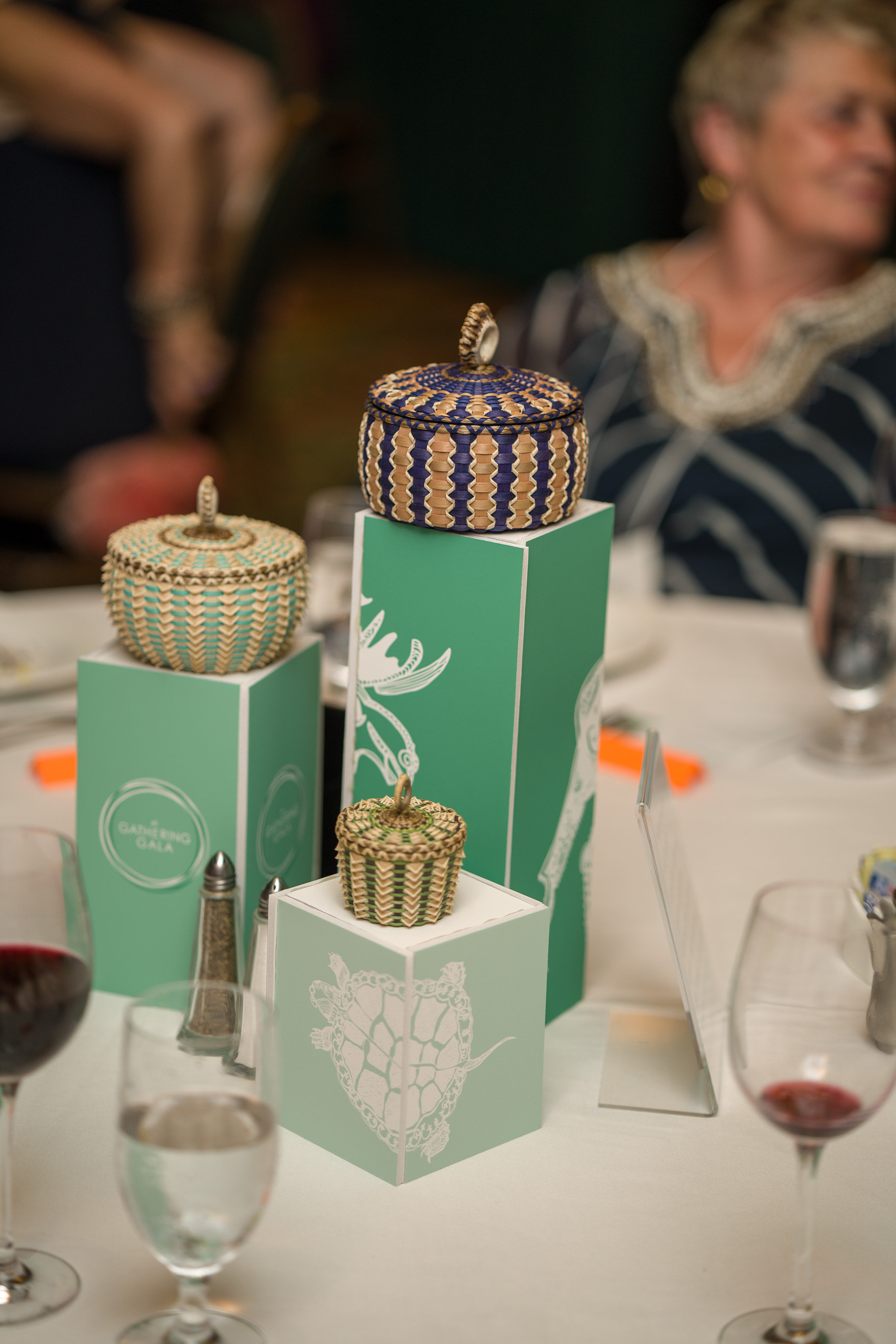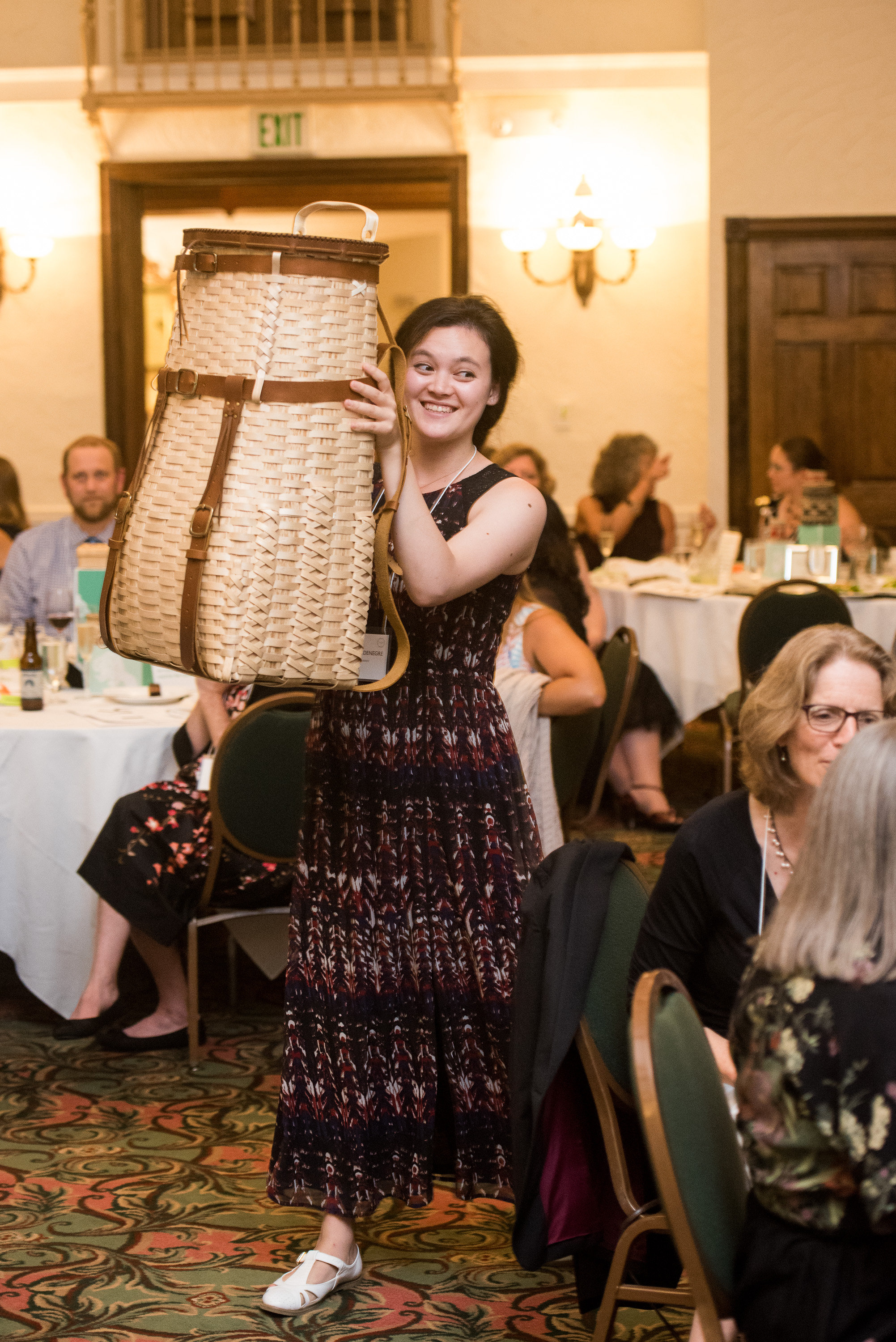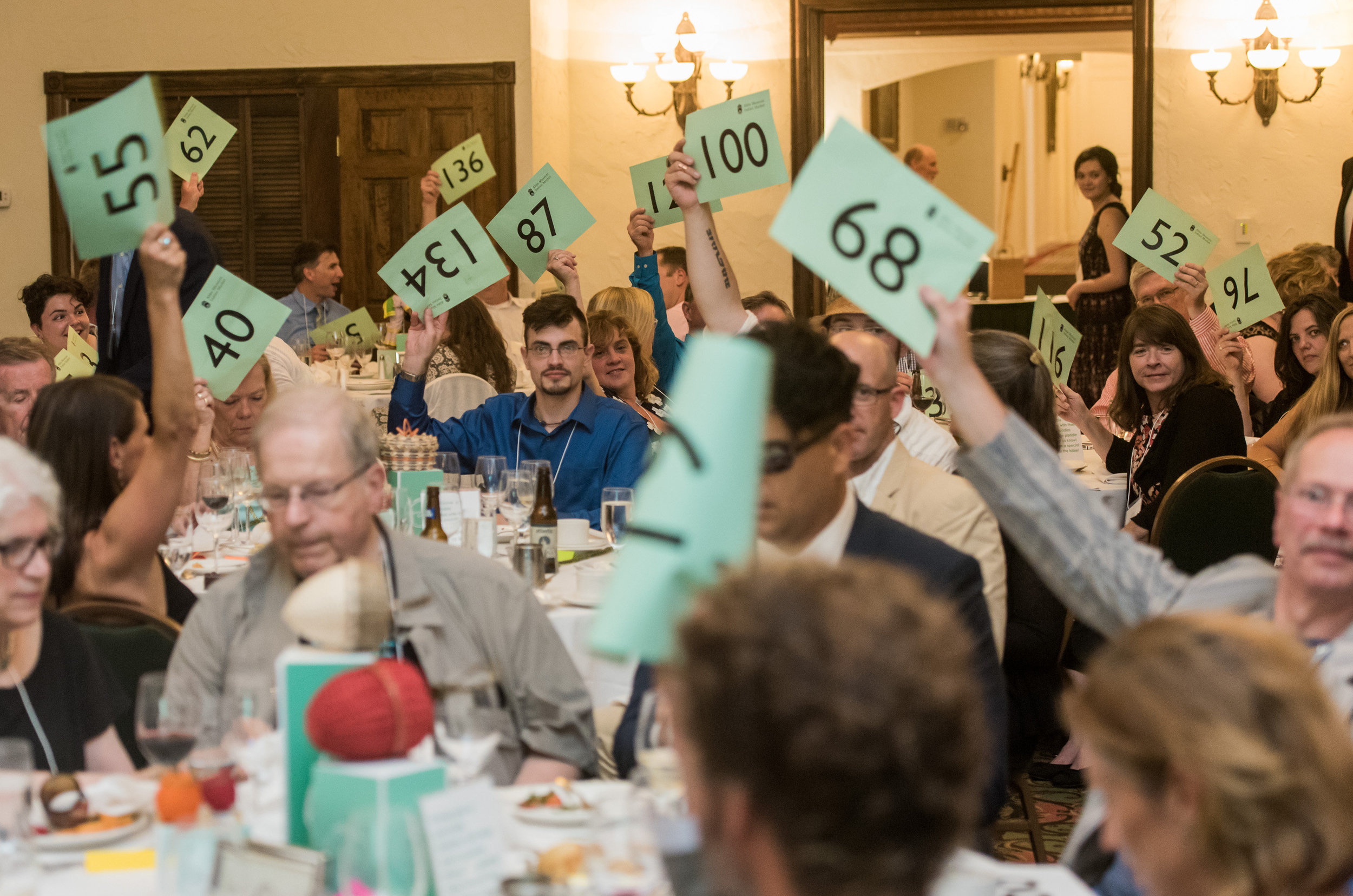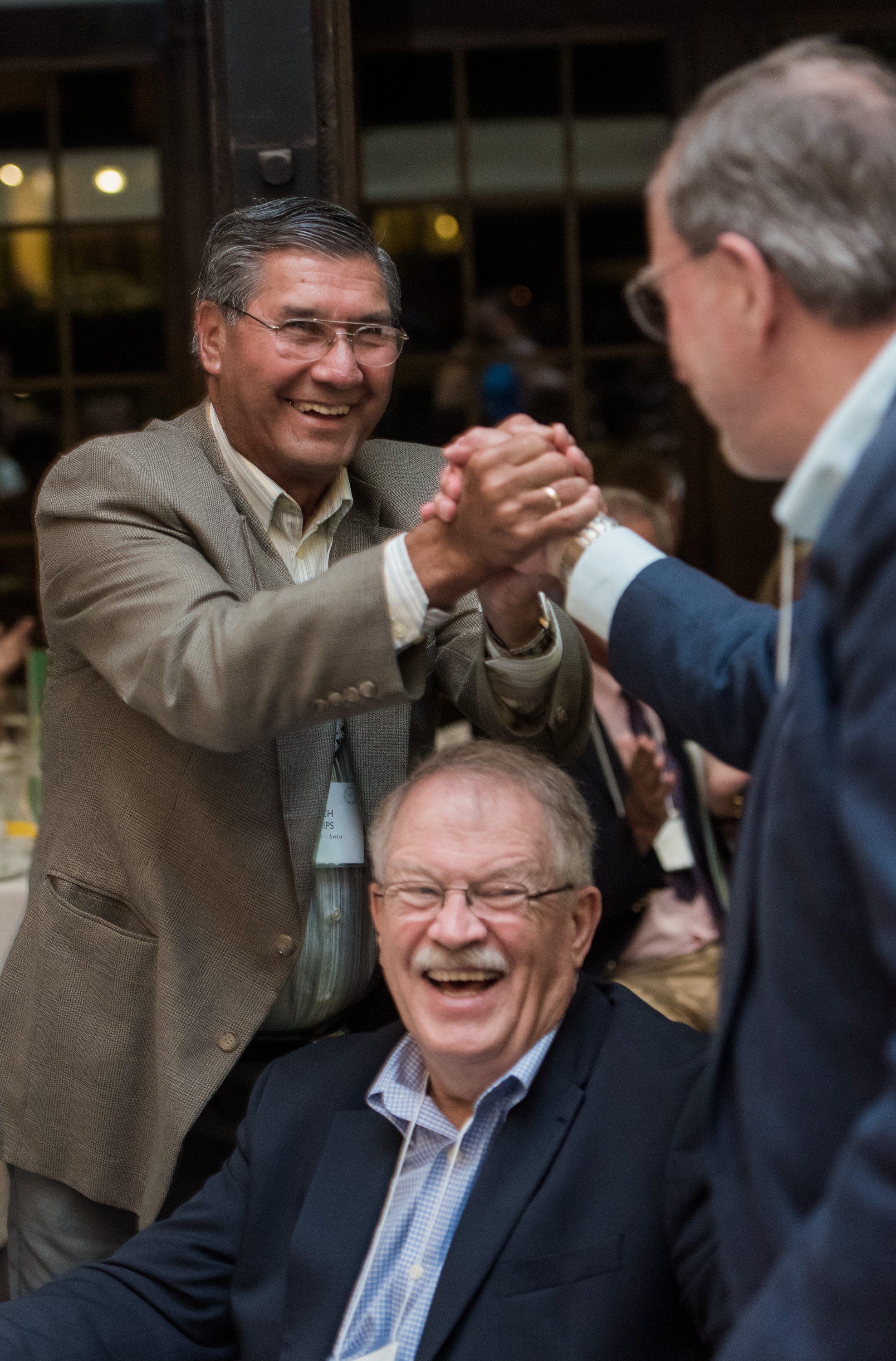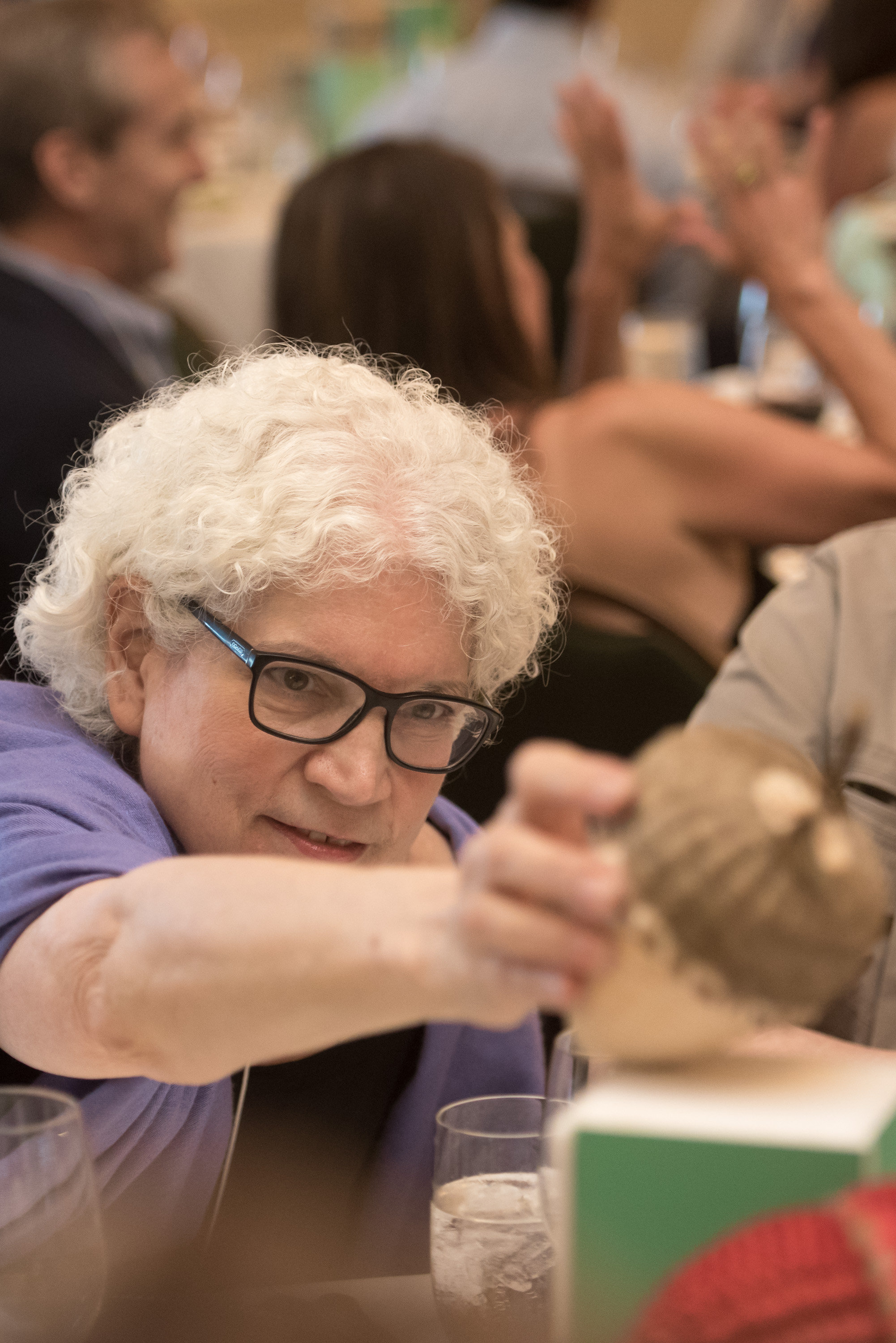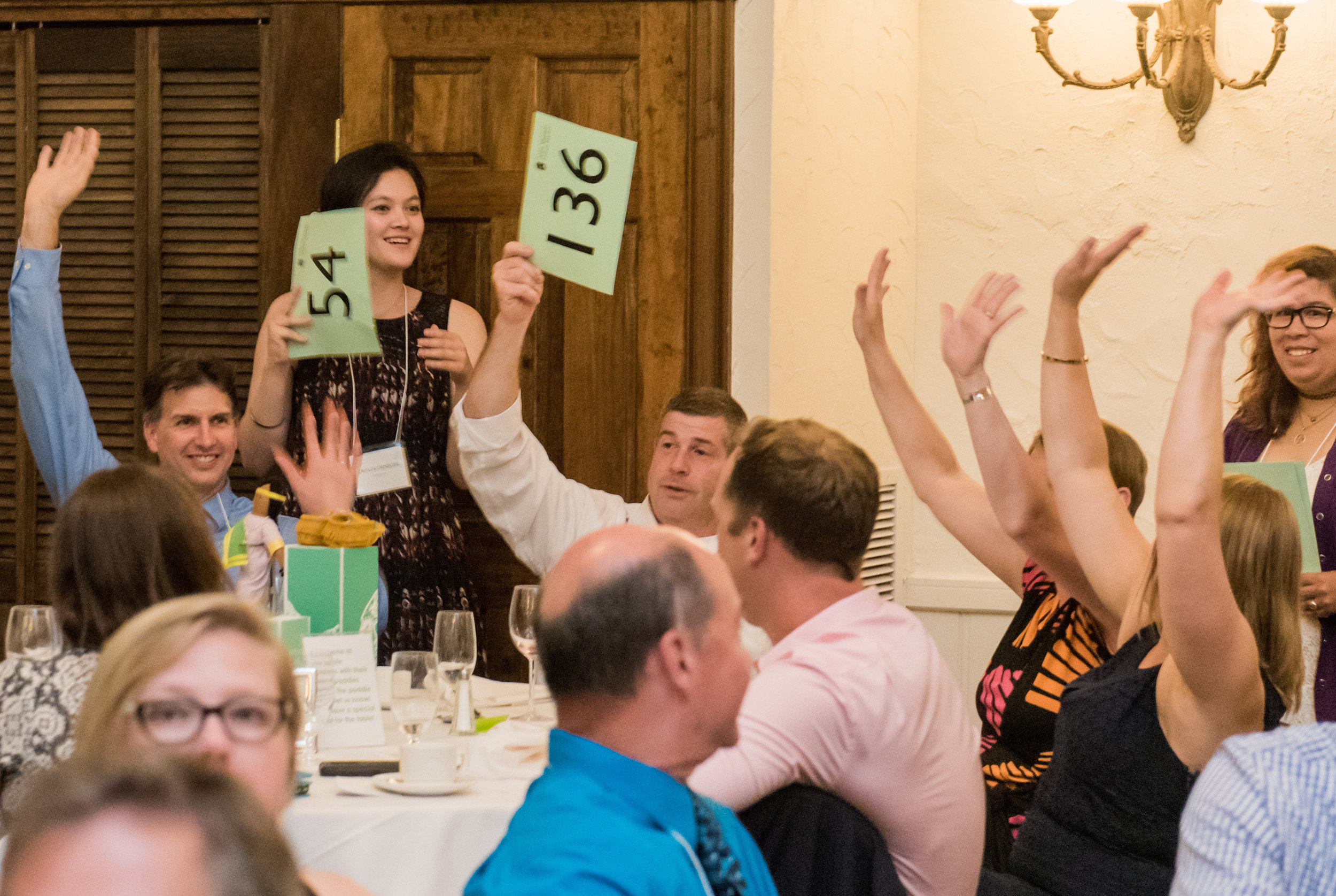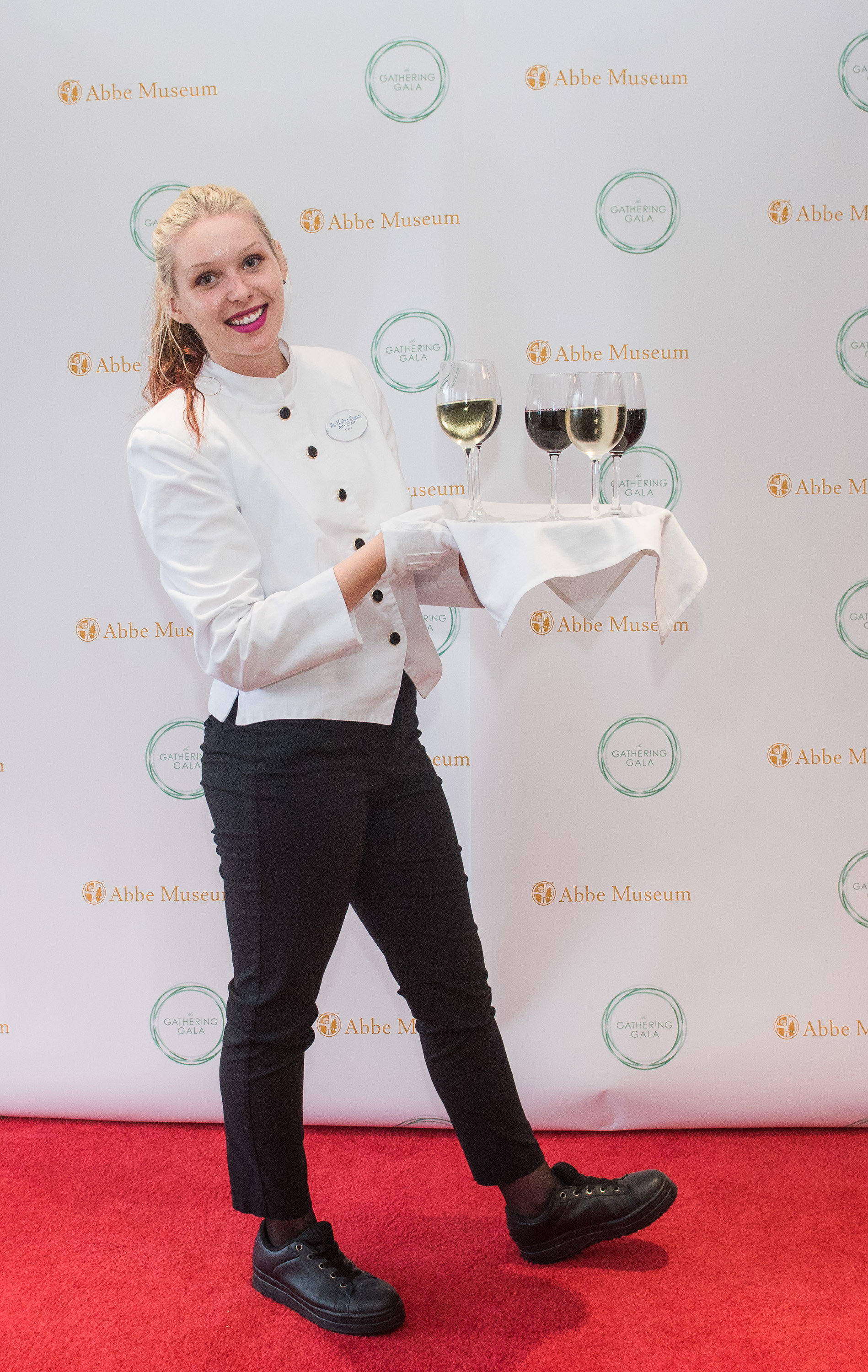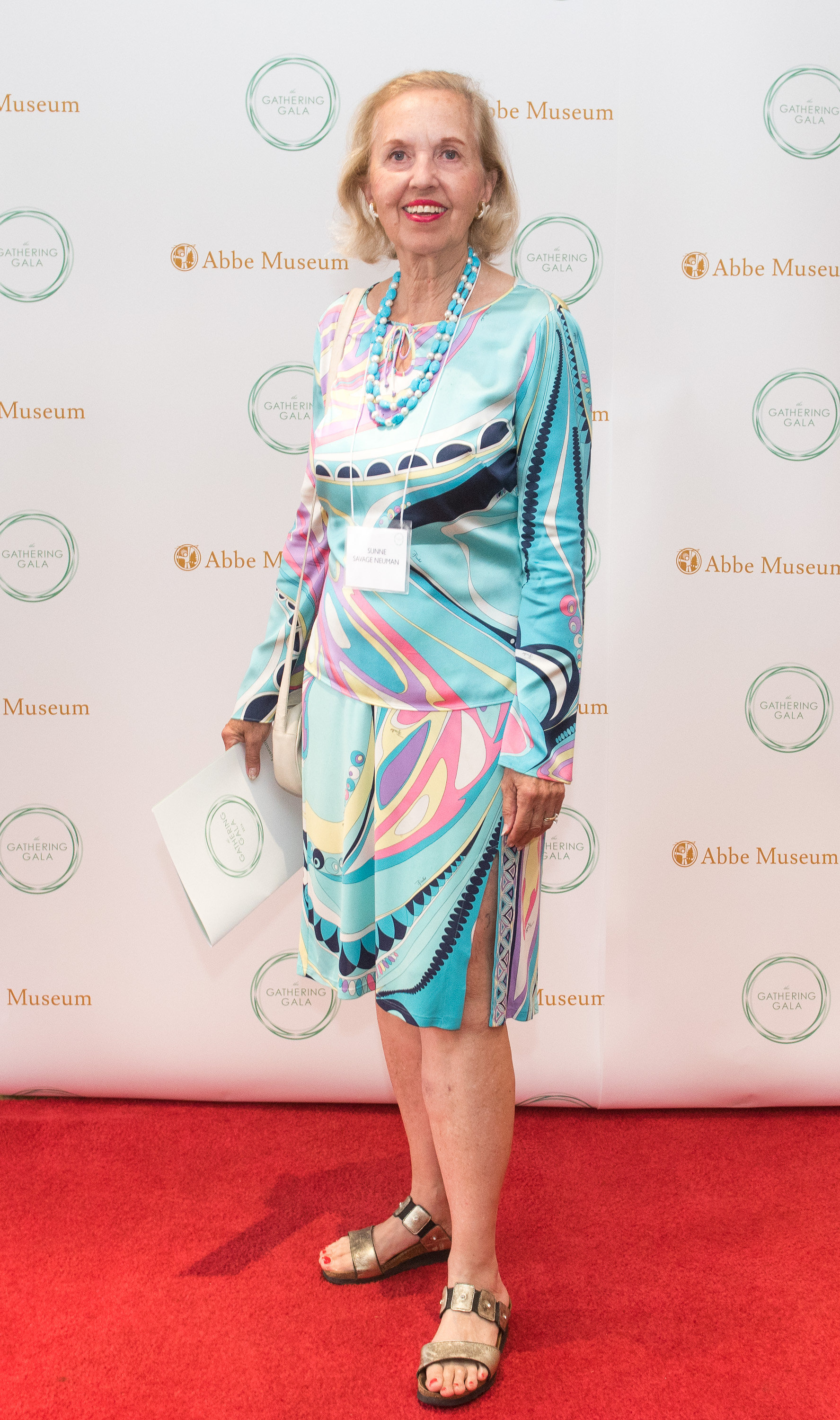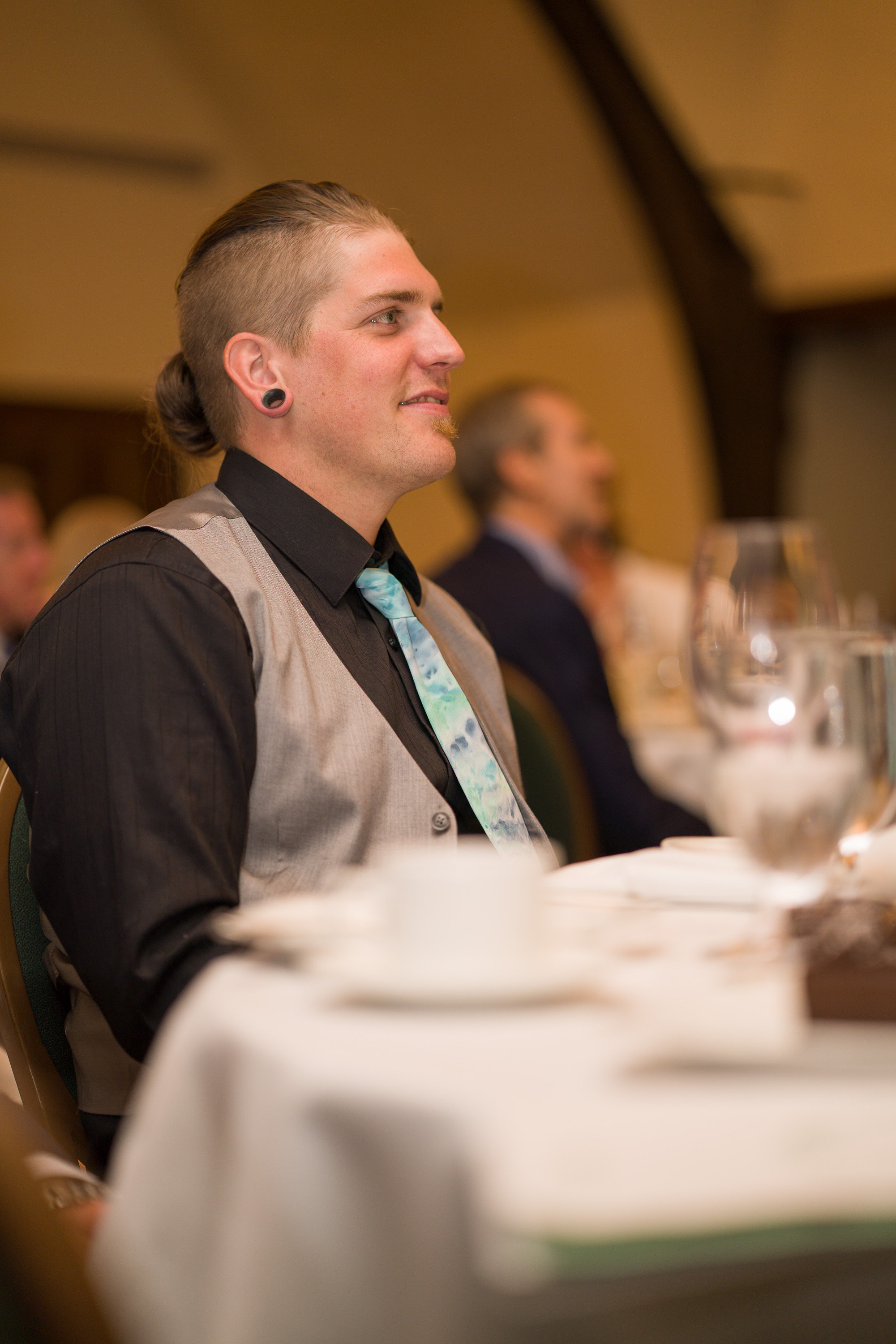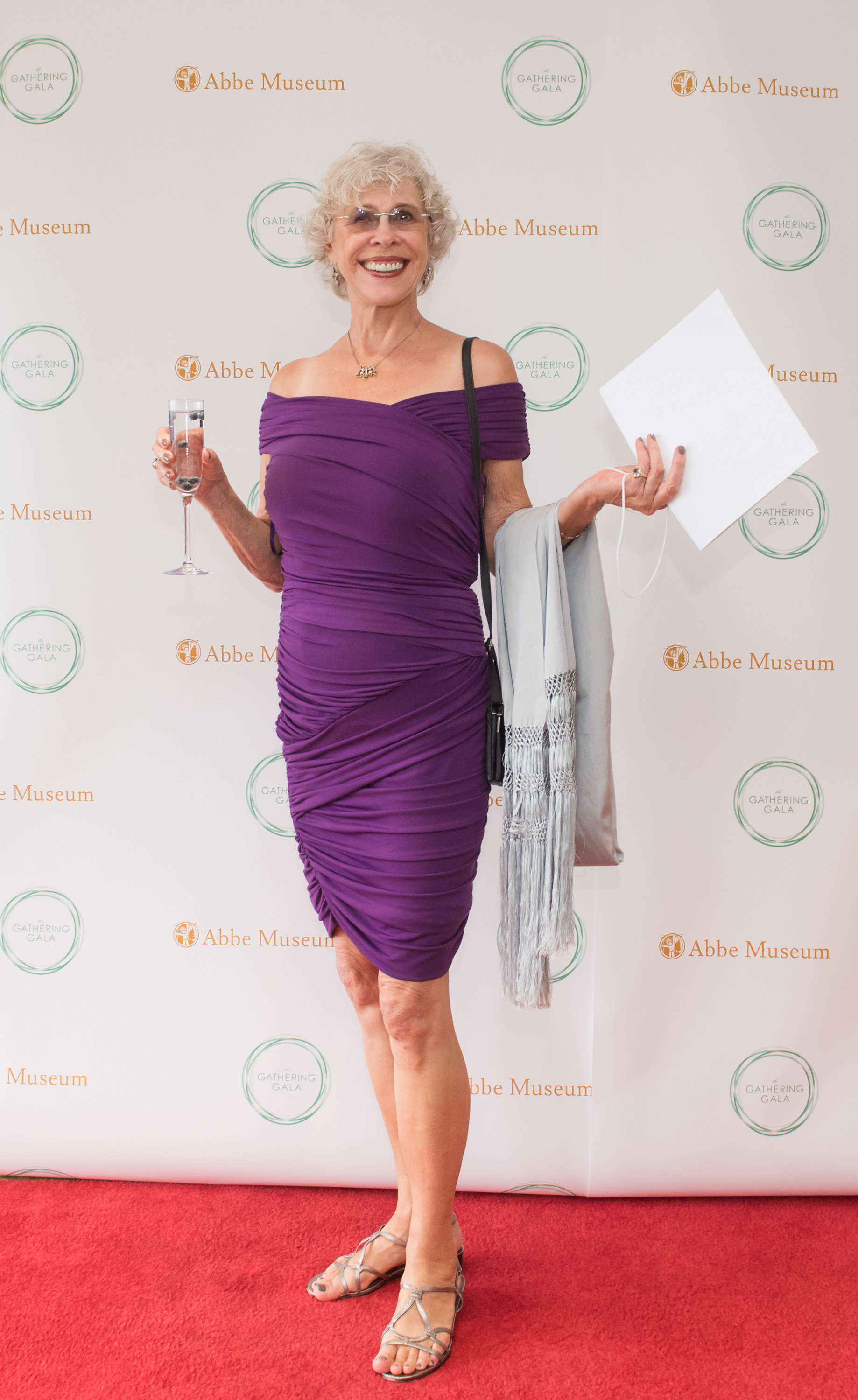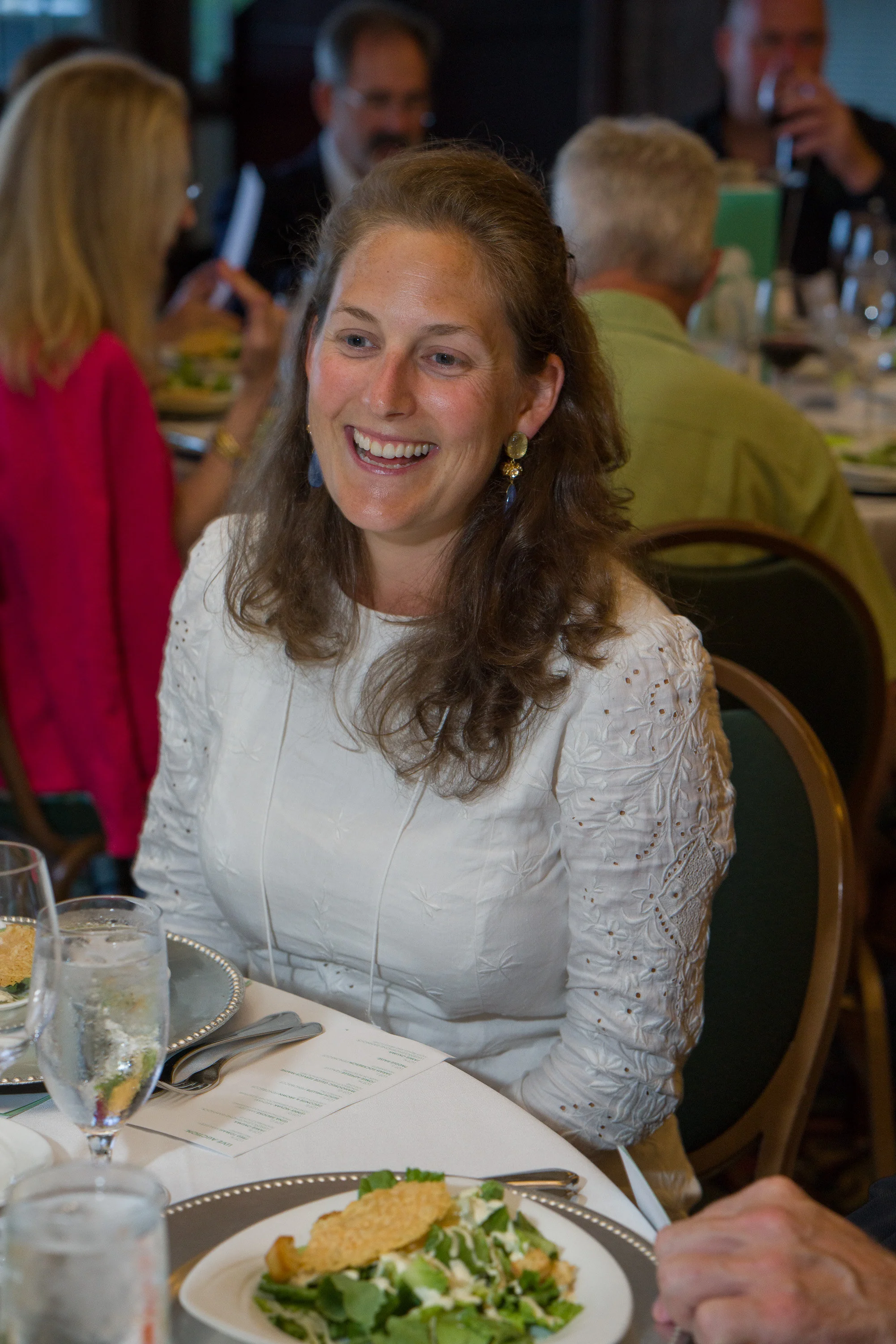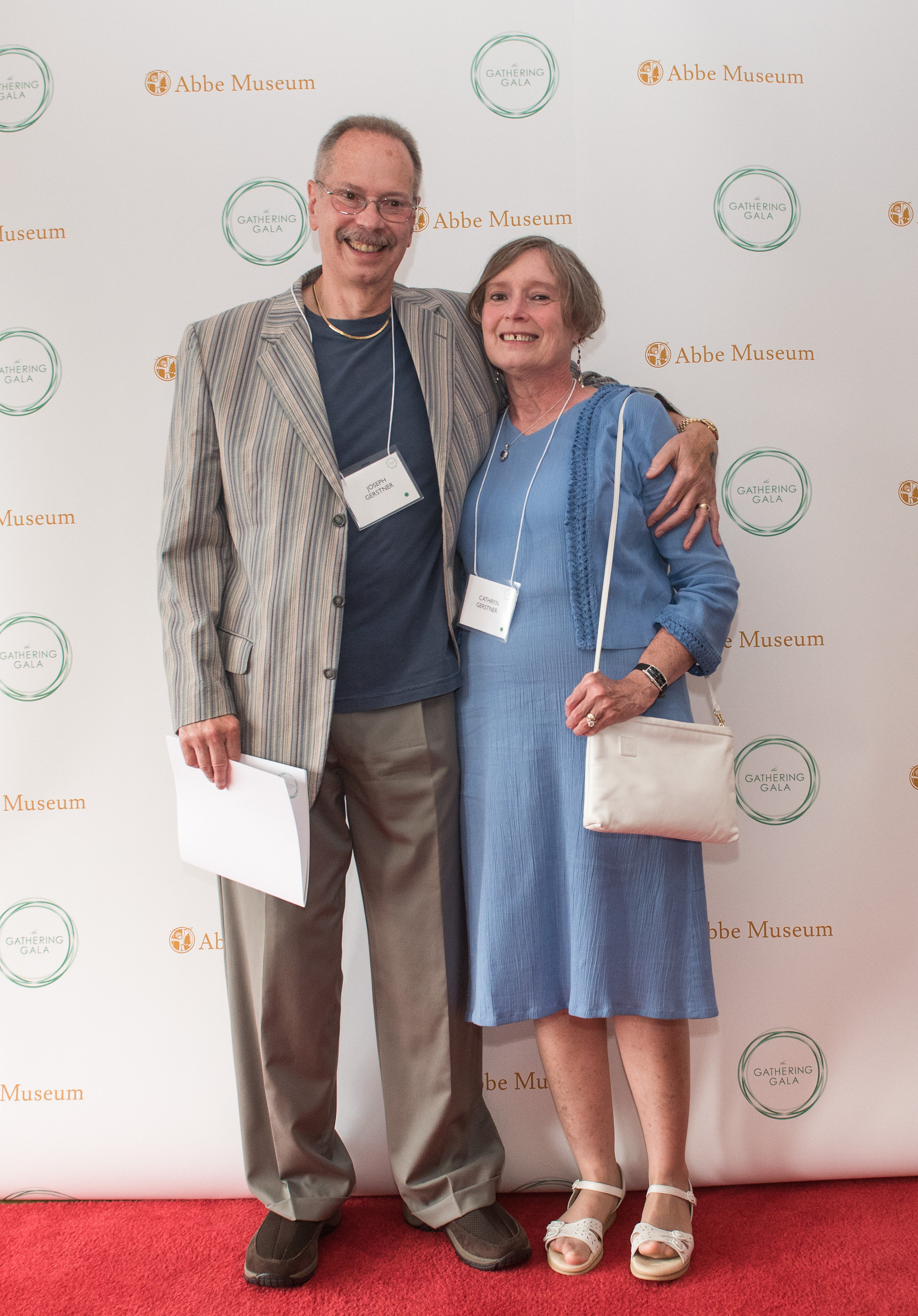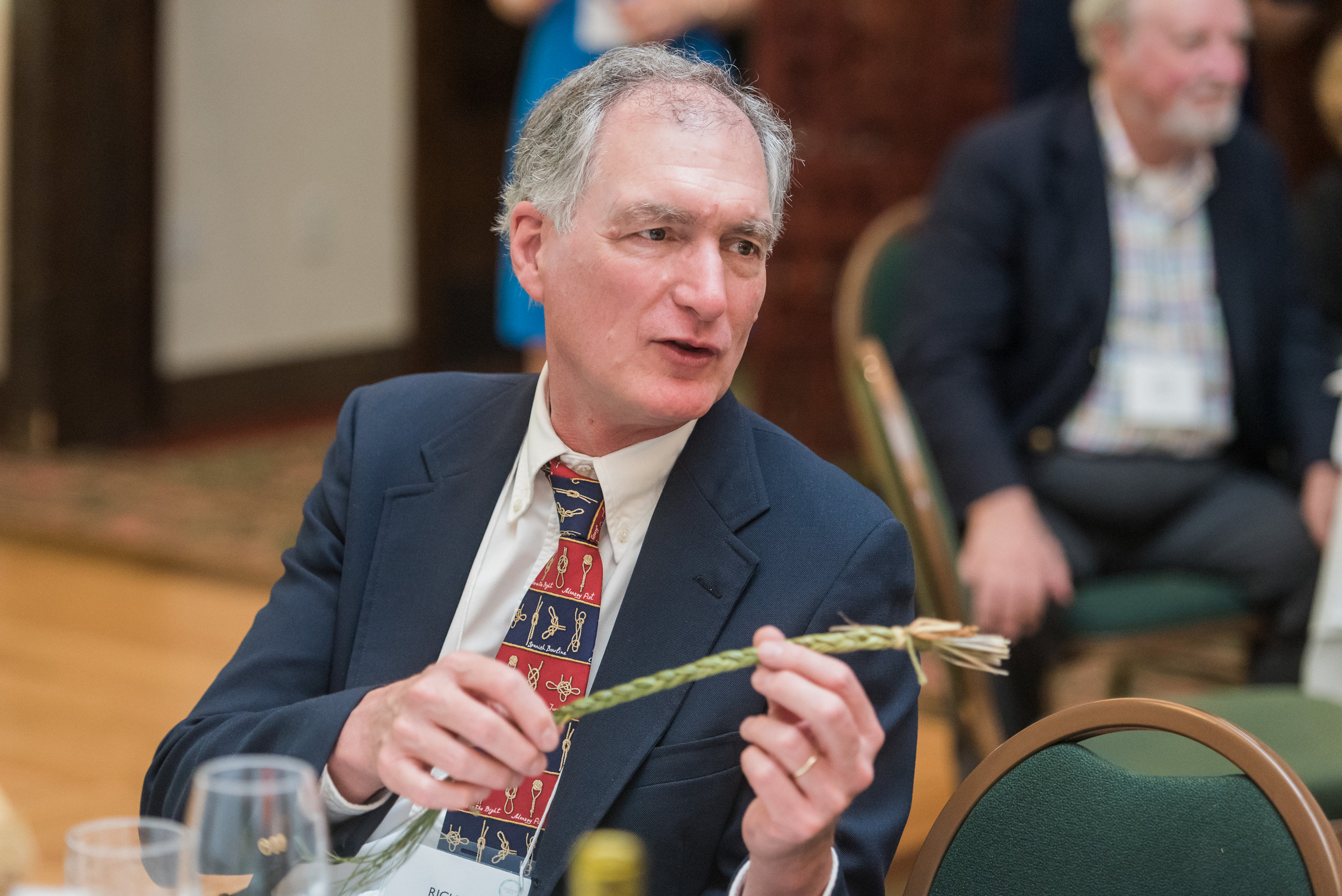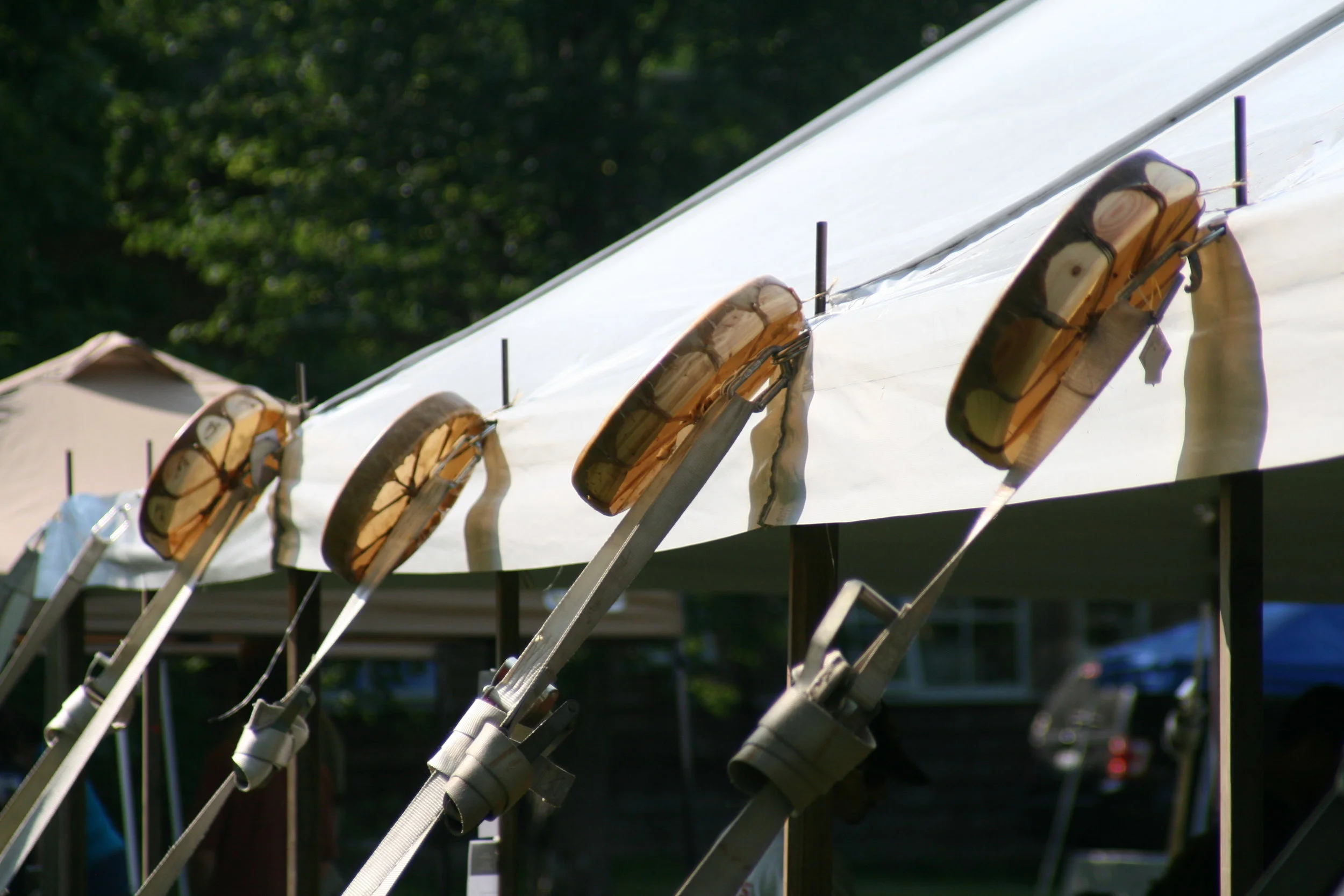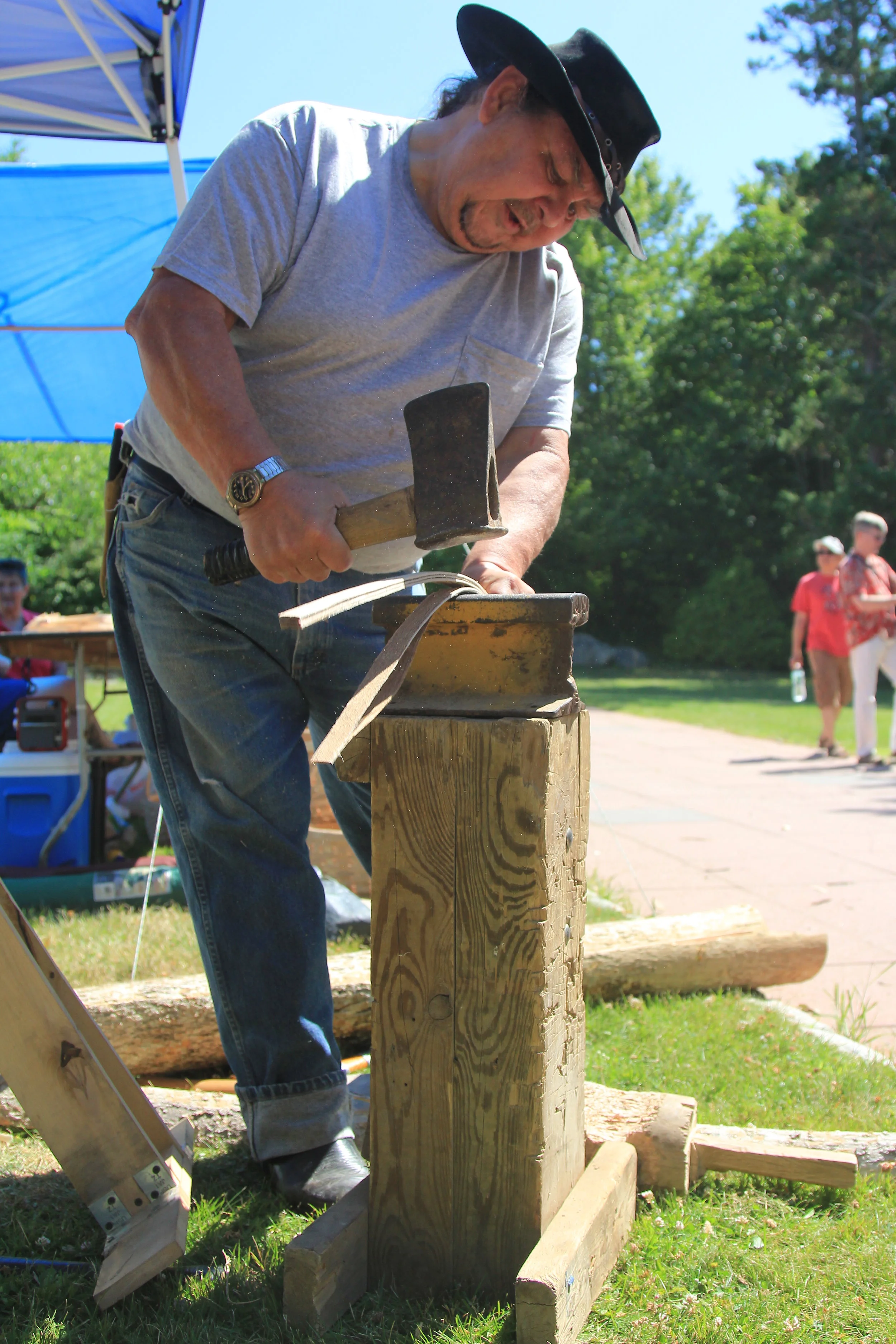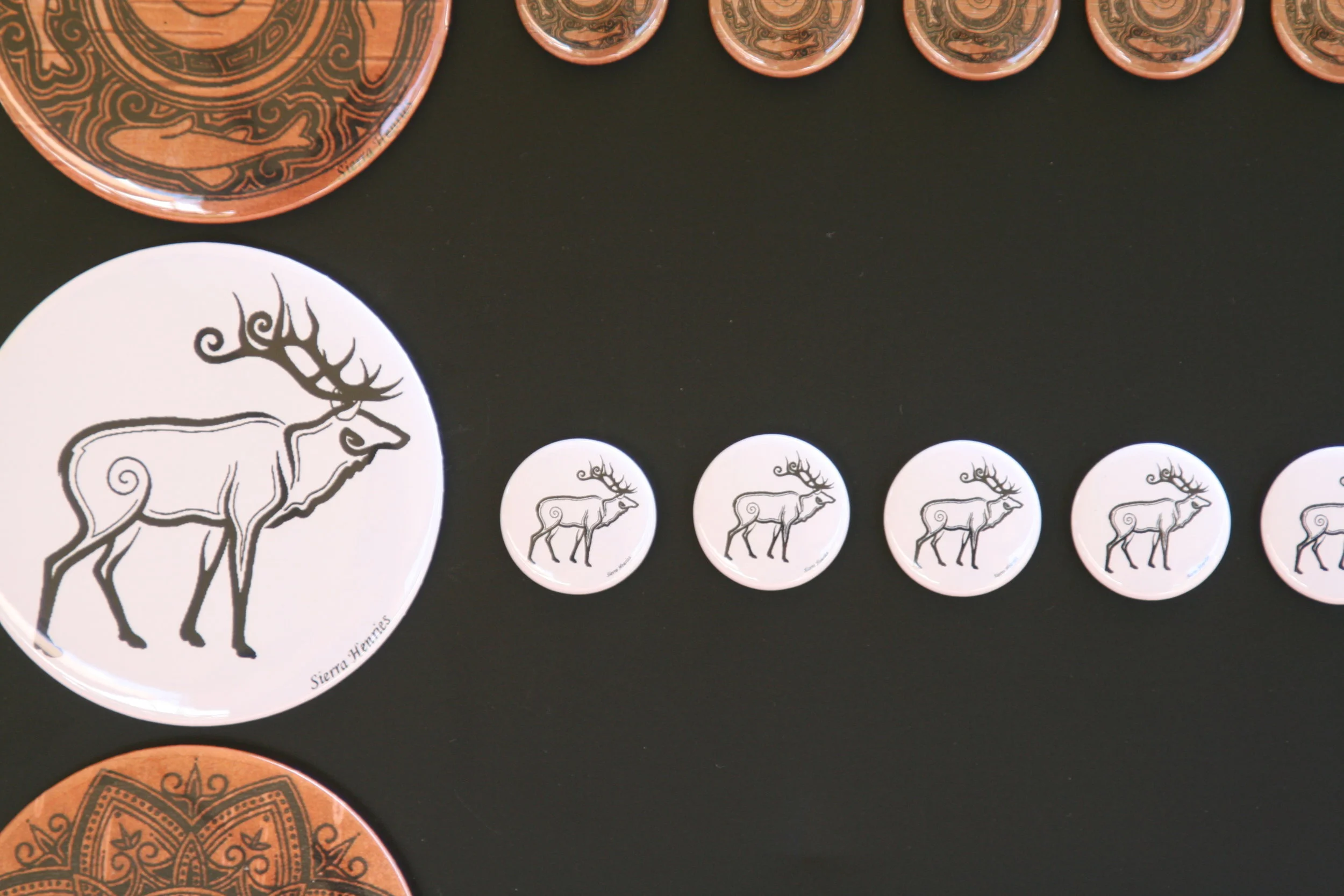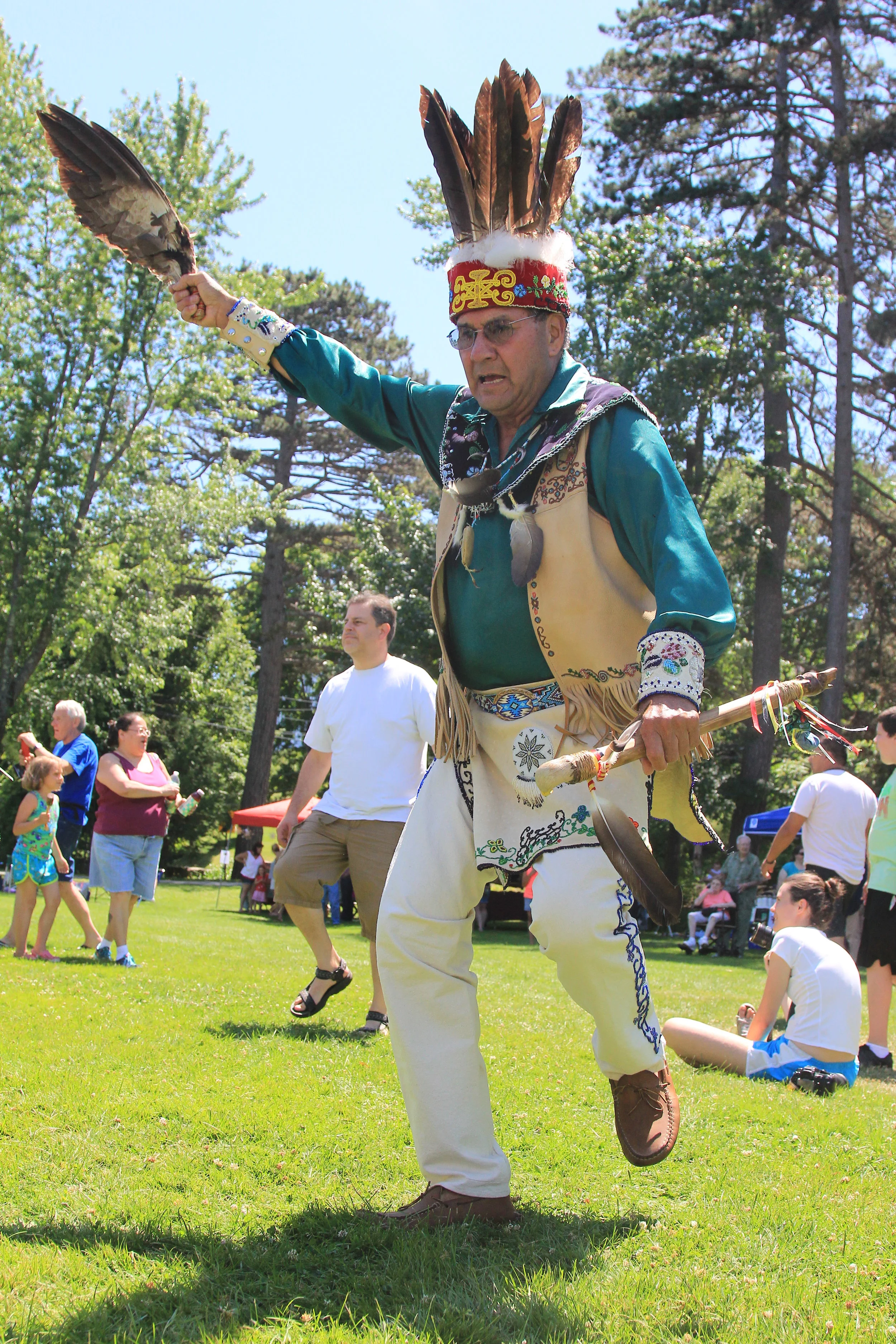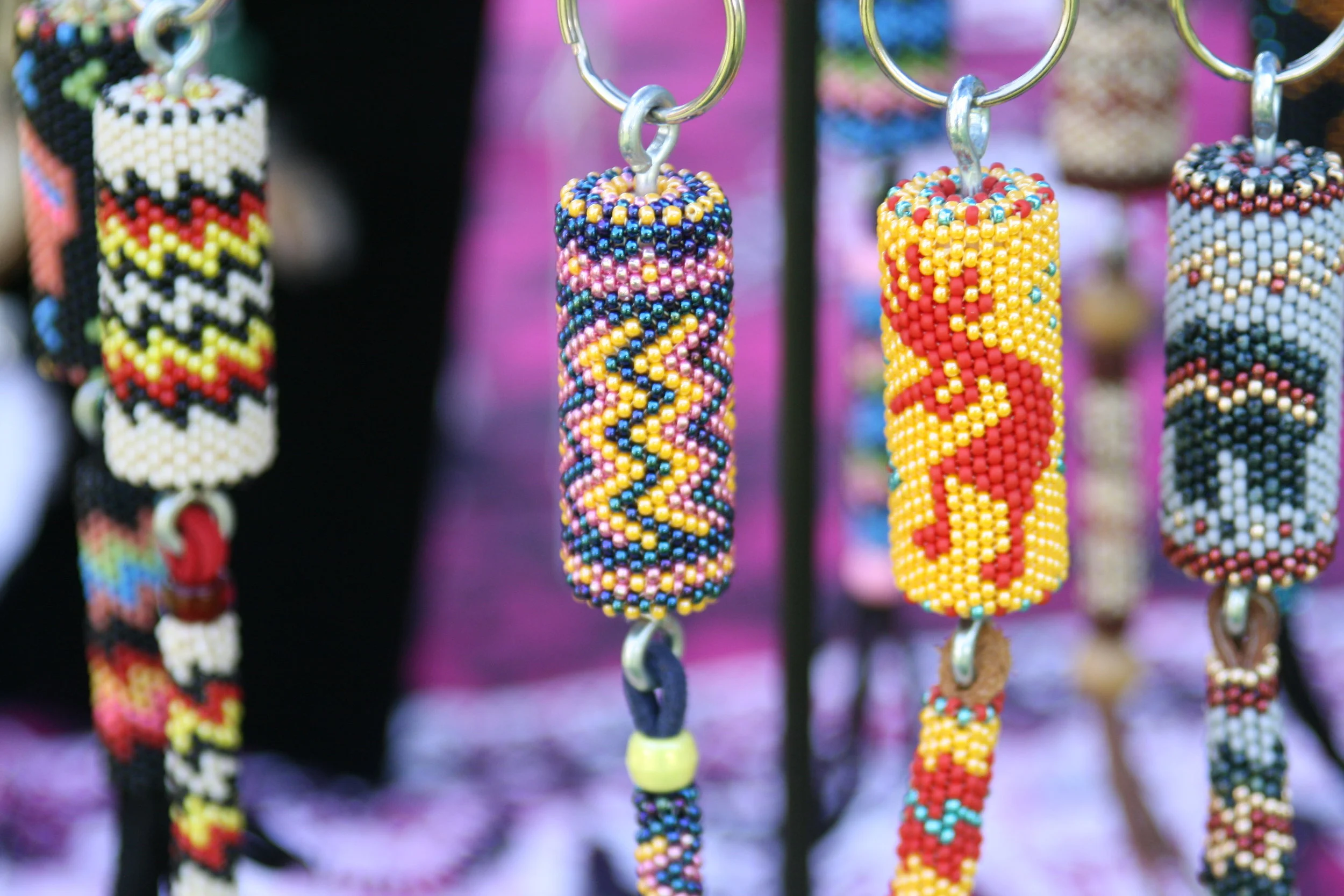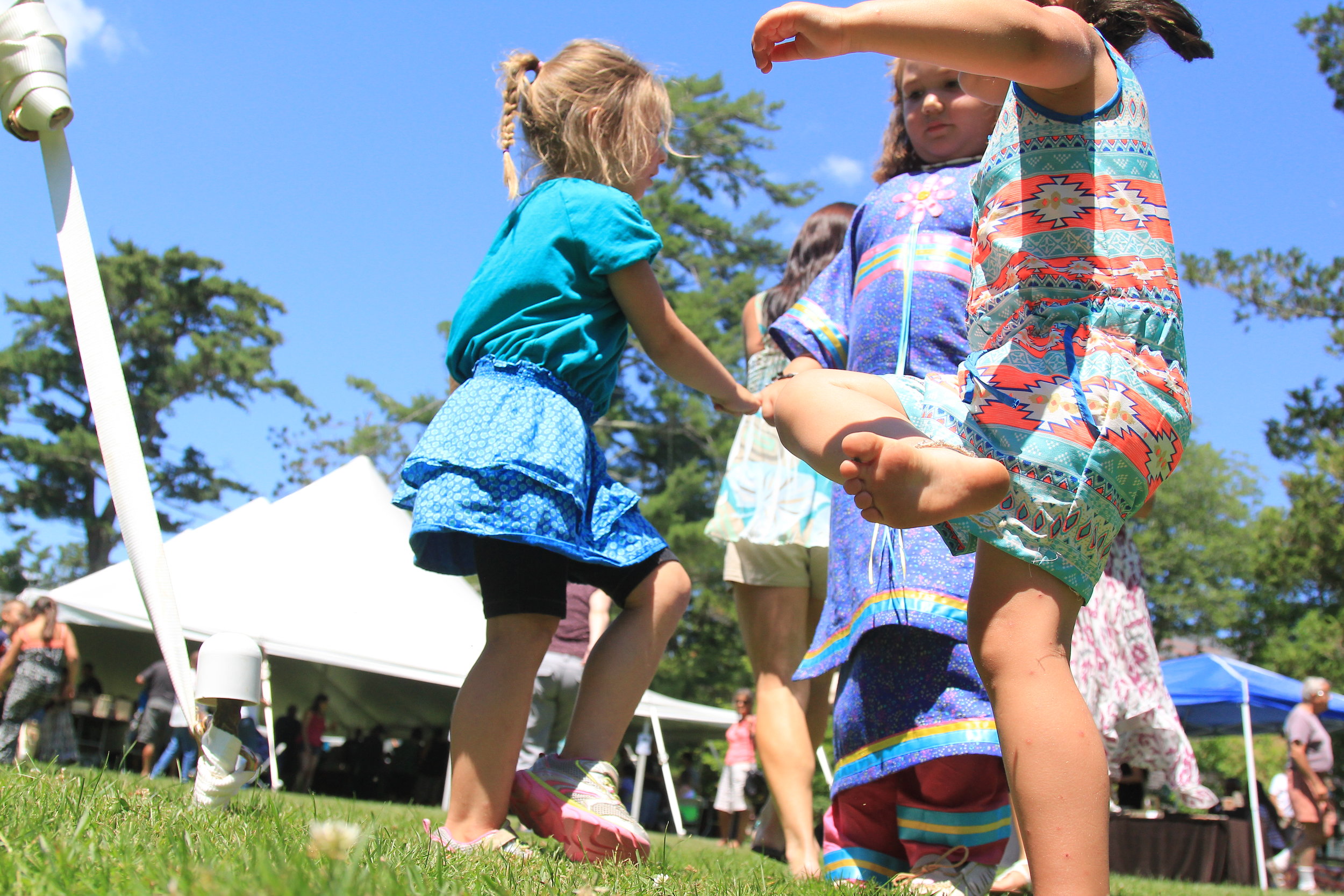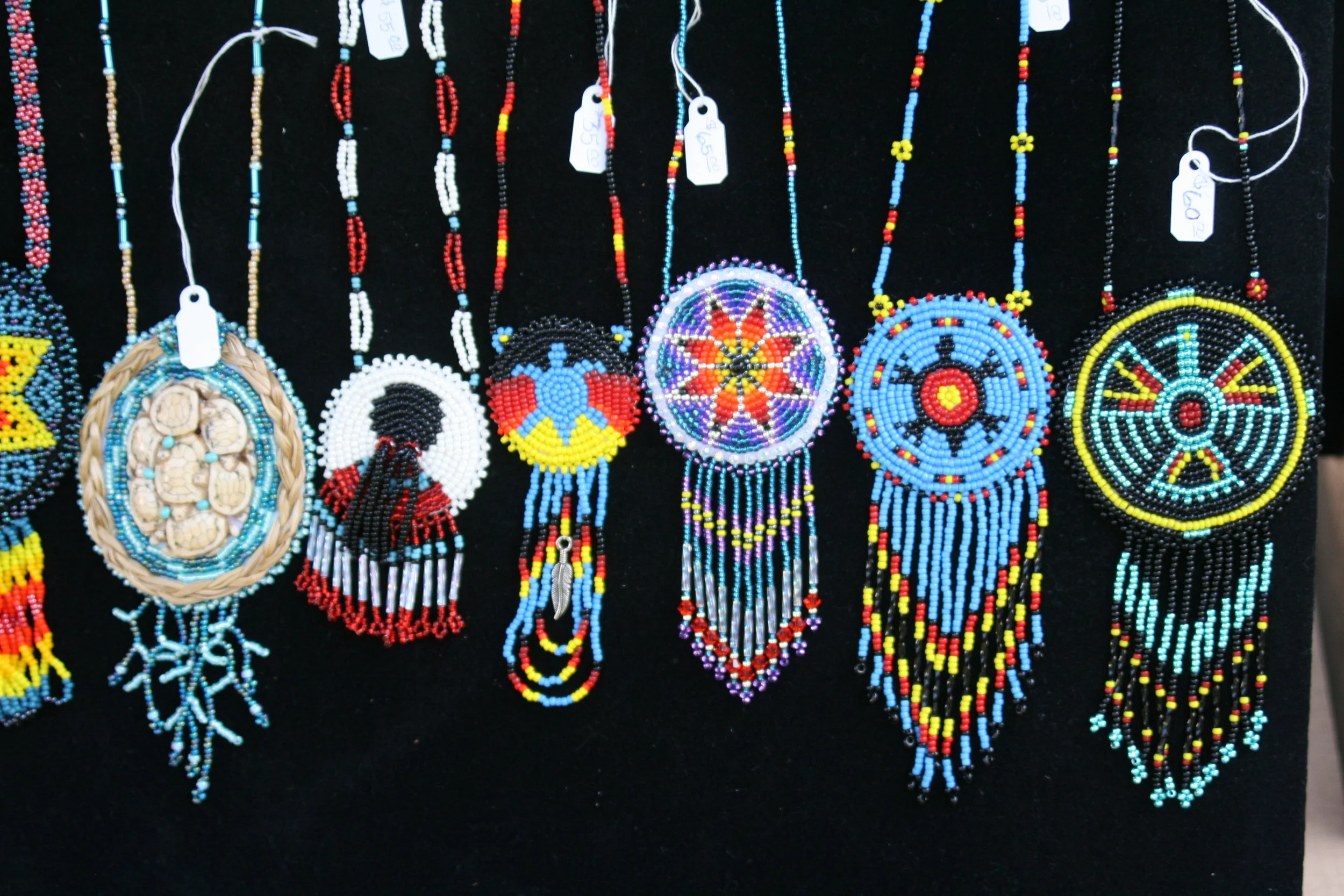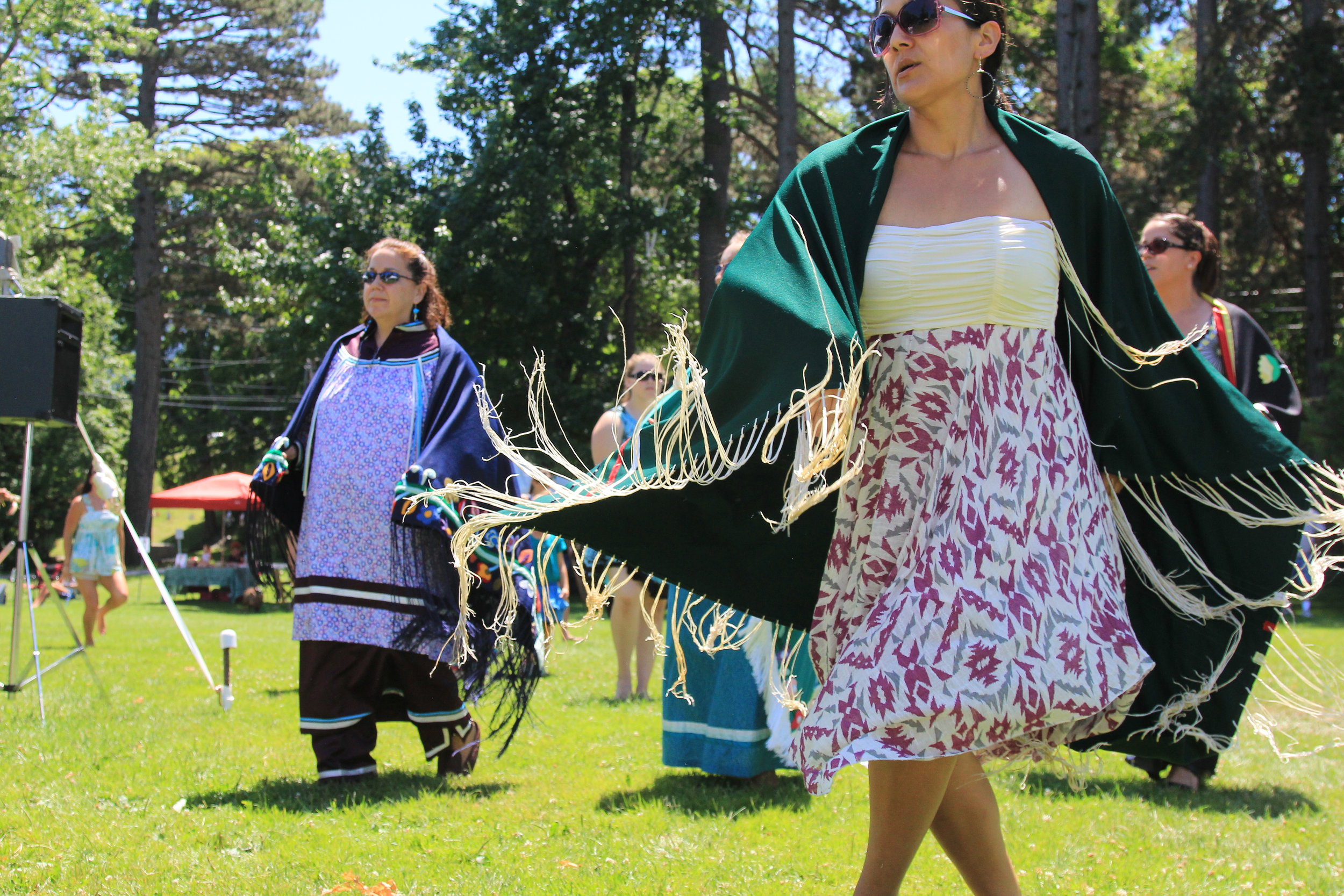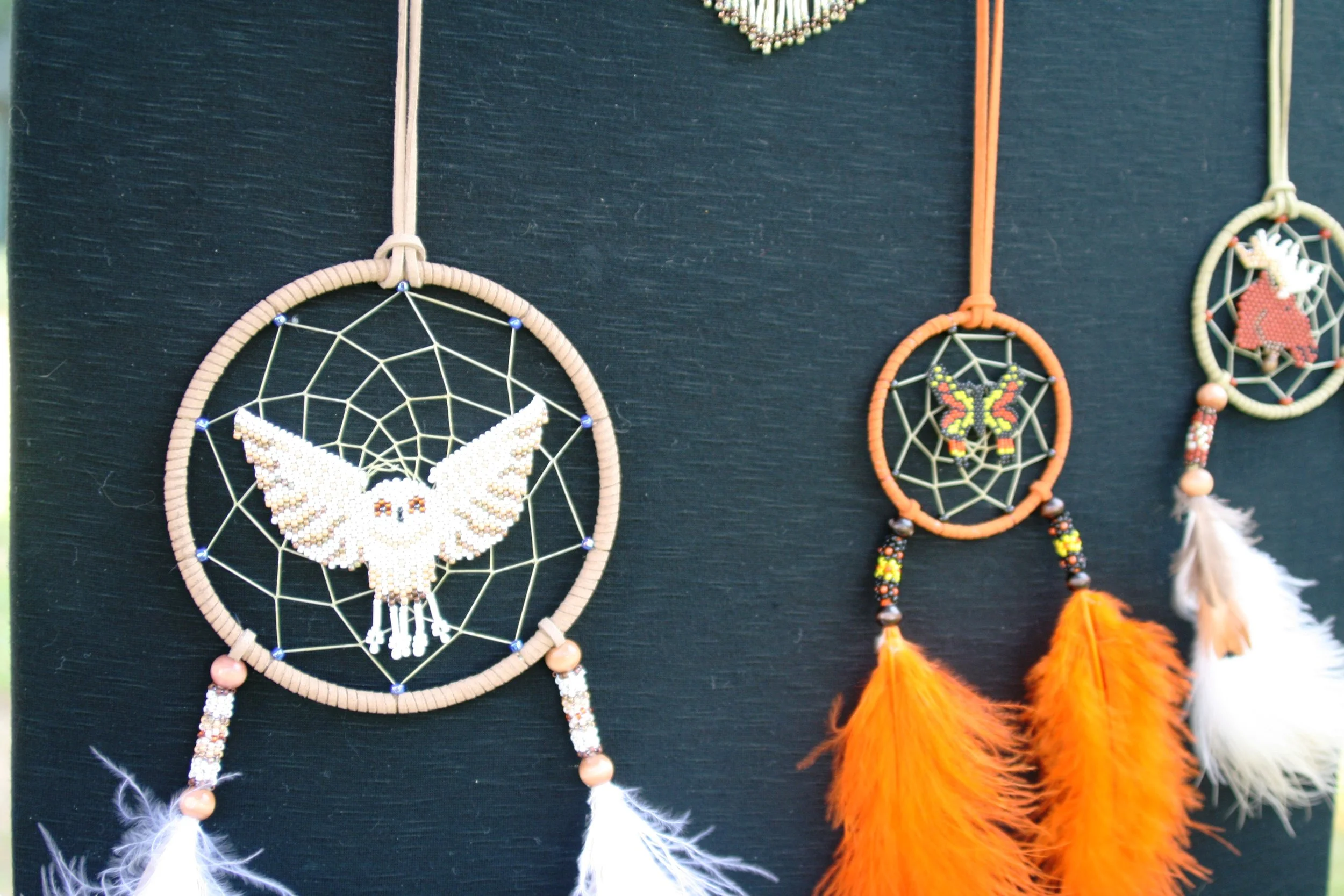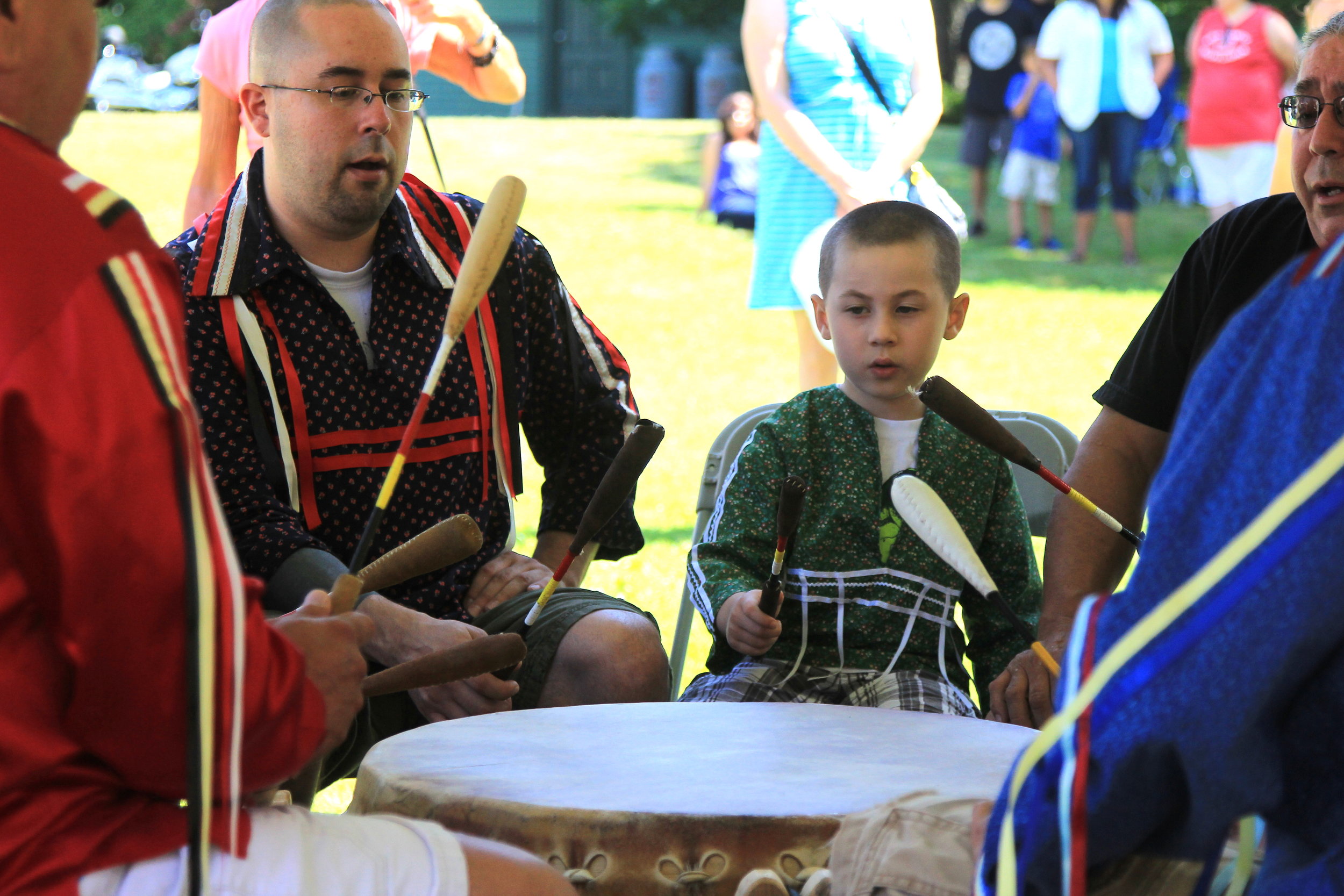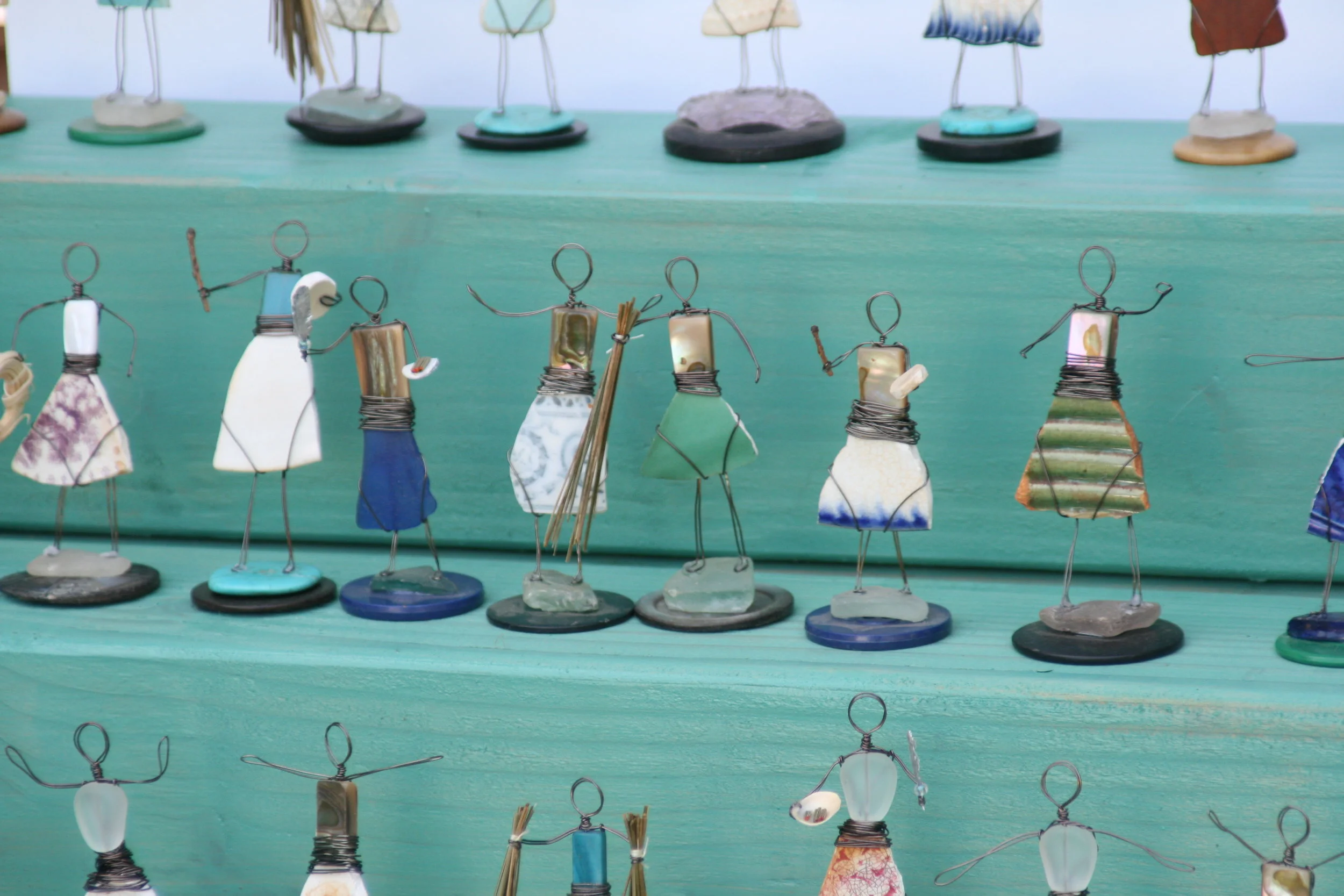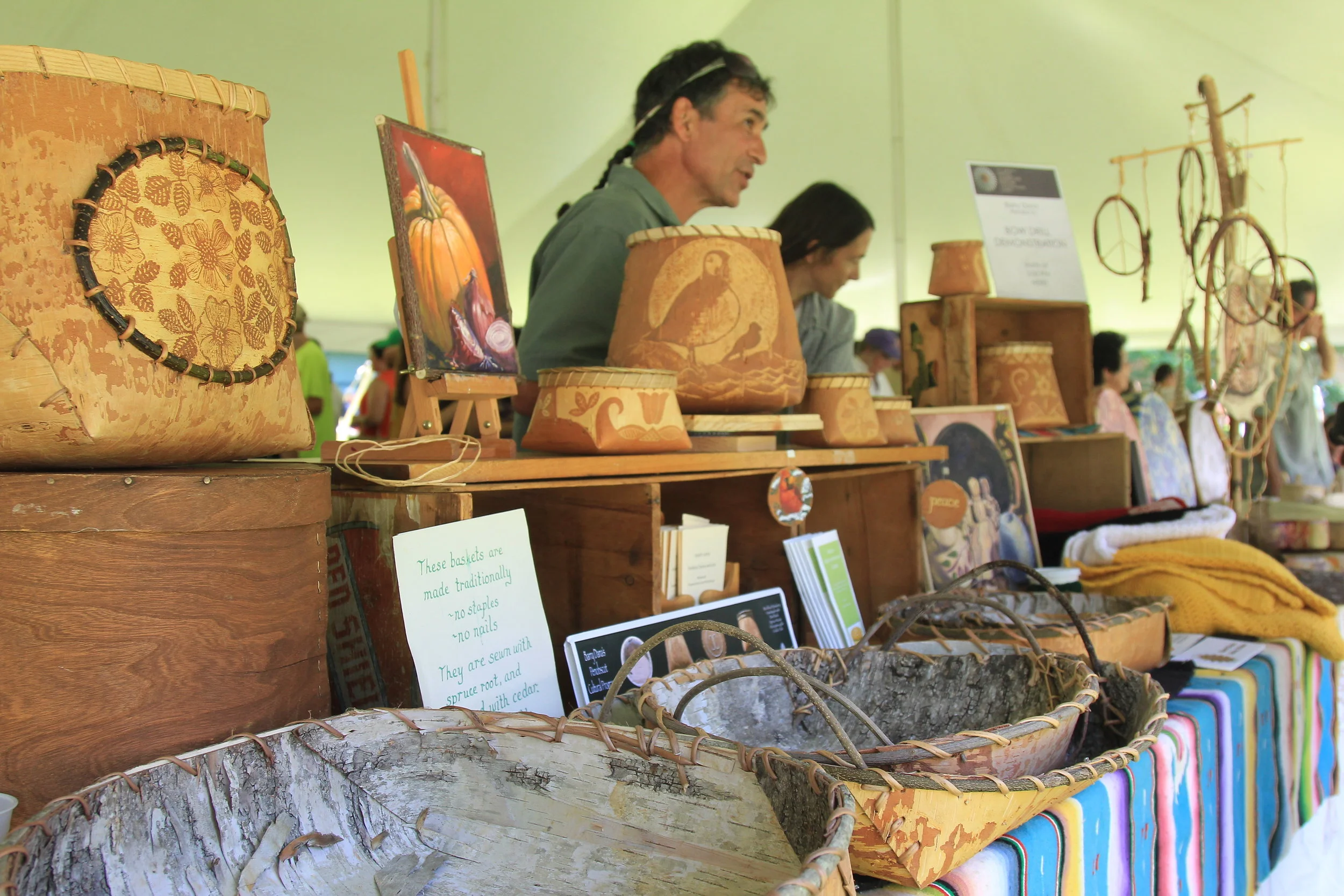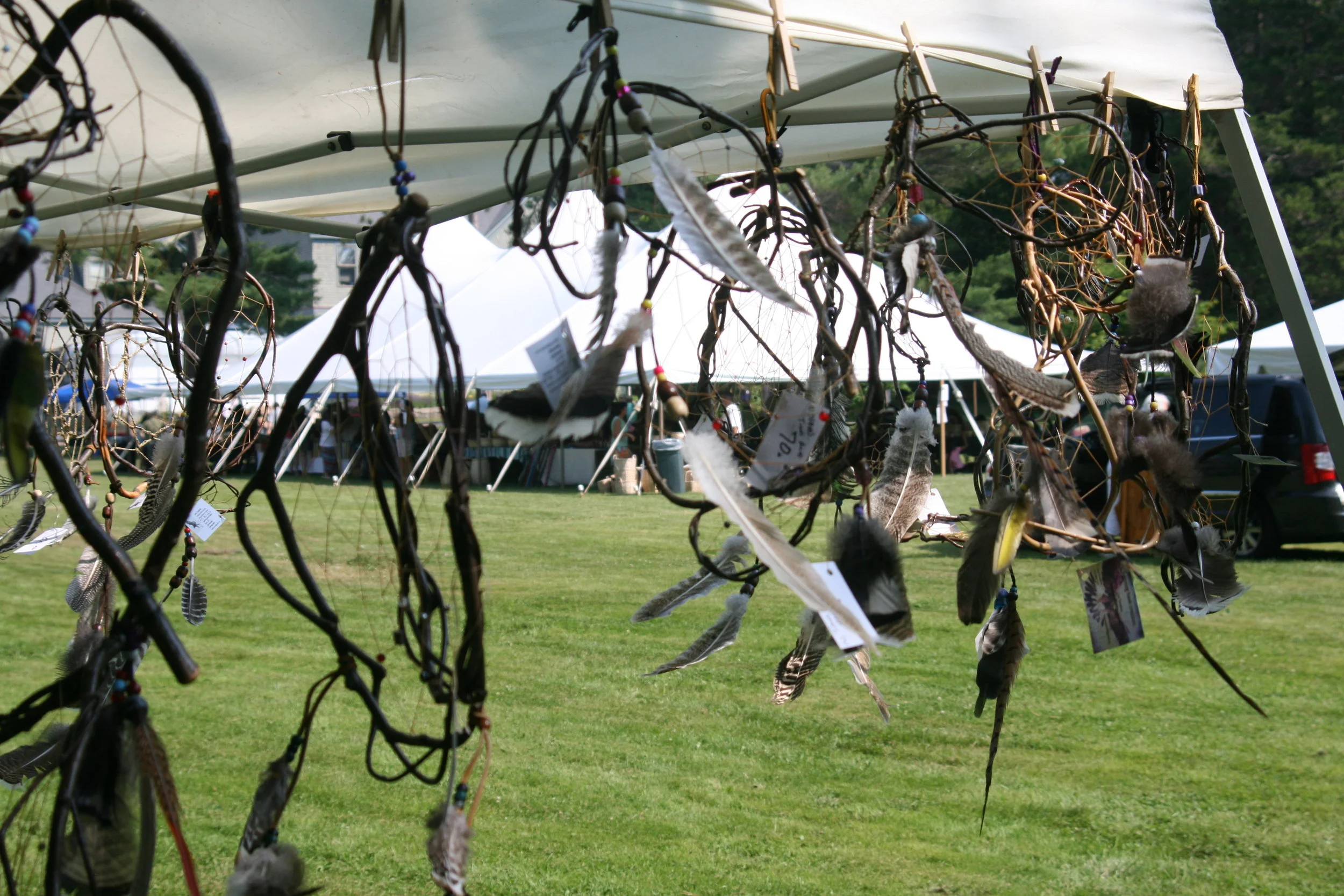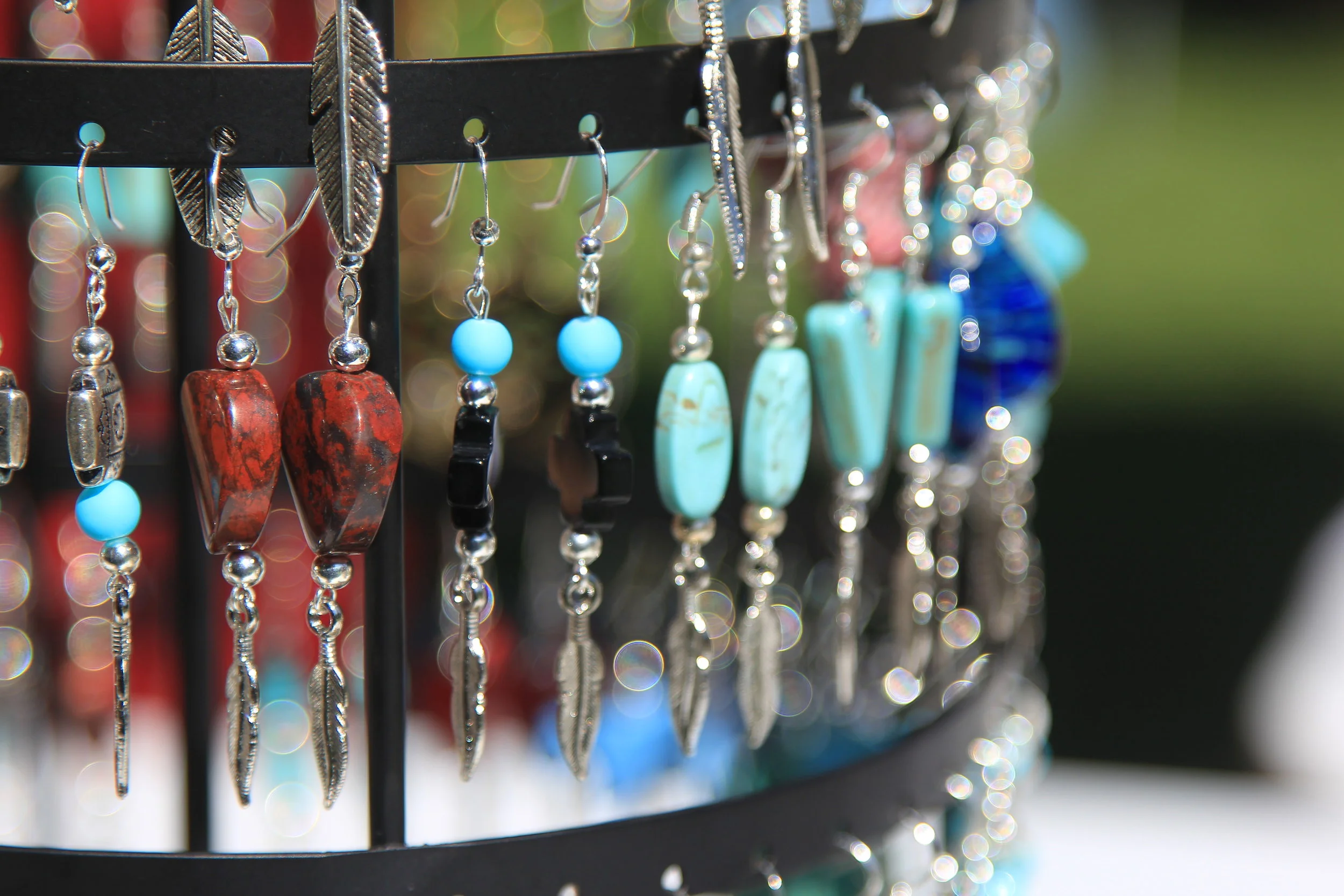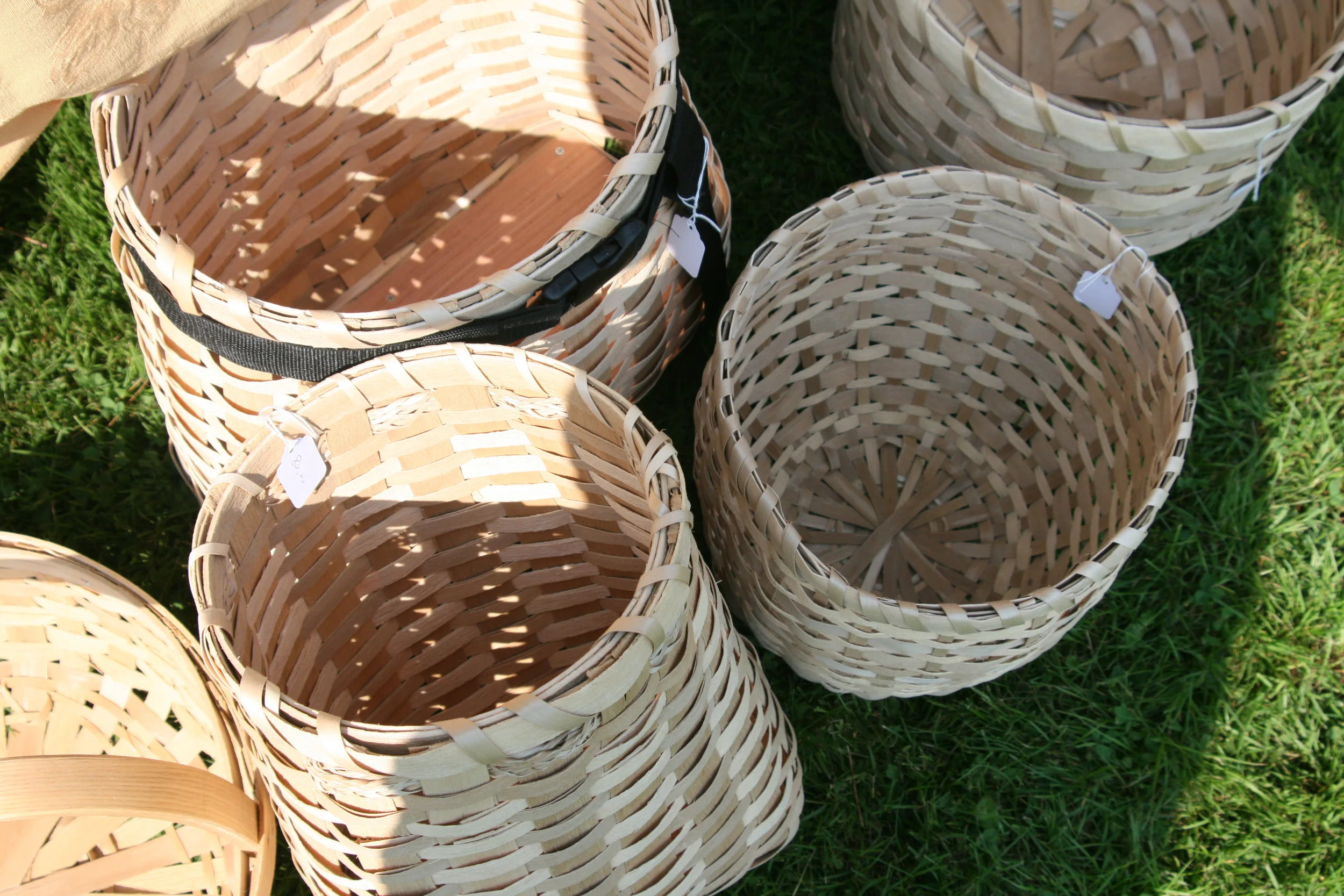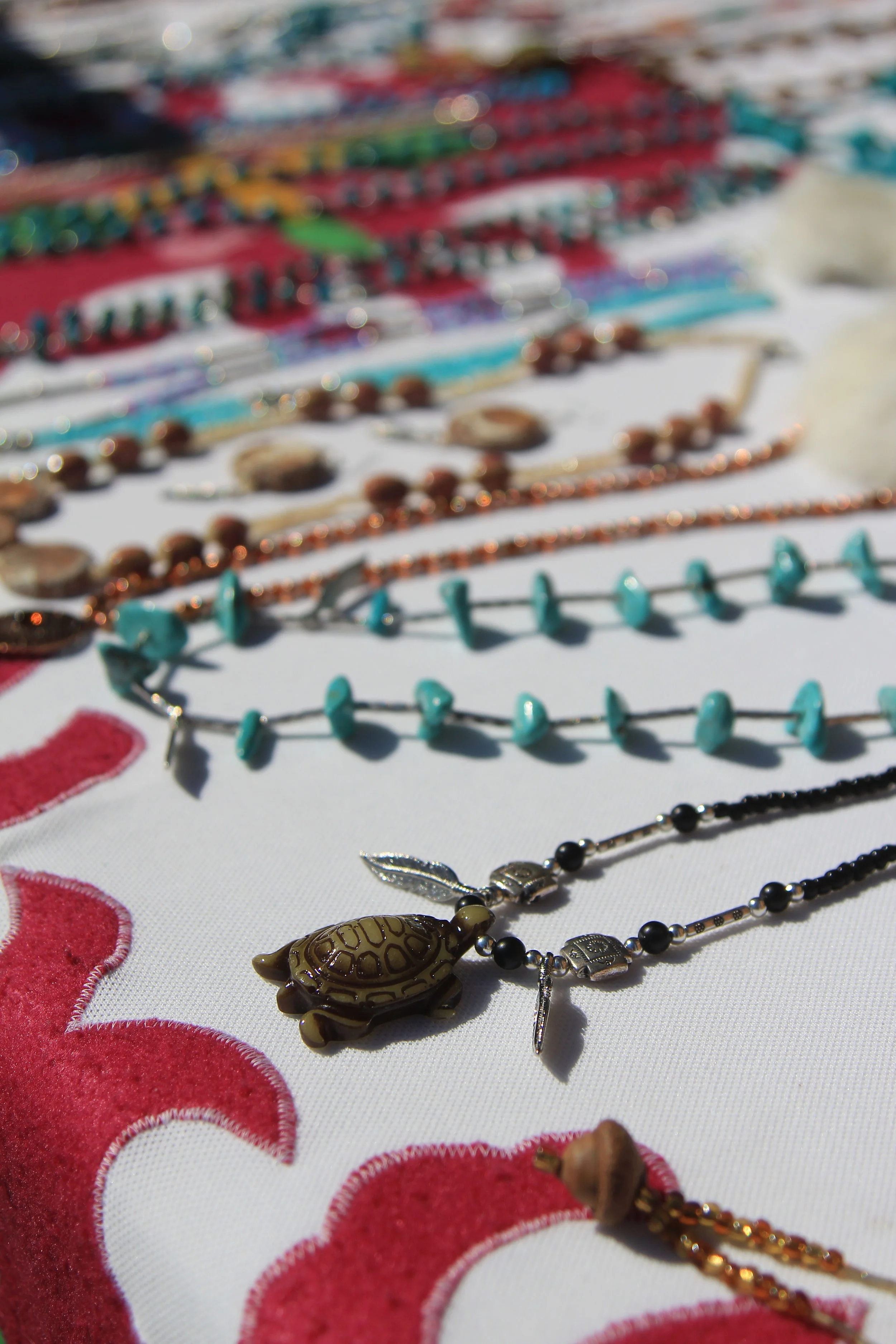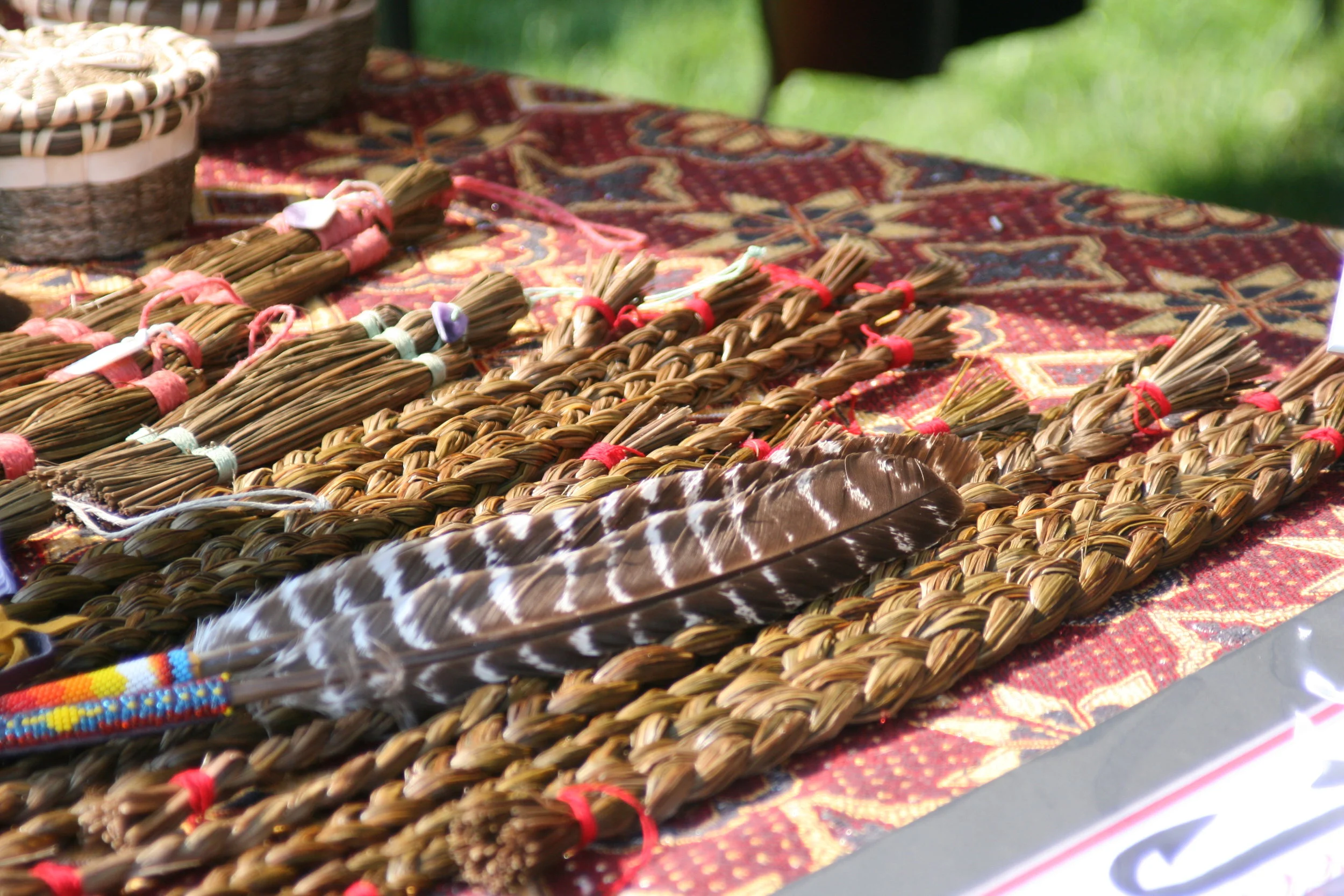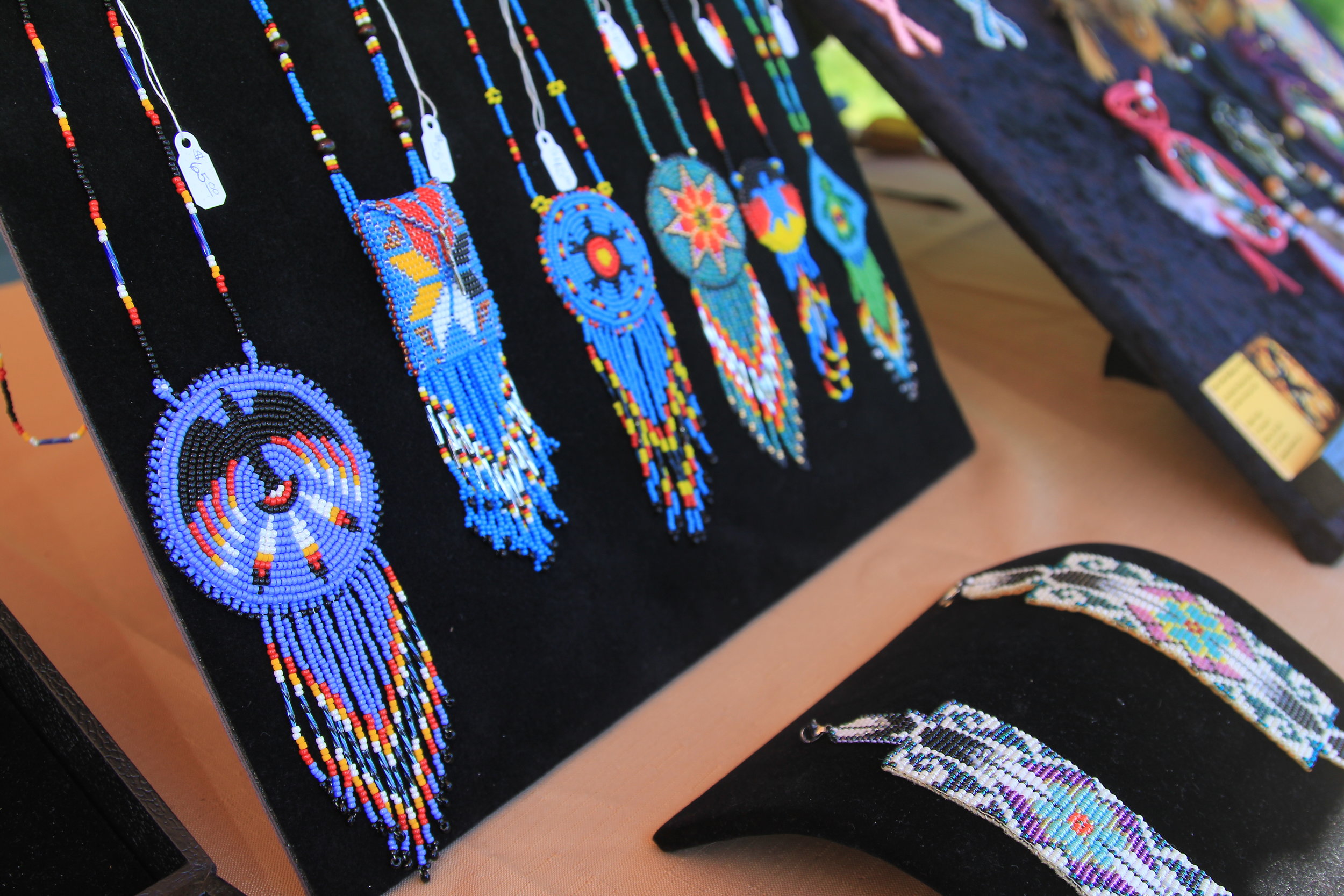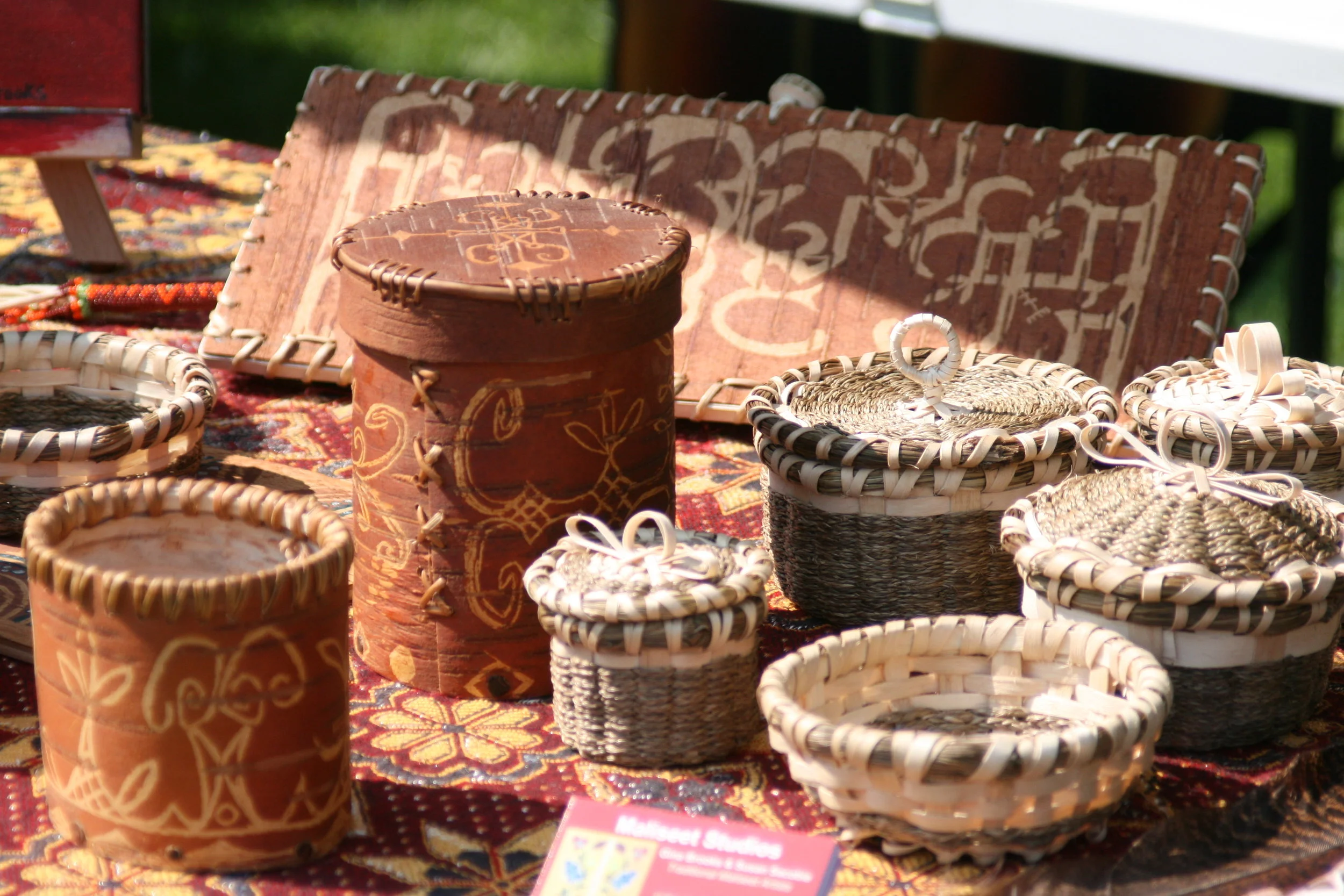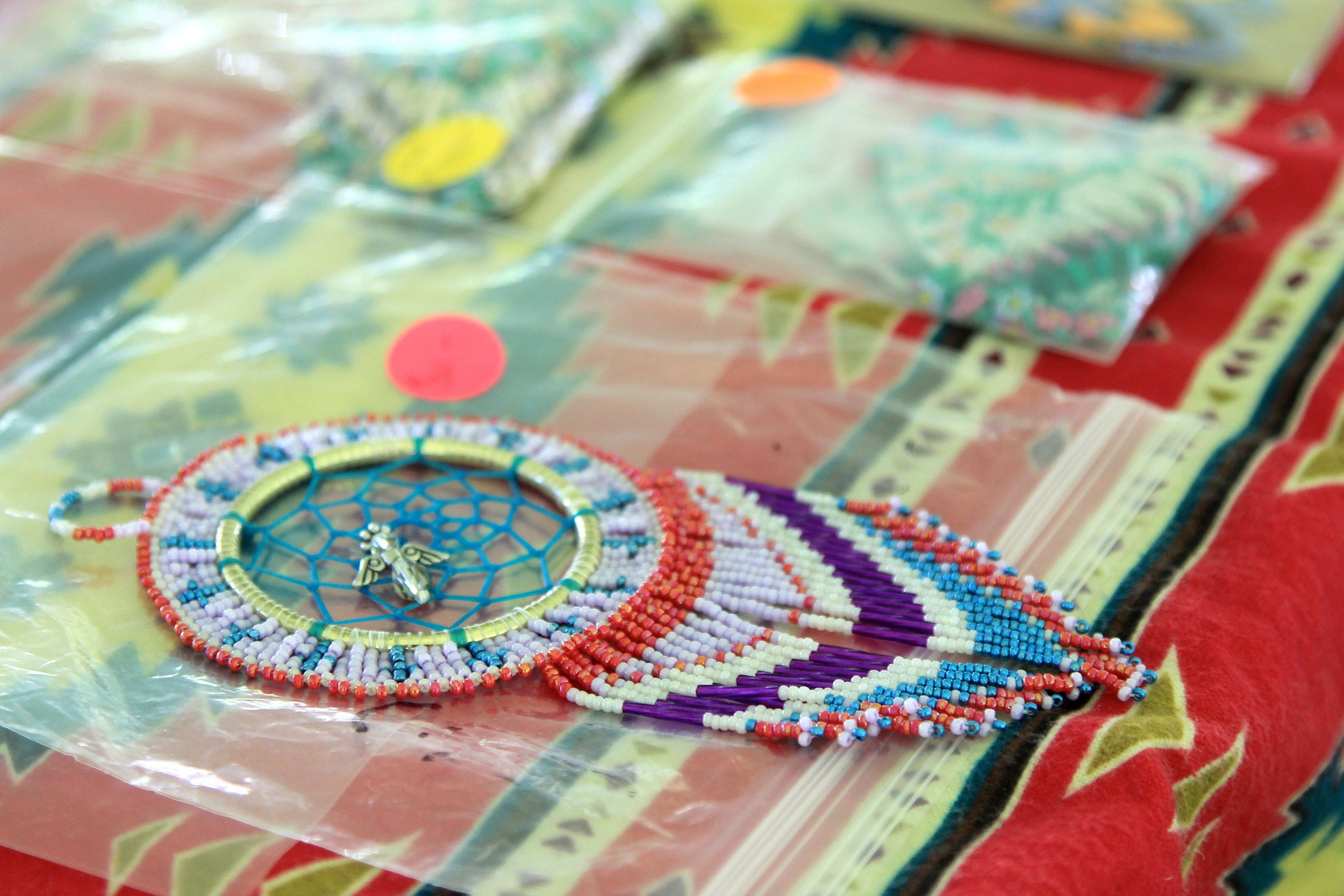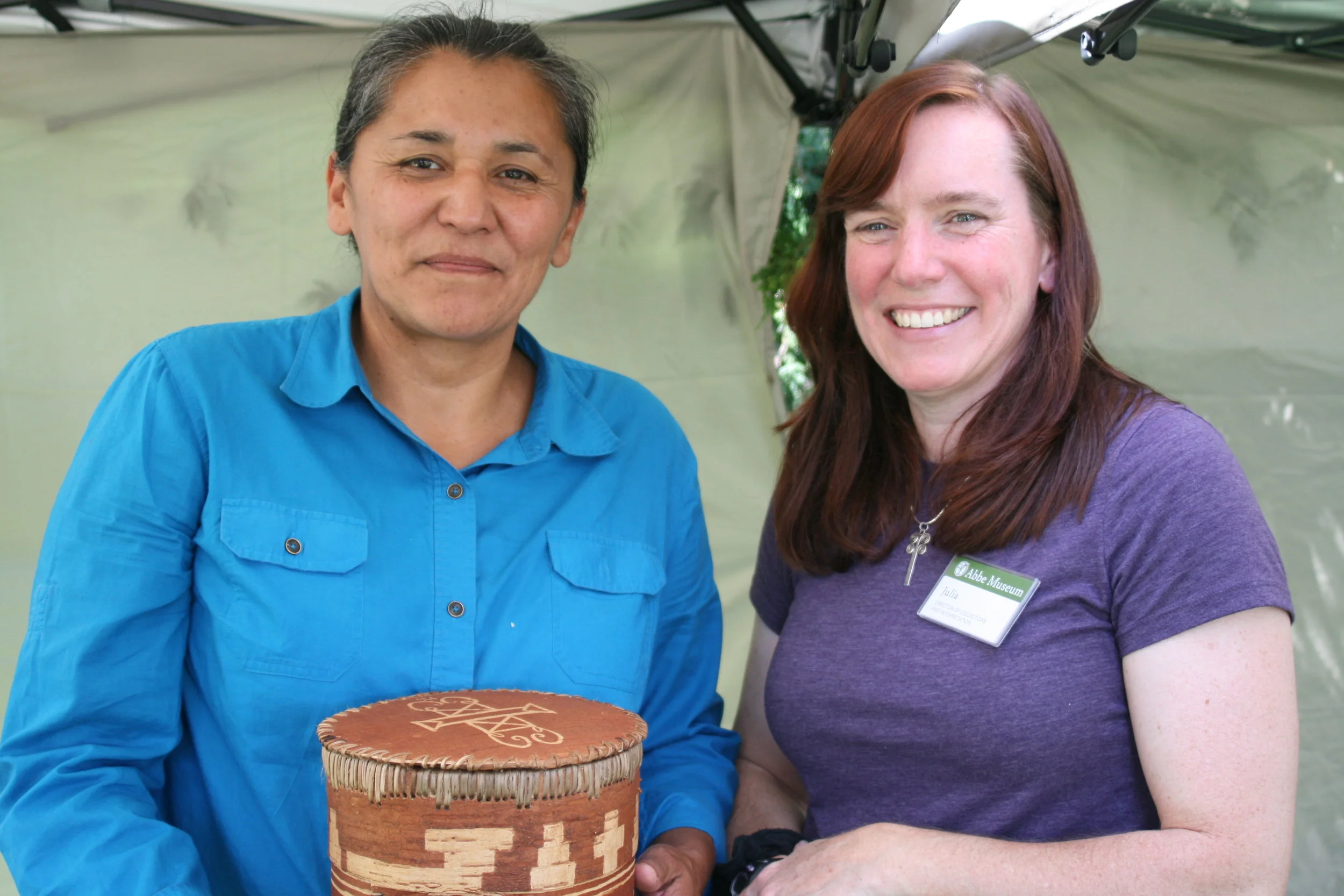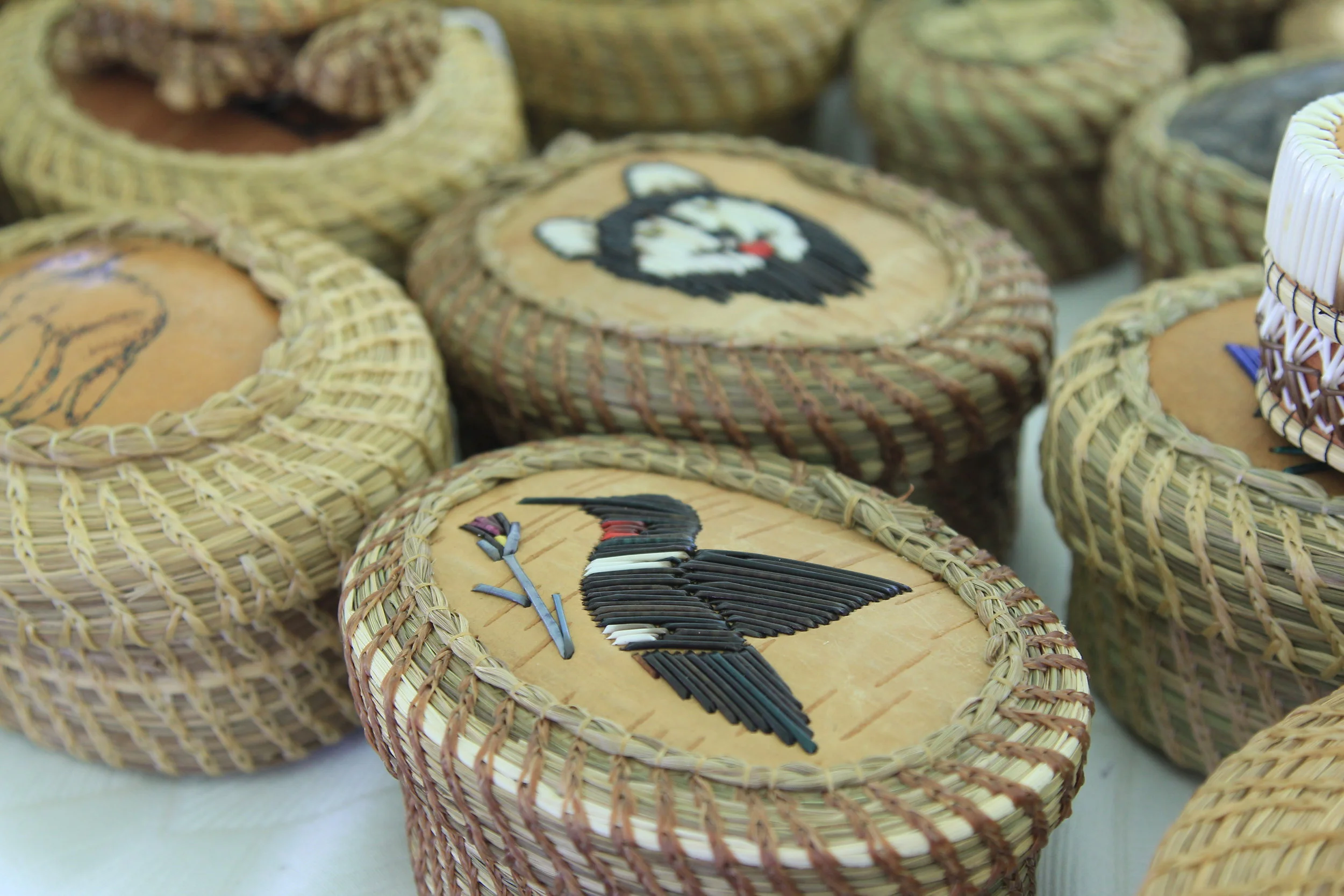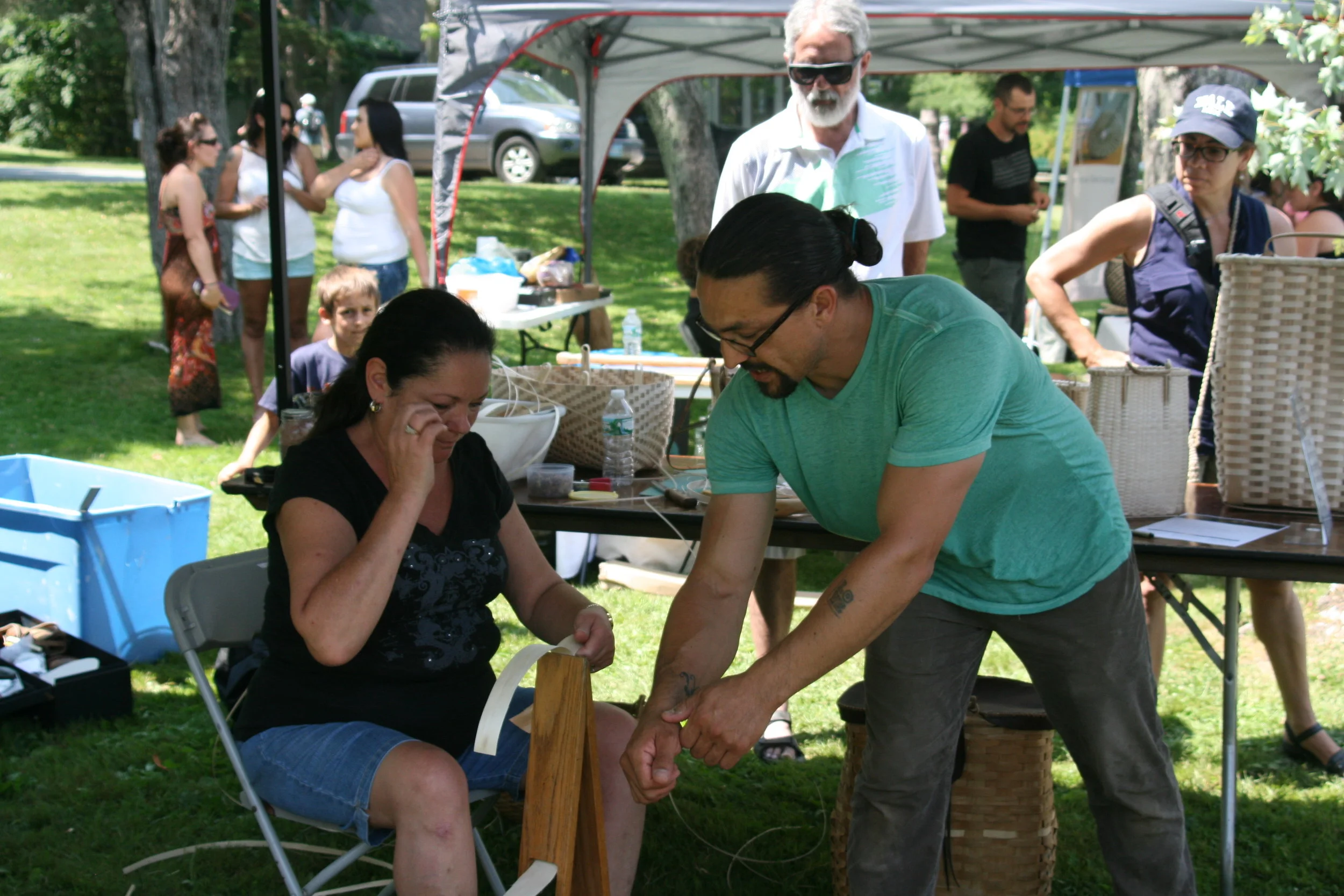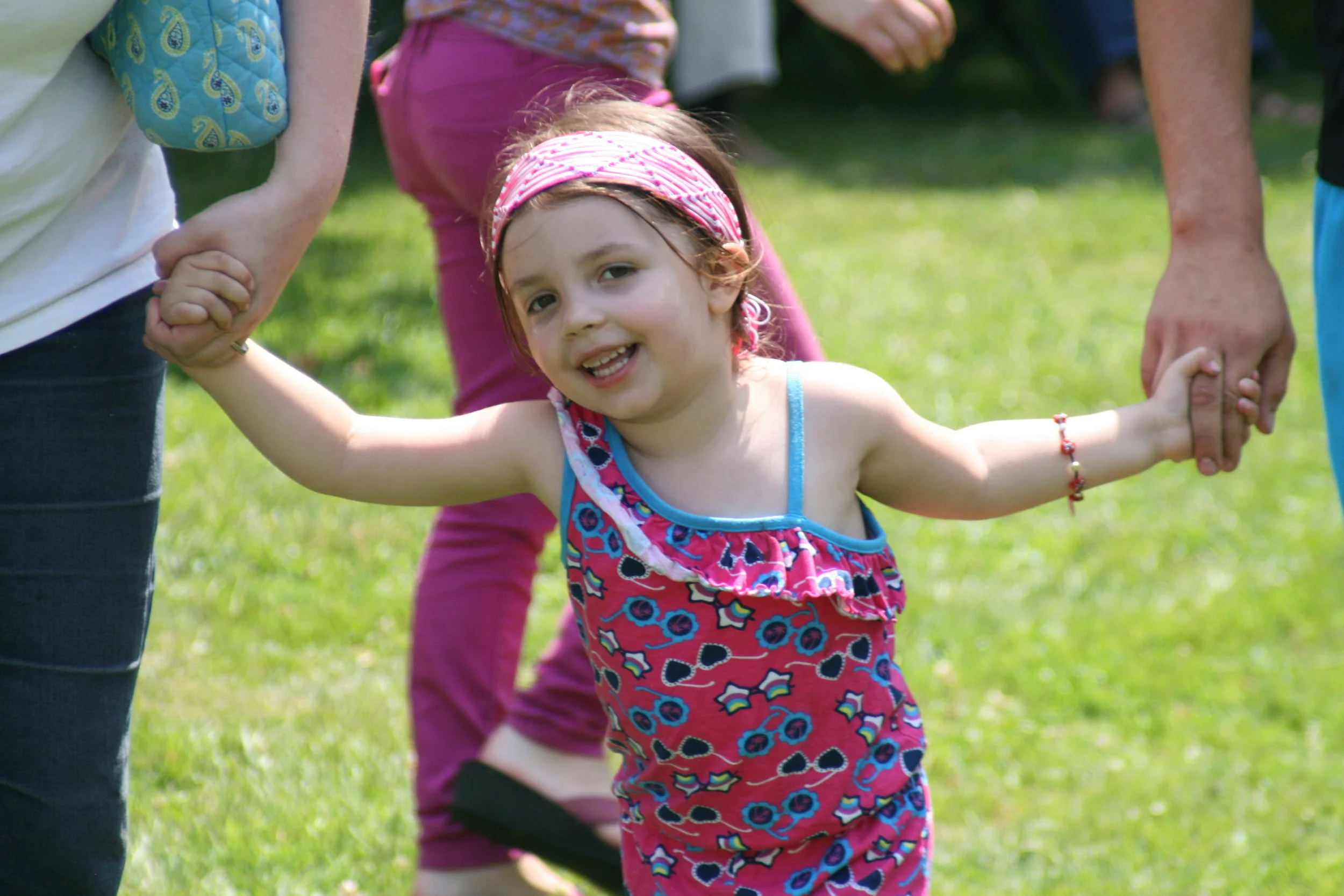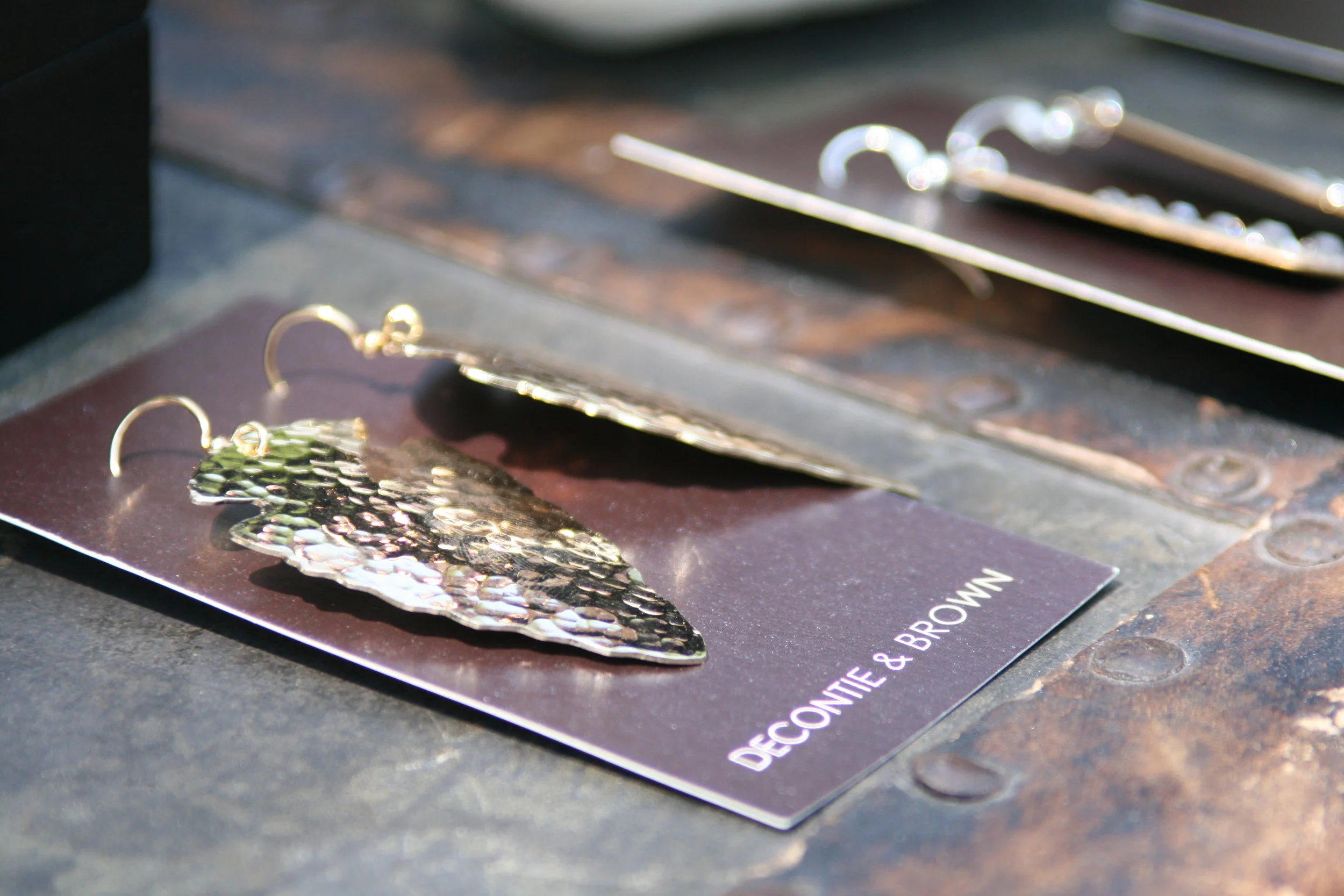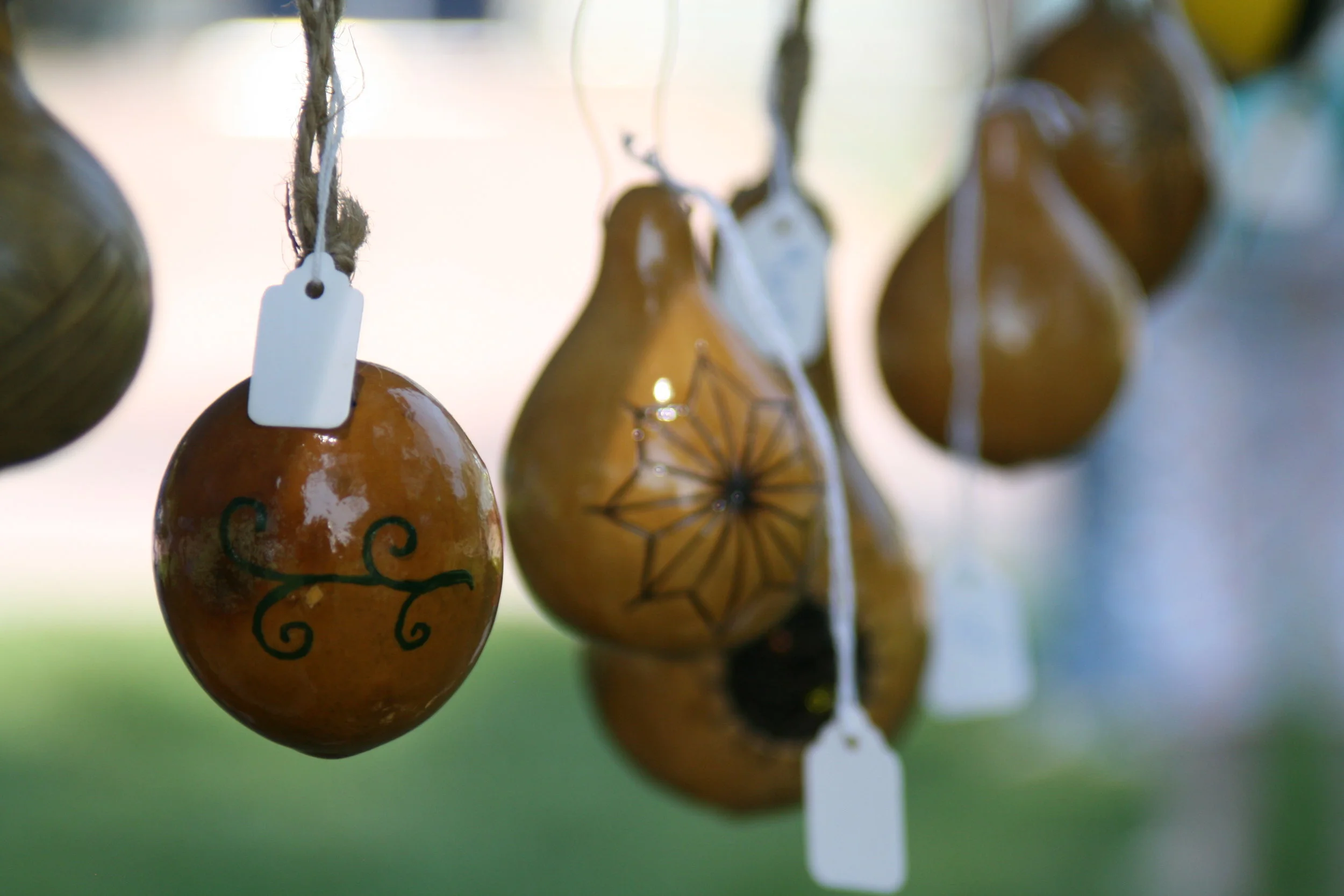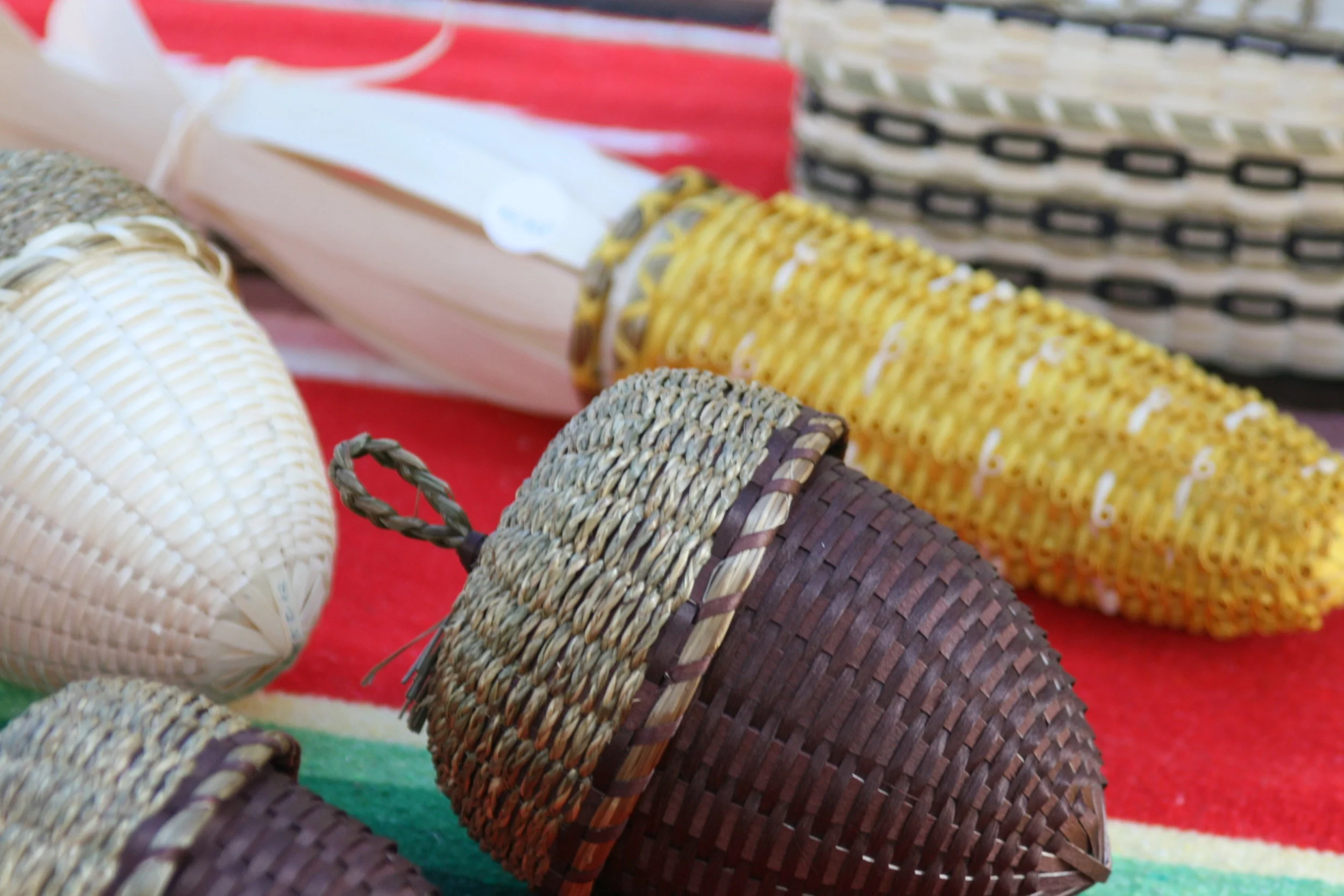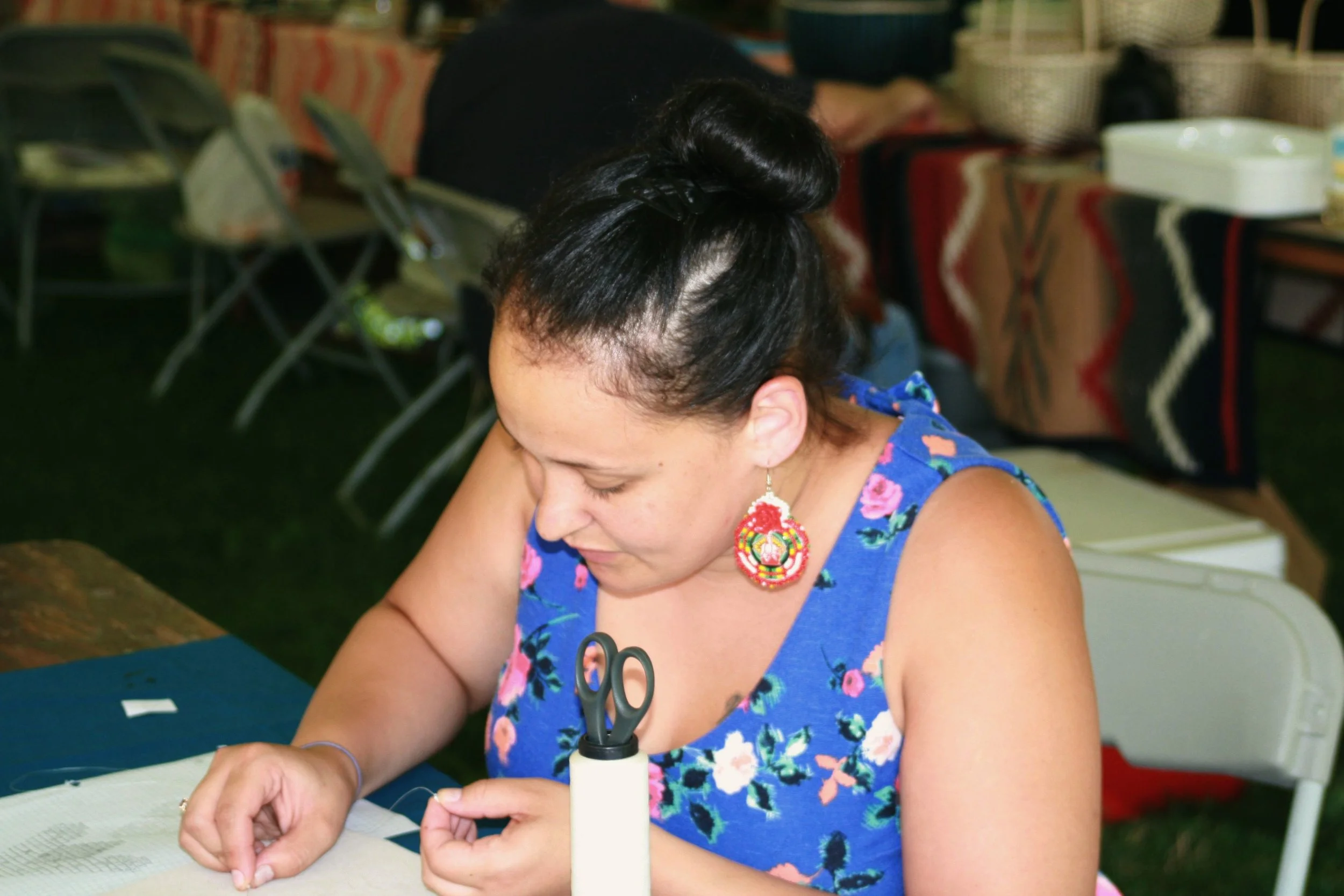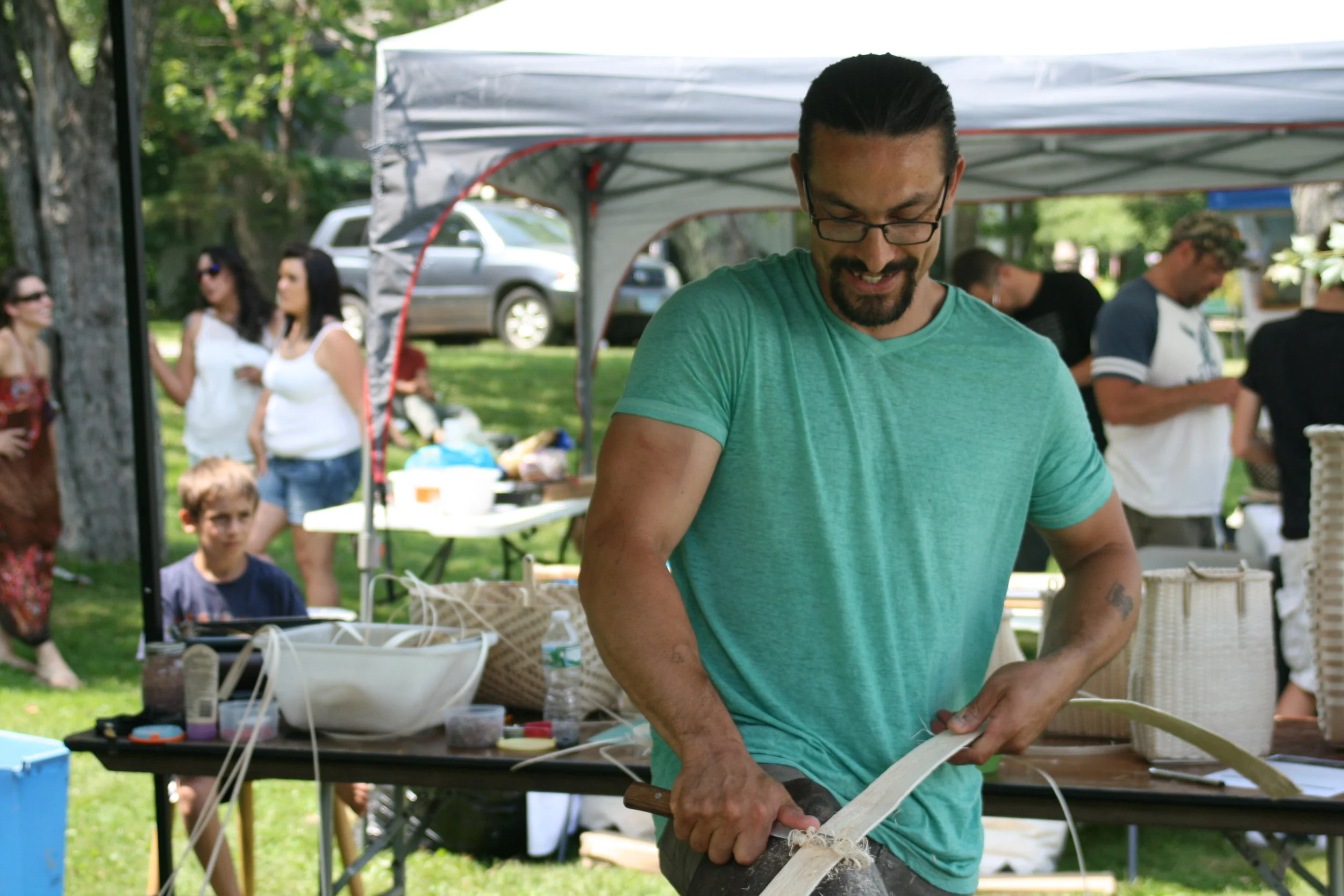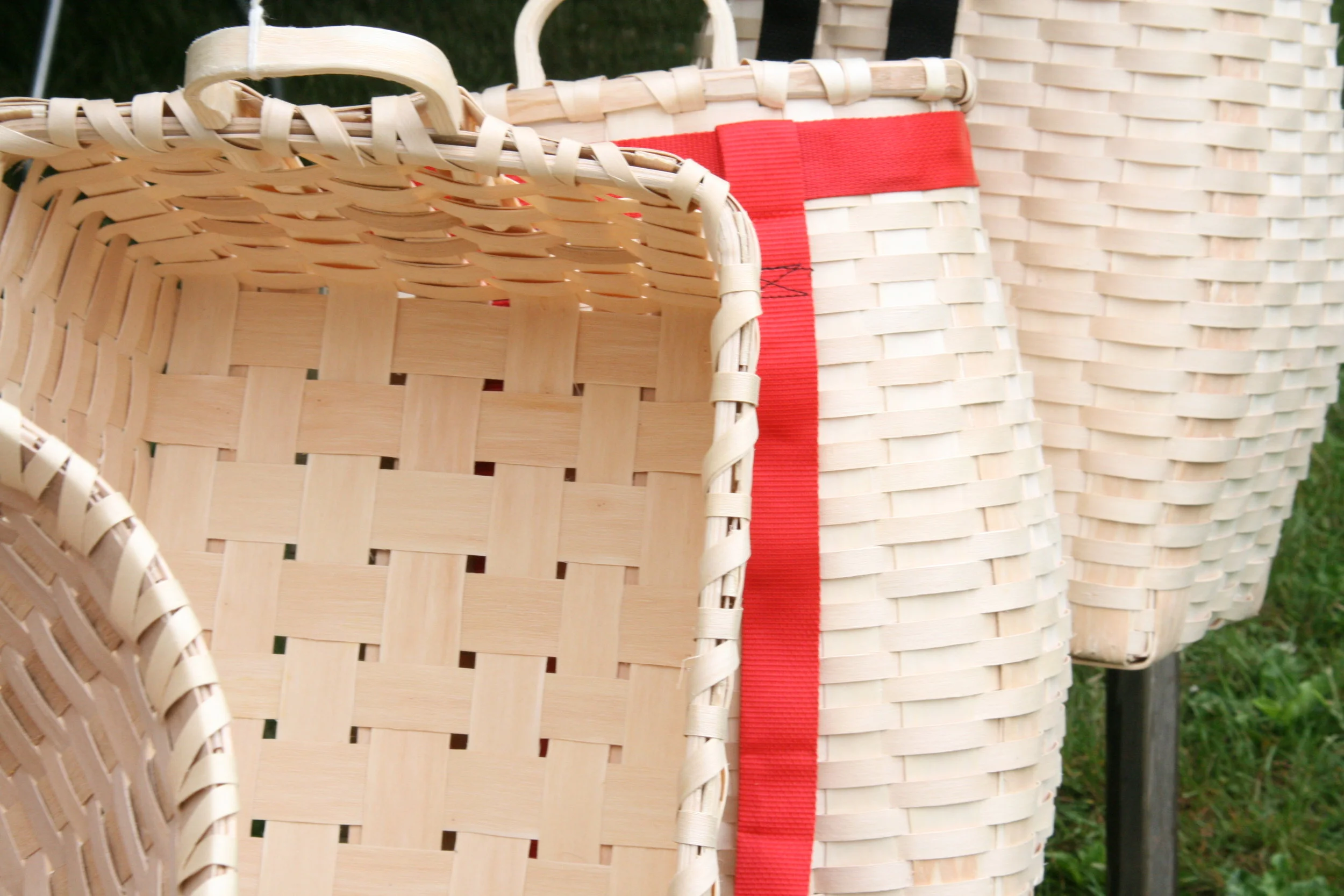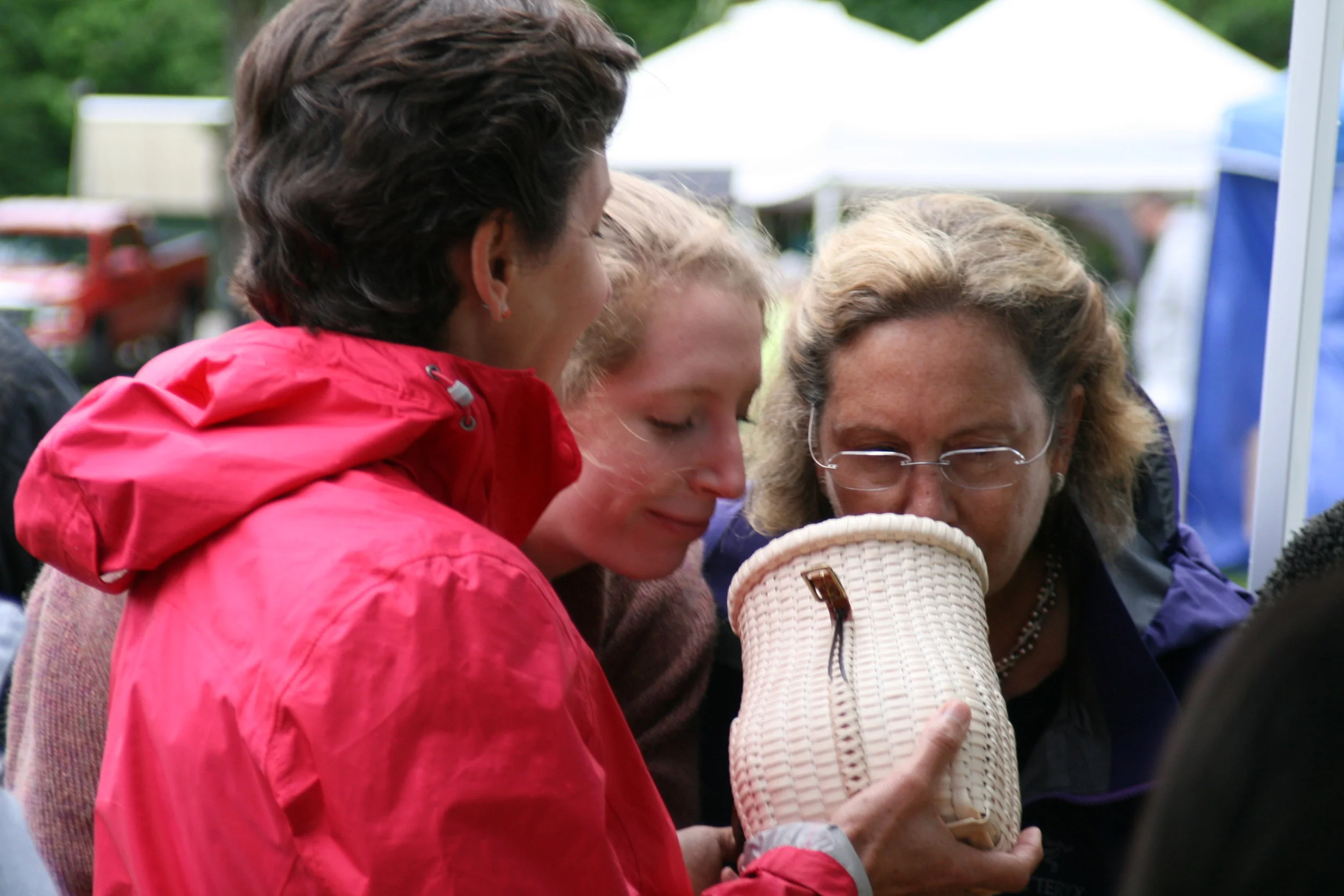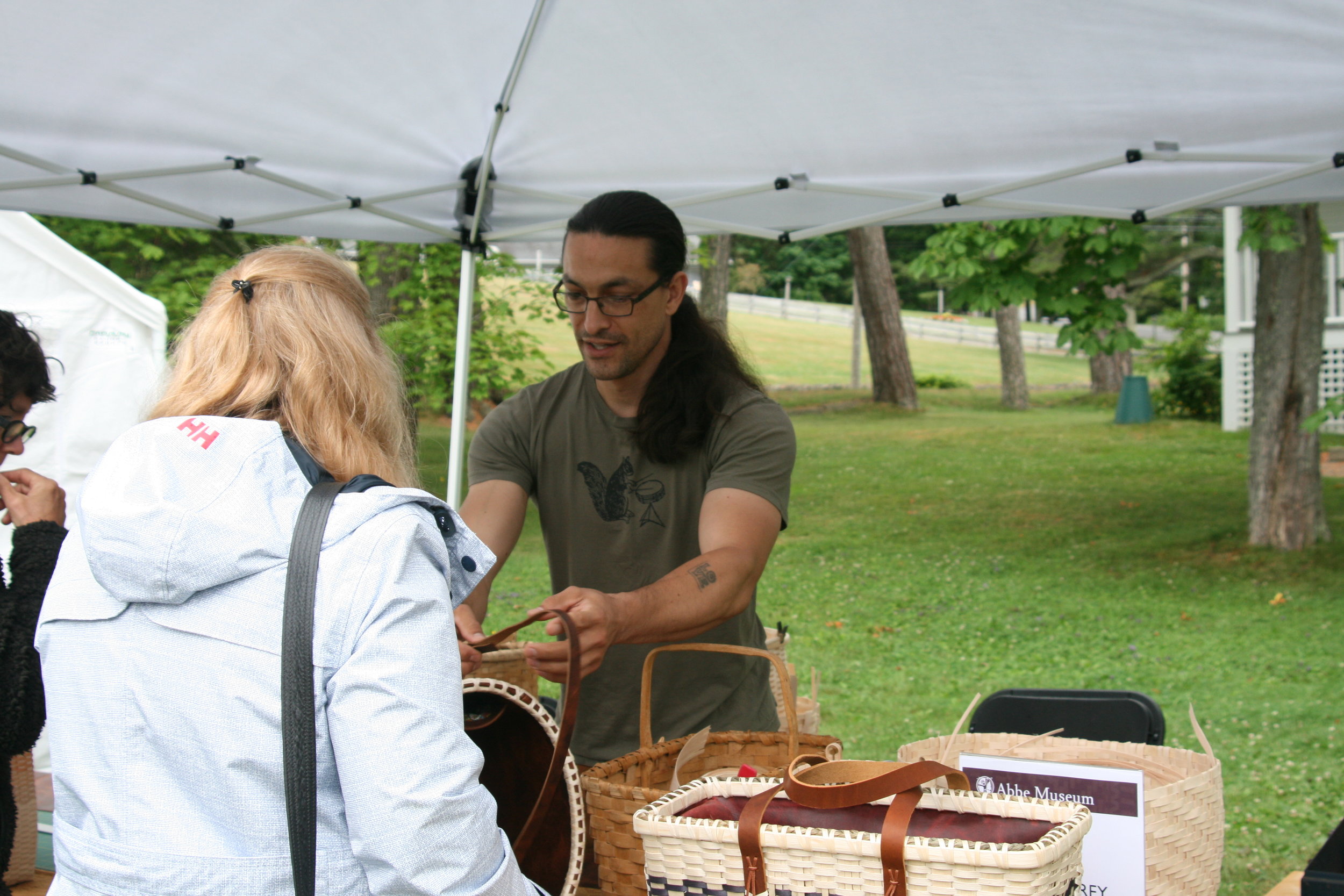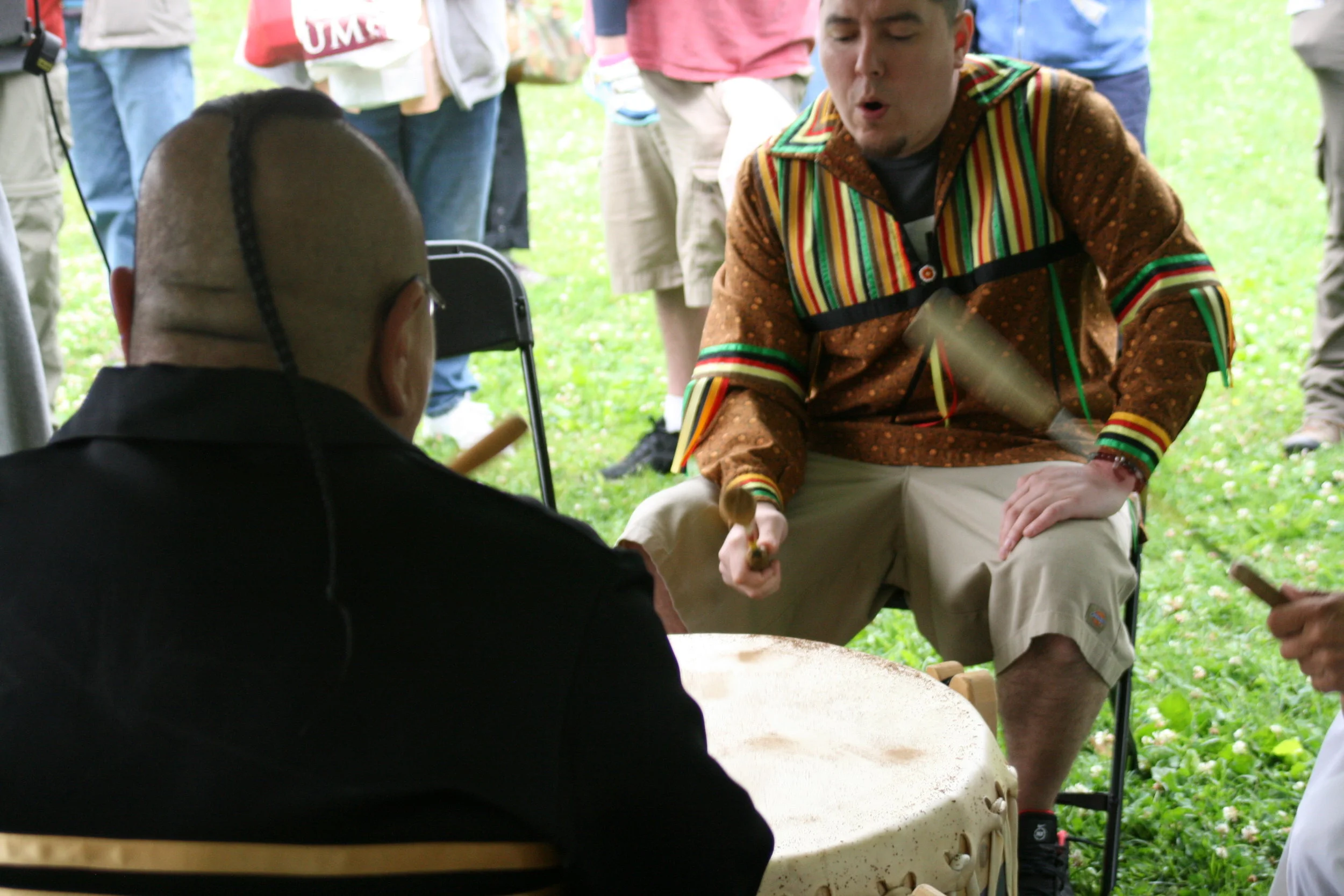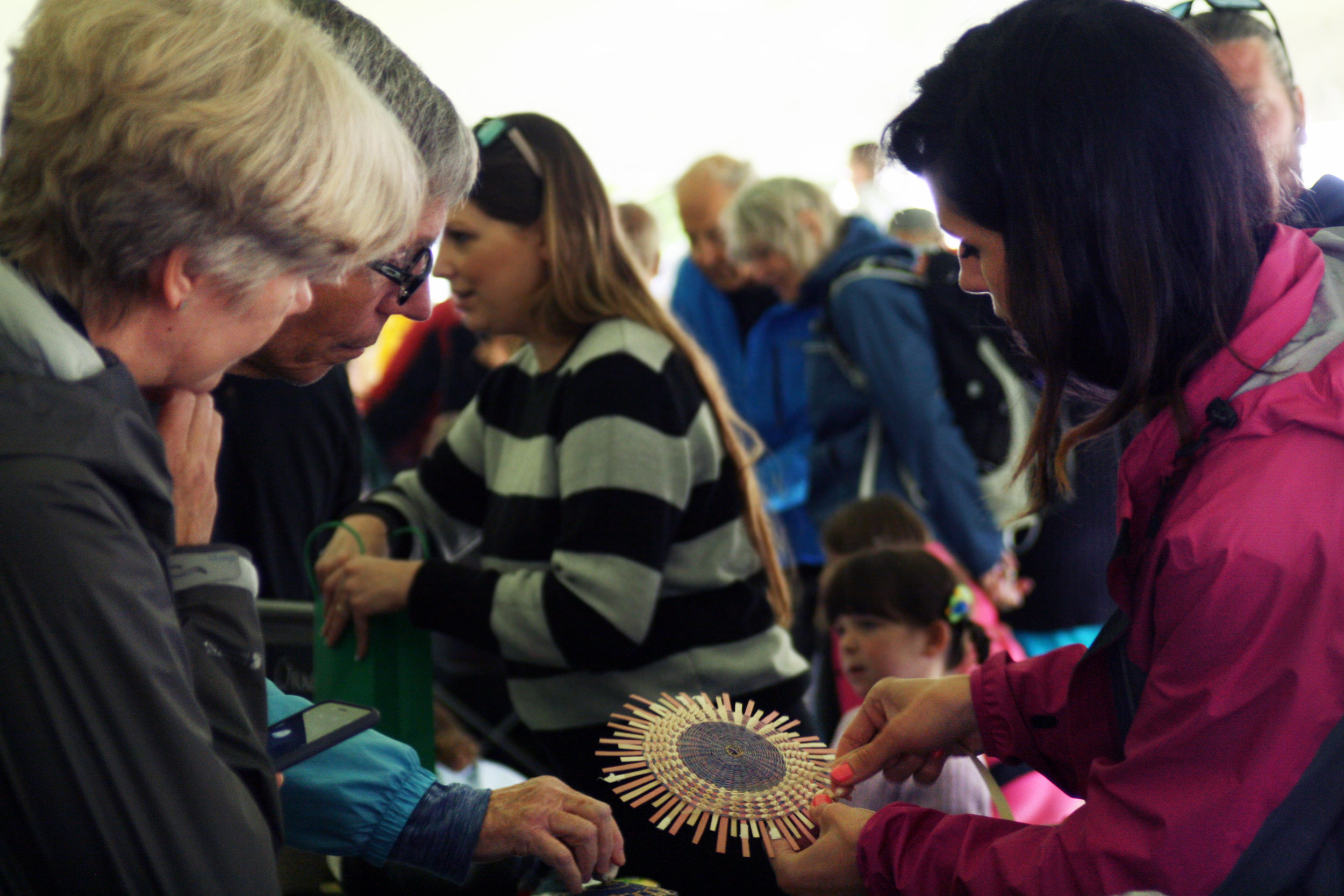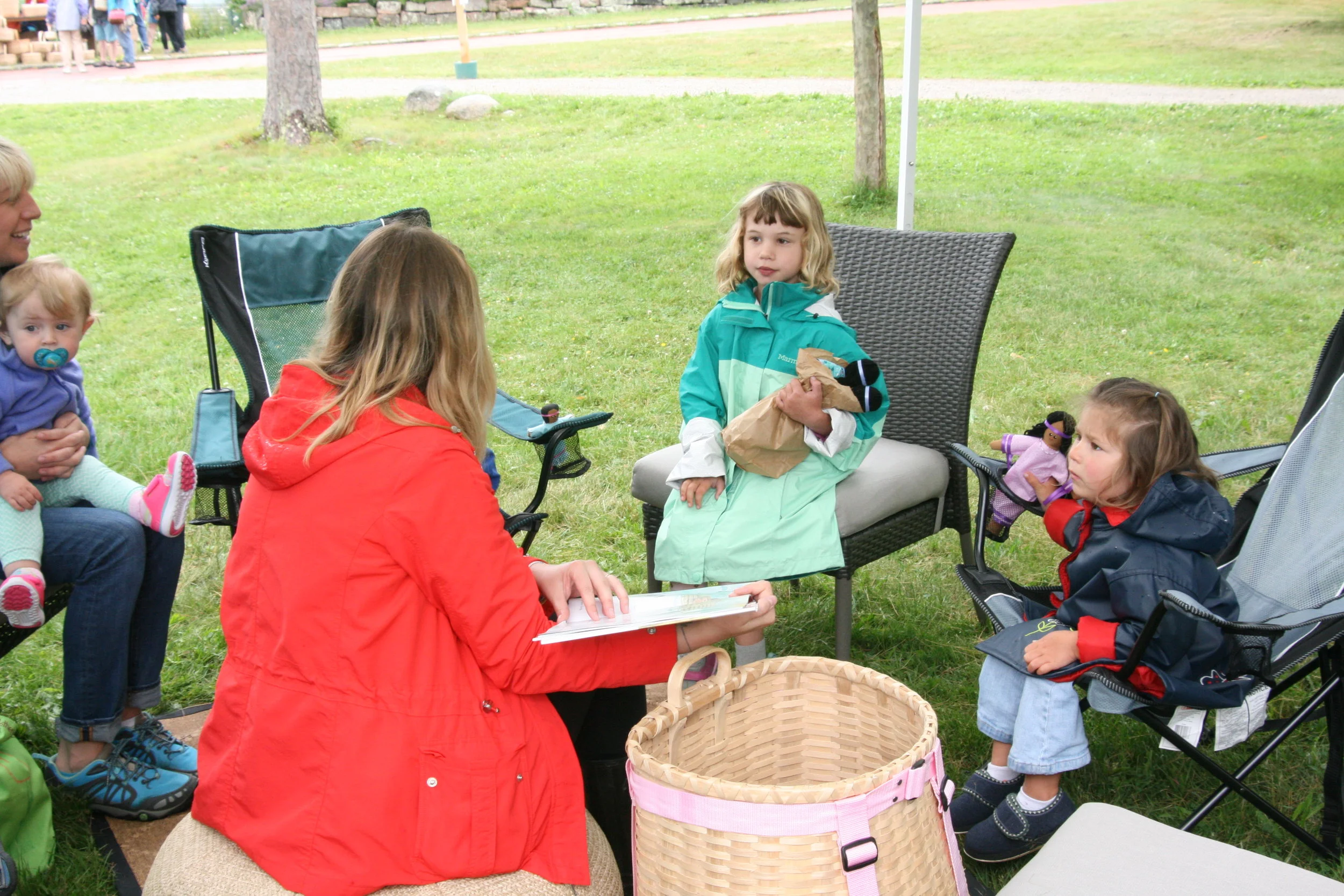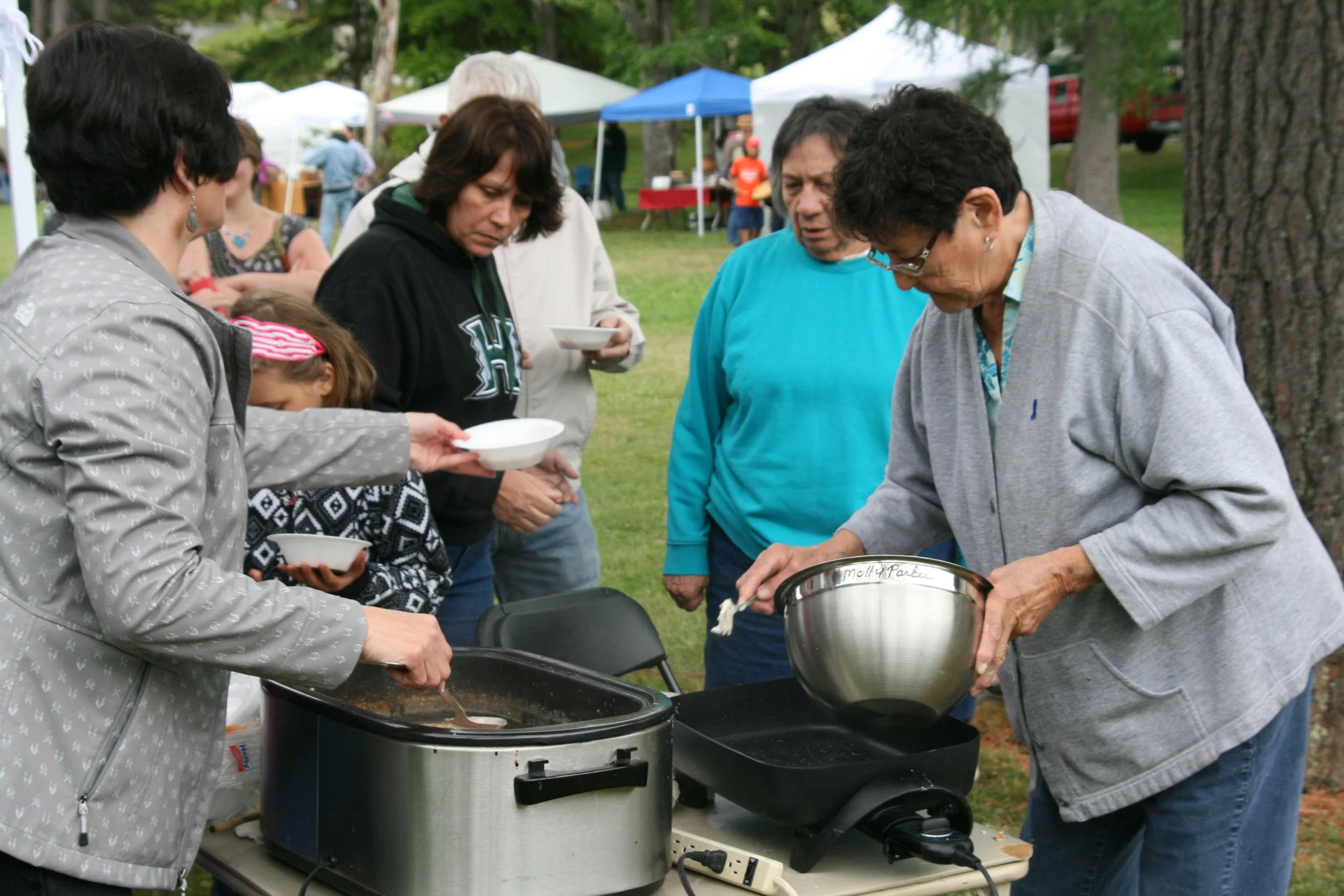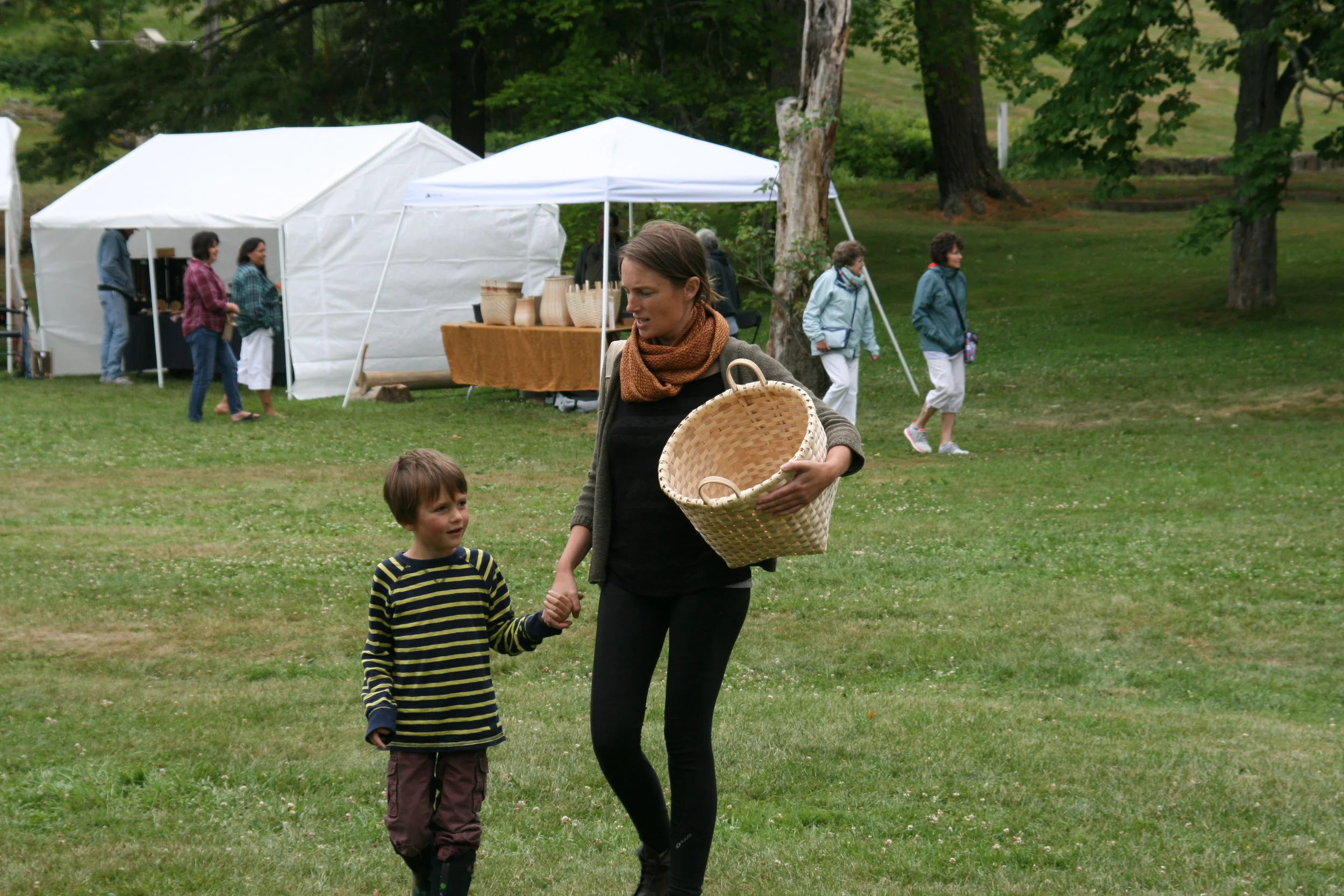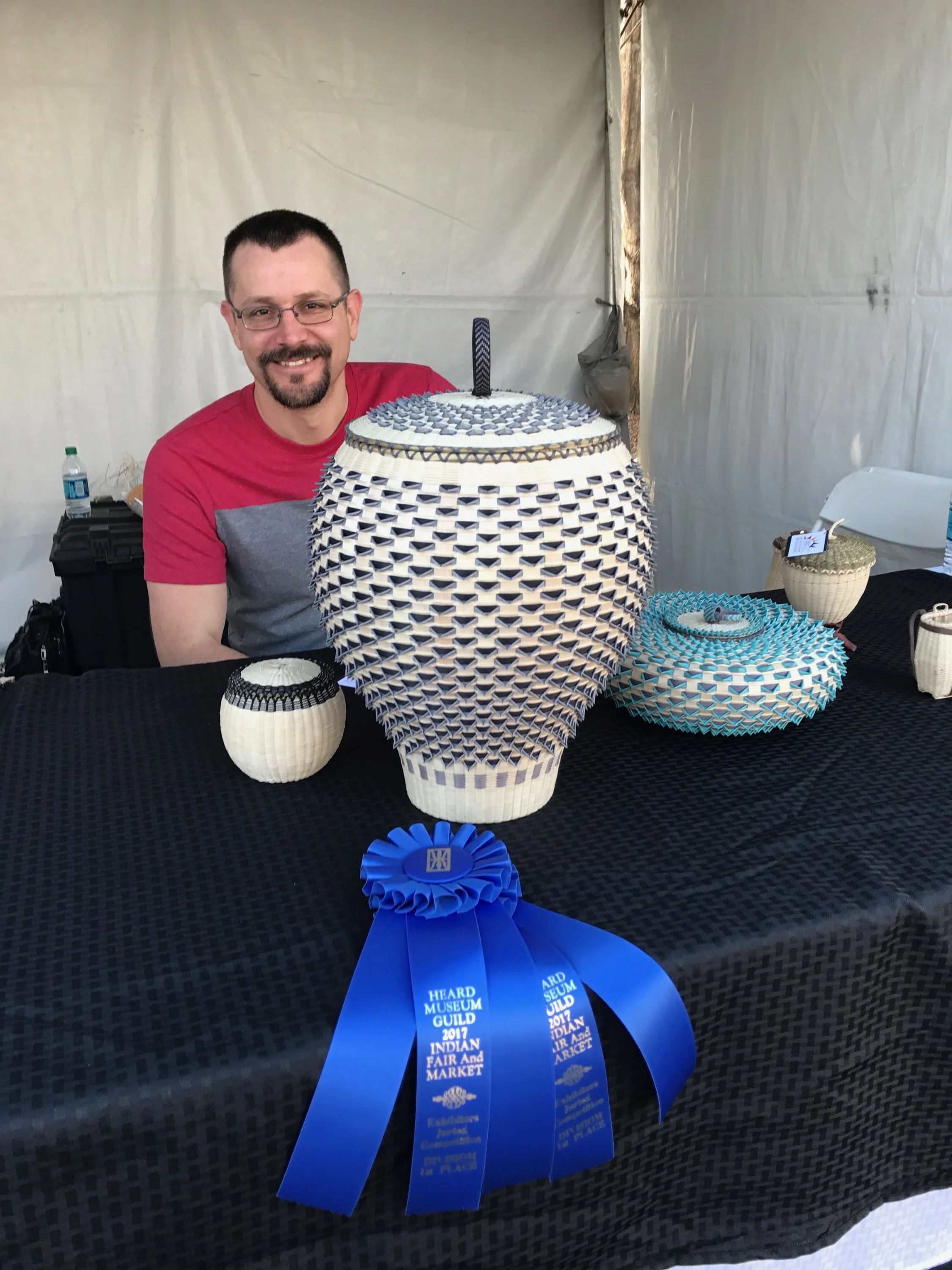NOTE: Archaeologists and geologists work with physical evidence that indicates that people first arrived in what is now Maine following the retreat of the Laurentide Ice Sheet around 13,000 years ago. Wabanaki oral traditions indicate that the People of the First Light were created here in their homeland, and have been here since time immemorial. Together these perspectives offer a fuller, more complete story of Wabanaki history. – Julia Gray, Abbe Museum Director of Collections & Research
By Bill Haviland, Abbe Museum Trustee
Previously published by Island Ad-Vantages, November 29, 2012
When the first human inhabitants arrived on the coast of Maine conditions were far different than they are today. With water from melting glaciers pouring into the oceans, sea levels rose dramatically and salt water moved in to submerge much of the Penobscot region as far inland as Medway. Relieved of the weight of the ice, once over a mile thick, the land also began to rise, slowly at first, but eventually outstripping the rate of sea level rise. By 11,500 years ago, by which time people were living in the region, sea levels reached their lowest point relative to the land, some 60 meters below where they are today. As a consequence, shorelines were up to 20 km seaward of their present location. Then, a combination of coastal subsidence, with continued sea level rise, caused the renewal of coastal flooding. By about 8,000 years ago, rising waters in what is now Blue Hill Bay drowned a large freshwater lake and wetlands as shorelines continued to shift towards their present locations. Even today the process continues, as sea levels are still on the rise relative to the land.
The people who came to inhabit this coastal region were not just confronted with continuously changing landscapes, but changing resources as well. On the land, tundra-like conditions gave way to more mixed vegetation as scattered growths of spruce, fir, larch, and birch took root in a countryside otherwise covered by grasses, herbs, sedges, willows, and alder. Over time, the woodlands expanded, and by 8,000 years ago forests had taken on some of the characteristics of the mixed deciduous-coniferous forests familiar to us today.
As the vegetation changed, so too did the animal life of the region. At first, caribou, musk, ox, and mammoths grazed the countryside, but as forests developed, other animals moved in. These included mastodons, the moose-elk (now extinct, like the mastodon), and woodland caribou. Some of these species, like the mammoth and mastodon, were impressively large. Other so-called megafauna included the moose-elk, beavers six and a half feet long, and bears the size of modern Kodiak bears. Ultimately, the large animals became extinct, and others, such as the musk ox and caribou moved north. By 7,000 years ago, they were replaced by the woodland caribou, moose, beaver and the other species that inhabit the Maine woods today. None- not even the moose- are as large as their gigantic predecessors.
All of these changes had profound implications for the people living in the region, who had to adapt as old resources disappeared and new ones became available. As elders passed on their knowledge and experiences to their grandchildren, we would expect that some recollection of these changes would become embedded in oral traditions, maintained over many generations. This brings us to the Gluskabe (see footnote) stories, told and retold over countless generations of Wabanaki people.
Gluskabe was a larger-than-life being, a culture hero who transformed the landscape in ways that made it more fit for human habitation. Raised as an orphan by his Grandmother Woodchuck, he had many adventures in the course of which he left his mark on the land. In our region, prints of his snowshoes can be seen in white streaks in the rock near Dice Head in Castine. These were made as he chased a calf moose from up river. The moose’s rump may be seen on Cape Rosier, its liver at the head of the Reach (Thrumcap Ledge), where it marks two canoe portage routes across the cape, and its entrails (thrown to Gluskabe’s dog) on Isleboro, where a vein of white quartz marks another canoe passage.
Other exploits of Gluskabe were the modification of the force of winter, taming of the more severe rapids, reduction of the size of giant animals, and release of the waters of Penobscot River. Could these be stories created to “explain” events that people witnessed at the end of the Ice Age? An analogy from the Judeo-Christian tradition would be the biblical story of the great flood.
One of the Gluskabe stories explains how the moose was reduced to its modern size, as well as other features of the animal’s appearance. It goes like this:
Originally the moose was much larger than today and went around bragging about his colossal strength. One day, Gluskabe said to Moose: “Strong as you are, I bet I am just as strong”.
At this, the moose scoffed and challenged Gluskabe to prove it. “Ok,” said Gluskabe, “here’s what we’ll do. I will lean my hand on your face, and you will see if you can push me backward.” The moose agreed, so Gluskabe extended his arm, with his hand on the moose’s face, leaned on it, and said, “Do your best, Moose.” So the moose pushed and pushed, but Gluskabe could not be budged. What’s more, the harder Moose pushed the shorter his body got as his body was compressed. Finally Moose, now very much smaller than before, had to admit defeat. And to this day, if you look at a moose sideways, you will see that his face is bent, where Gluskabe rested his hand.
Could this story and others like it, contain a distant memory of the Ice Age megafauna? As for the transformation of the landscape, the end of the last glaciation saw the creation of huge lakes of meltwater backed up in valleys behind dams of debris left by the retreating ice sheets. Ultimately, these dams were breached, releasing torrents of water. Could this phenomenon lie behind the story of how the Penobscot River was created? In this story, a giant frog impounded the river’s water and would allow people to have none. After defeating the giant frog (and making him smaller), Gluskabe opened the dam, releasing the water.
Footnote
If you spend any time reading and learning about Wabanaki oral traditions, you will quickly discover that there are many spellings used for the lead character in many of these stories. Other spellings include Kluskap, Glooscap, Koluskap, Gluskap, and Glooskap. This variety reflects the process French and English-speaking writers and researchers used to create written versions of a word that had previously only been passed along through oral traditions. Even today, several of these spellings are used regularly by Wabanaki people.
About the Author
Dr. Bill Haviland is Professor Emeritus at the University of Vermont, where he founded the Department of Anthropology and taught for thirty-two years. He is a leader in his field and has written numerous research articles and books and lectured on such diverse topics as ancient Maya settlement patterns, social organization, skeletal remains, gender and graffiti in Tikal, and the culture history and present situation of Abenaki Indians in Vermont. Bill is now retired from teaching and continues research, writing, and lecturing from the coast of Maine. His most recent books are At the Place of the Lobsters and Crabs: Indian People and Deer Isle Maine 1605-2005 (2009) and Canoe Indians of Down East Maine (2012).
Guest Blogger Series
Our Guest Blogger Series is written by members of the Abbe Museum's Board of Trustees, Native Advisory Council, Staff, and special guest authors. It is a place to talk about the Museum's mission and related topics. Interested in becoming a Guest Blogger? Contact the Abbe's Director of Advancement, Heather Anderson, for more details at heather@abbemuseum.org.


